Elegant Tile Border Ideas for Floors, Walls, and Bathrooms

Moderator (Journalist): Welcome, everyone! Today, we’ll be discussing an exciting and versatile design element: tile borders. We’ll explore how they can transform spaces in your home, from floors and walls to the bathroom, and we’ll dive into expert insights on trends, practical applications, and design tips. To guide us through, we’re joined by Kelly, a talented interior designer, and John, a seasoned tile expert. They’ll be answering some essential questions to help you understand how to incorporate tile borders into your next project. Let’s dive in!
What are Tile Borders, and Why are They Popular?
Interior Designer (Kelly): Thanks for having me! I’ve always believed that the details make all the difference in design, and tiling borders are an excellent example of this. They offer a subtle yet impactful way to add definition, color, or pattern to a space. Whether you’re working on tile with borders for floors, walls, or bathrooms, they provide a framing effect that can guide the eye and enhance the visual flow of a room.
Tile Expert (John): I couldn’t agree more. Tiling borders are essentially strips of tiles or mosaics placed around the edges of a room or within a field of tiles to create a design break. The great thing about tile borders for floors or walls is that they’re versatile enough to fit into any design, from minimalist to ornate. Whether it’s a simple ceramic tile border or an intricate mosaic design, these borders elevate a space by adding texture and character.
Moderator: That sounds fantastic! So, let’s get more specific. Where are the most common places homeowners and designers use tile borders?
The Most Popular Areas for Tile Borders
John: Tile borders can be used just about anywhere. The most common applications are in floor tile borders and tile wall borders. For instance, in living spaces, you often see border floor tiles framing a room. A tile floor border can help create a defined area, especially in open-concept spaces, and it can make the transition from one room to another feel seamless.
Another popular area is bathrooms. Bathroom border tiles are commonly seen around the perimeter of the bathroom floor, along the edge of the shower, or as an accent on the walls. In bathrooms, borders help to break up expansive areas of solid tiling, making the design feel more dynamic.
Kelly: That’s true. I’ve used tiles borders for bathrooms in many of my projects, and they are always a hit with clients. One popular trend right now is using a bold tile pattern on the floor with a coordinating border tile design that frames the space. This gives the bathroom a luxurious, hotel-like feel.
For example, I recently completed a bathroom where we used floor tile borders with a marble-look ceramic tile to give the floor a regal and sophisticated look. We tied it together by using matching ceramic border tiles on the shower walls as a feature strip. It’s these kinds of design choices that create a cohesive and stylish space.
Moderator: That sounds beautiful! John, from a more practical standpoint, are there certain materials or types of tiles that work best for borders in different areas?
Choosing the Right Material for Tile Borders
John: Absolutely, the material you choose for your tile borders will depend on a few factors: the room’s function, the style you’re going for, and your budget. For example, ceramic tile borders are a great all-around option. They’re durable, affordable, and come in a variety of styles and finishes. They work especially well in areas like kitchens and bathrooms, where you need something that can withstand moisture and heavy use.
For high-traffic areas like entryways or living rooms, I’d recommend something more resilient, like porcelain. Porcelain tile borders are extremely tough, and they hold up well to wear and tear. They also come in a wide range of designs, from wood-look tiles to stone-inspired styles, which makes them great for just about any room.
Now, if you’re looking for something more luxurious, you can’t go wrong with natural stone borders. Marble edging or travertine can add a sense of opulence to a space. However, these materials require a bit more care and maintenance, so keep that in mind when using them in high-moisture areas like bathrooms.
Kelly: That’s a great point, John. I often suggest marble tile borders for spaces like master bathrooms or formal dining rooms, where you want that extra touch of elegance. Marble has this timeless appeal that works well in both modern and classic designs. When paired with a simpler field tile, a marble border becomes the focal point of the room.
Design Ideas for Tile Borders in Floors
Moderator: Speaking of elegance, let’s dive into design! Could you both share some creative design ideas for using border floor tiles in living areas, kitchens, or bathrooms?
John: One of my favorite designs involves using a contrasting border floor tile around a central tile pattern. For instance, if you’re using a neutral floor tile, you could opt for a bold, patterned border floor tile to frame the room. This creates a striking contrast and gives the room a finished, polished look.
Another idea is to use tile border designs to create "zones" in an open floor plan. For example, you can use a tile floor border to define the dining area in a larger living room or to frame a seating area. This is a great way to give structure to open spaces without needing walls or dividers.
In kitchens, tile borders for floors can be used around the island or along the perimeter to add visual interest. They can also serve as a functional boundary that separates the kitchen area from adjacent rooms, especially in open layouts.
Kelly: I love using decorative tile borders in kitchens! One trend I’m seeing a lot lately is using ceramic tile borders to create a backsplash with intricate patterns or geometric designs. Pairing a simpler tile with a detailed border is a great way to add personality without overwhelming the space.
For bathrooms, I like to use floor tiles with borders ideas that draw attention to the shower or tub area. For example, using a dark tile border bathroom in a lighter-tiled bathroom can frame the shower area and make it the focal point. You can also add a border for wall tiles as a decorative accent strip to tie the look together.
Moderator: These are some fantastic ideas. It seems like tile borders not only enhance aesthetics but also help define spaces. What about trends? Have you seen any noteworthy floor tile border design trends recently?
Modern Tile Border Trends
John: Yes, absolutely. One of the biggest trends I’m seeing now is the use of geometric patterns in tile border designs. Hexagonal and chevron patterns are incredibly popular, especially when used as decorative tile borders for floors and walls. These shapes can create a modern, clean look that really stands out.
Another trend is mixing materials. Homeowners are combining ceramic border tiles with natural stones like marble or travertine to add depth and texture to their designs. This is a great way to create a luxurious feel without breaking the bank on all-natural stone. For example, you might use a ceramic tile decorative border around a marble-look tile to achieve a high-end look at a fraction of the cost.
We’re also seeing more interest in metallic accents. Gold, brass, and copper details in tile borders can elevate a design, especially in modern or industrial-inspired spaces.
Kelly: Metallic accents are fantastic for adding that extra bit of luxury. I’ve used metallic decorative ceramic tile borders in bathrooms and powder rooms to create a sophisticated, high-end look. They work well in smaller spaces, where you want to add a wow factor without overwhelming the room.
Another trend I’ve noticed is using bathroom floor tile borders with intricate mosaic designs. Clients are gravitating toward more personalized, artistic tile borders that reflect their style. Whether it’s through color, pattern, or material, homeowners want something that feels unique to their space.
Moderator: Those trends sound exciting! Now, let’s talk about practicality. John, what tips would you give homeowners when it comes to installing tile borders? Are there common pitfalls to avoid?
Practical Tips for Installing Tile Borders
John: When it comes to installing tile borders, precision is key. One of the most common mistakes I see is improper measurements. You need to ensure that your tile borders fit perfectly within the space, especially if you’re working with detailed patterns. I always recommend dry-fitting the tiles before you start applying adhesive, so you can see exactly how everything will line up.
Another thing to keep in mind is grout. The grout color you choose can either blend in or contrast with the tiles, so think about the effect you want to create. A contrasting grout will highlight the tile border design, while a matching grout will give the room a more seamless look.
And finally, always seal your tiles, especially if you’re working with natural stone. Sealing your marble edging or stone floor tile borders will protect them from stains, moisture, and wear, which is especially important in areas like bathrooms and kitchens.
Kelly: Those are great points, John. I also advise homeowners to think about the scale of their design. In smaller spaces like powder rooms, a large, intricate tile border design might feel overwhelming. Instead, opt for simpler border floor tile designs that complement the room without overpowering it.
For larger rooms, don’t be afraid to go bold with your tile floor designs with border. A grand space can handle a more elaborate tile decorative border, especially if the rest of the room’s design is relatively simple.
Moderator: Fantastic advice! Before we close, could each of you share one final piece of advice for readers who are considering tile borders for their next project?
Final Thoughts on Tile Borders
John: My final tip would be to think of tile borders as the "frame" of your design. Whether you’re using them for floors, walls, or bathrooms, they should complement the overall aesthetic and enhance the space. Don’t be afraid to mix materials or use contrasting colors to make the border stand out.
Kelly: I completely agree. Tile borders are a fantastic way to add detail and personality to your home. My biggest advice is to stay true to your style, but don’t be afraid to experiment. Whether you’re using border floor tiles or ceramic tile borders in the bathroom, there are endless ways to customize the look to fit your design vision.
Moderator: Thank you both for your insights! It’s clear that tile borders are more than just a functional element—they’re an opportunity to showcase creativity and style in any space. For anyone planning their next home renovation or design project, I hope this discussion has sparked some new ideas for how to use tile borders to transform your floors, walls, or bathroom.
This concludes our exploration of Elegant Tile Border Ideas for Floors, Walls, and Bathrooms. We hope you’re inspired to try out some of these design ideas in your own home!

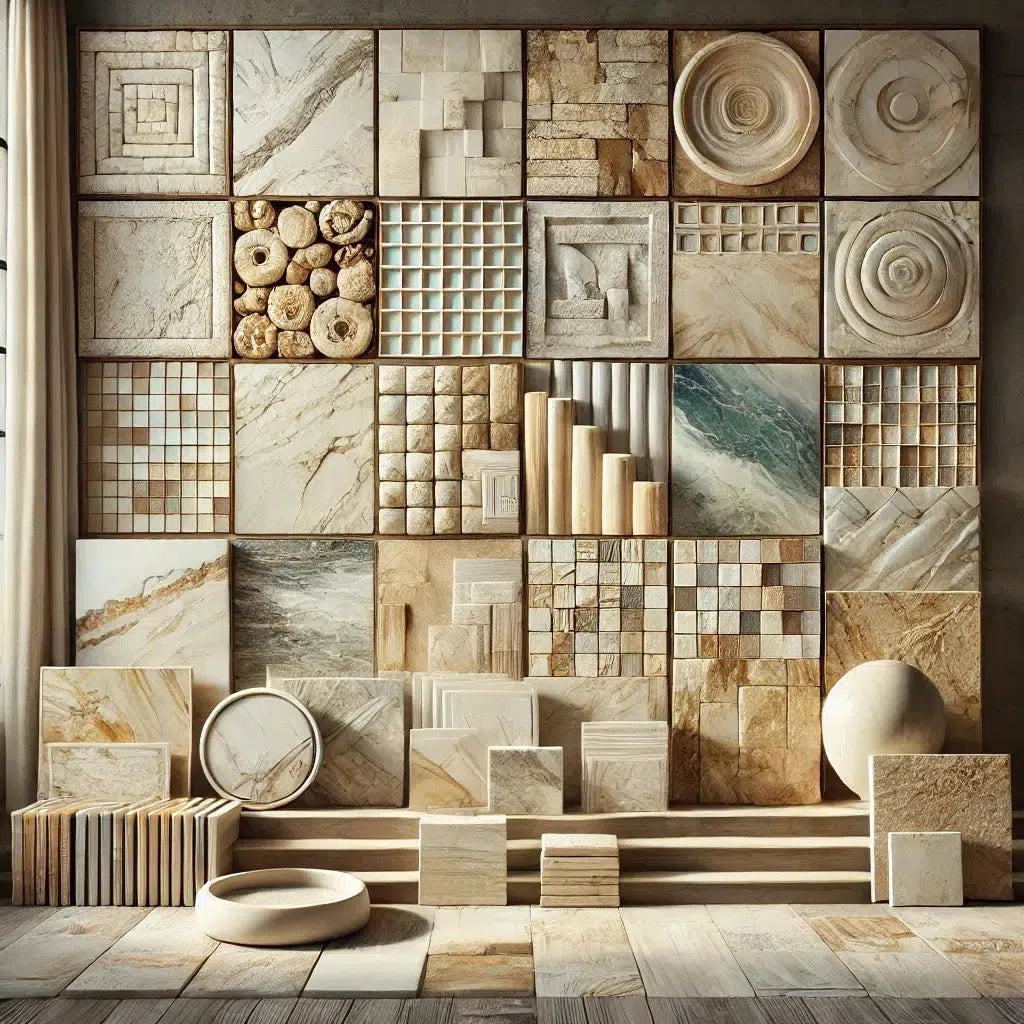 Best Selling Marble Collections
Best Selling Marble Collections
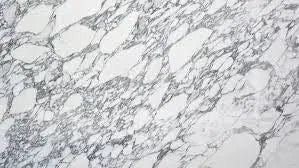 Arabescato Corchia
Arabescato Corchia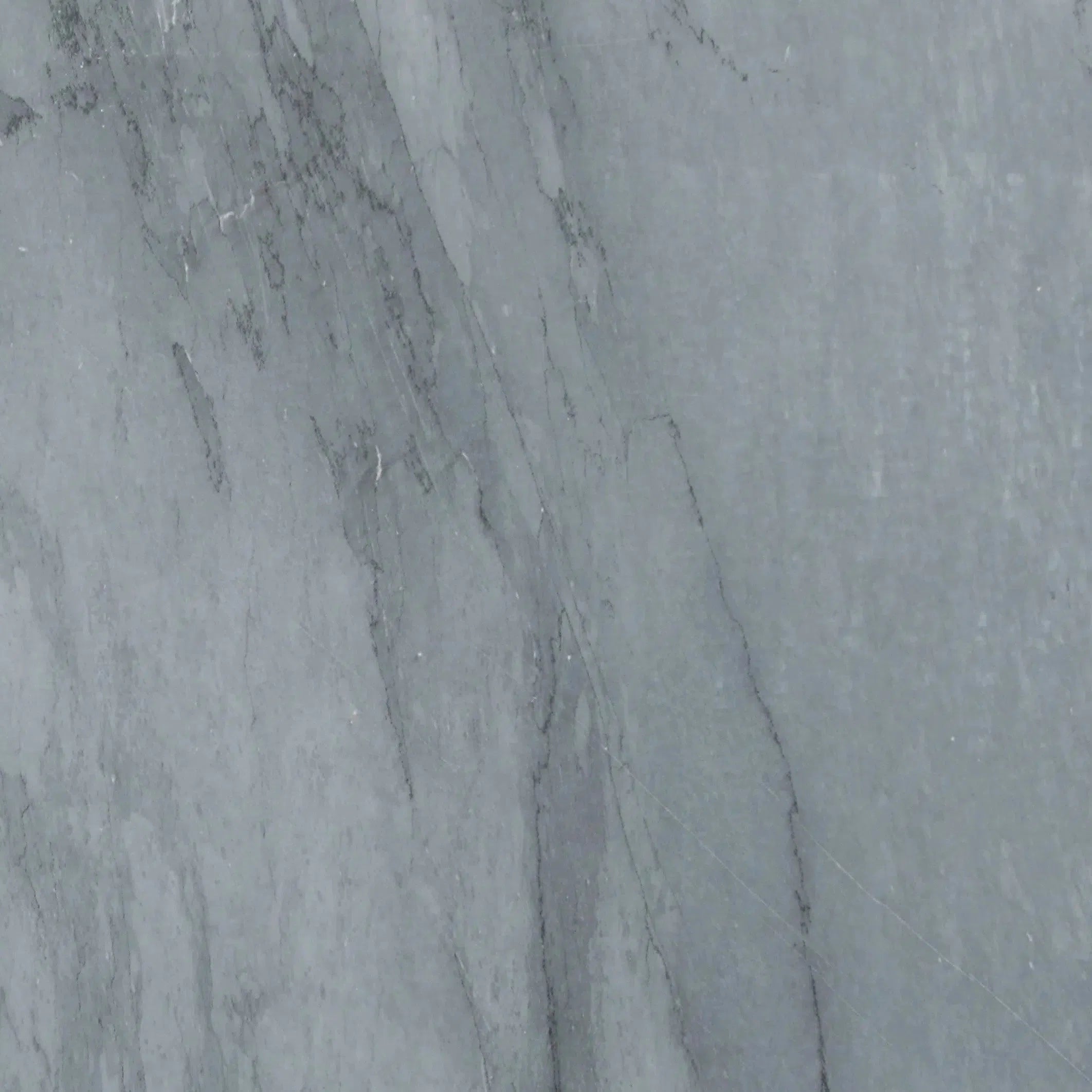 Bardiglio
Bardiglio Bianco Dolomite
Bianco Dolomite 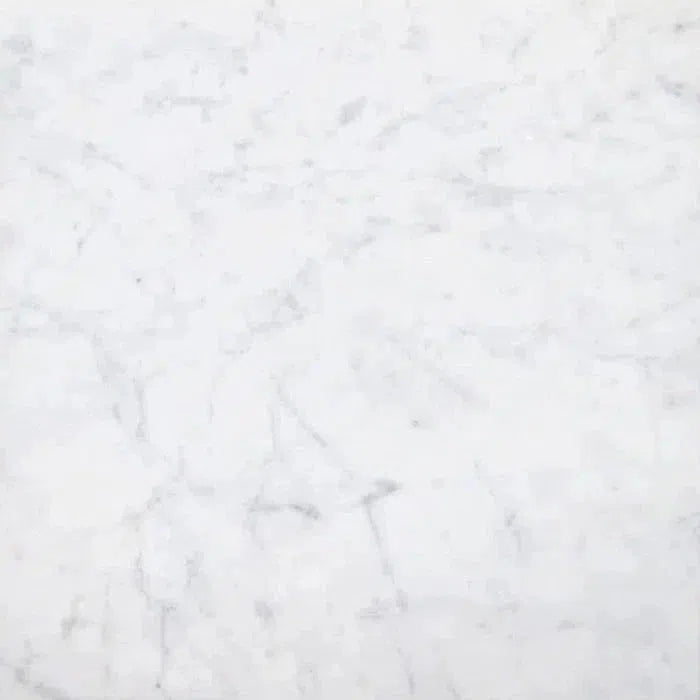 Carrara White
Carrara White 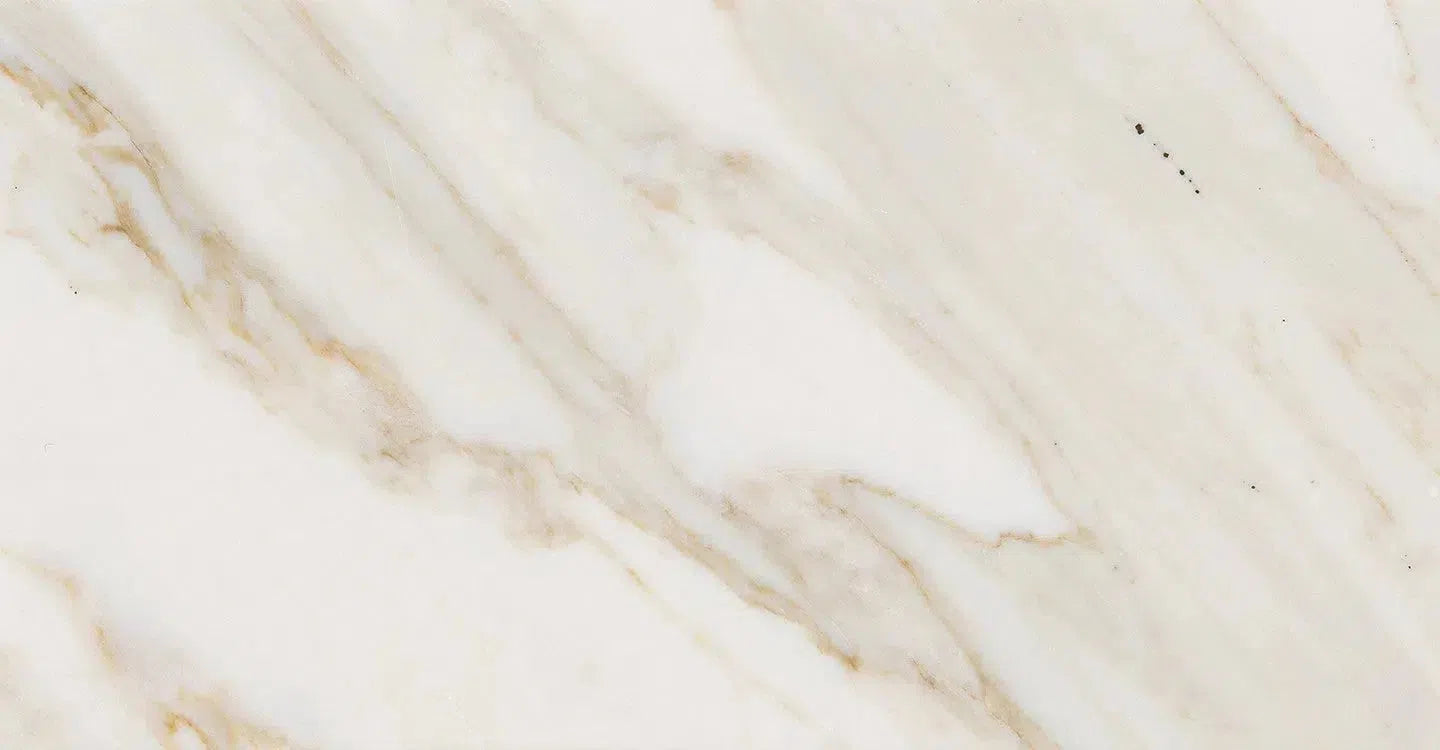 Calacatta Gold
Calacatta Gold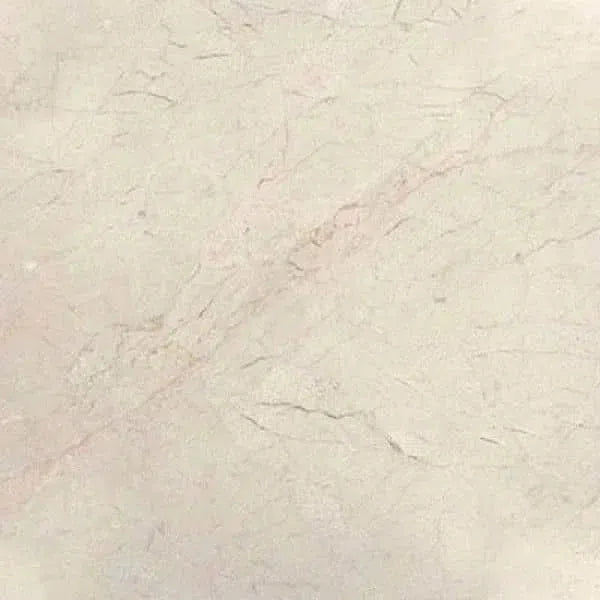 Crema Marfil
Crema Marfil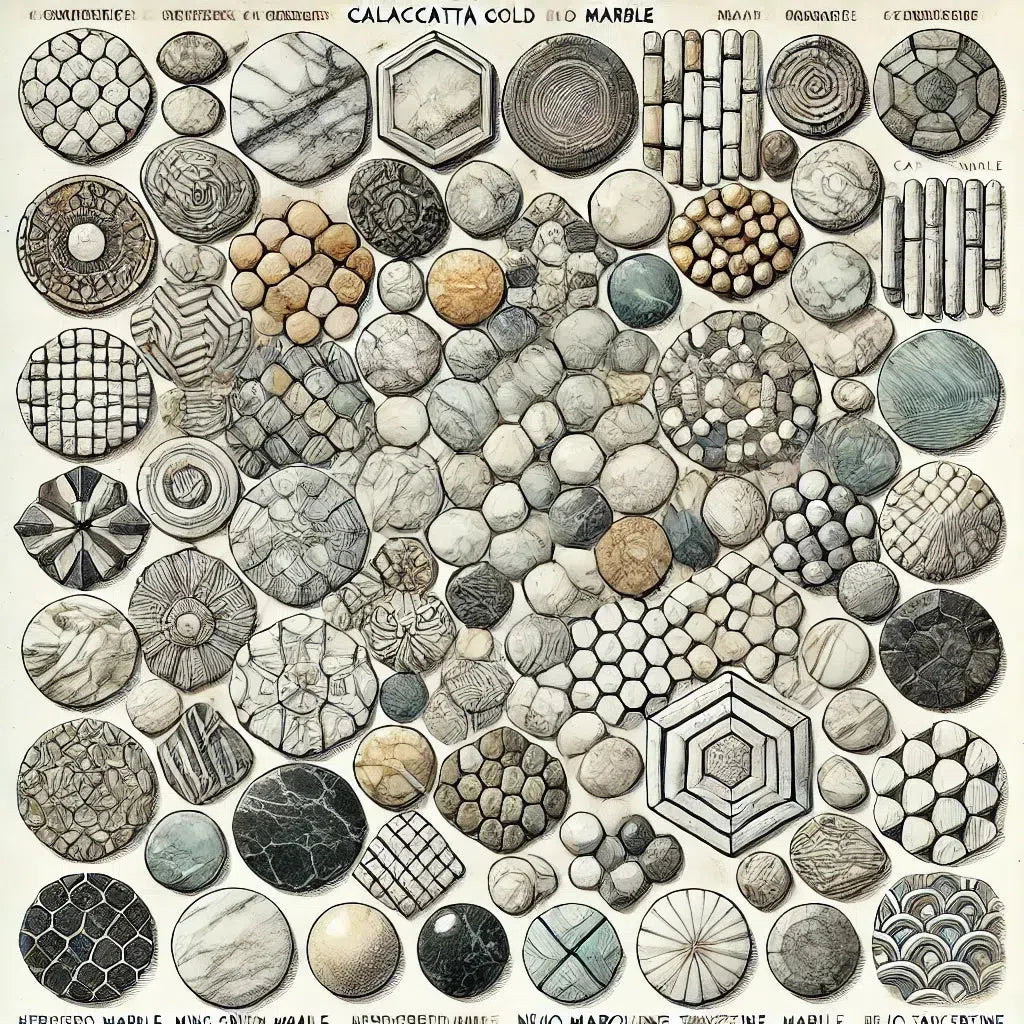 Custom Made Mosaic
Custom Made Mosaic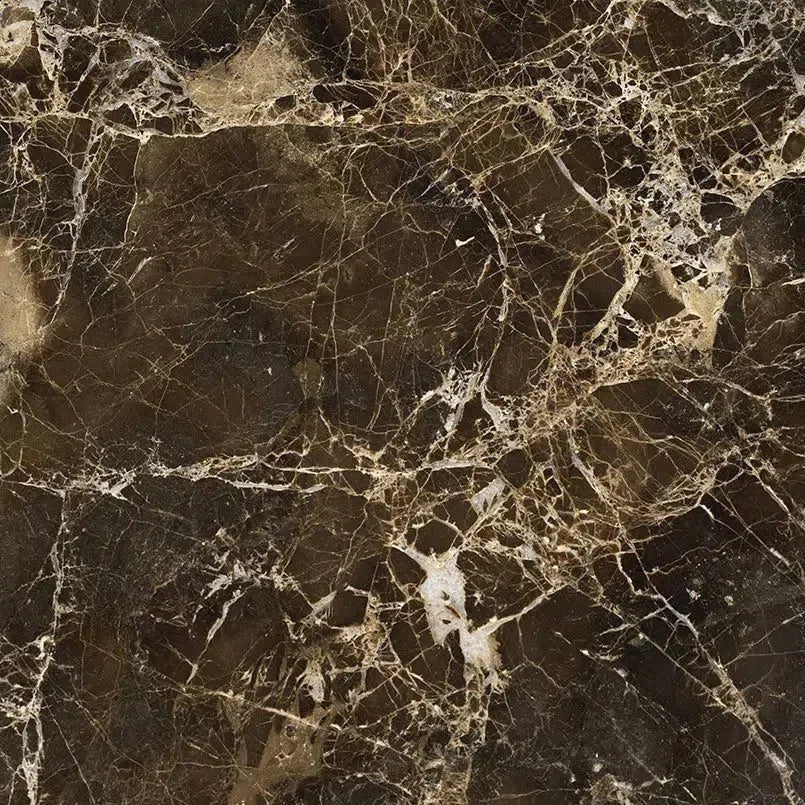 Emperador Dark
Emperador Dark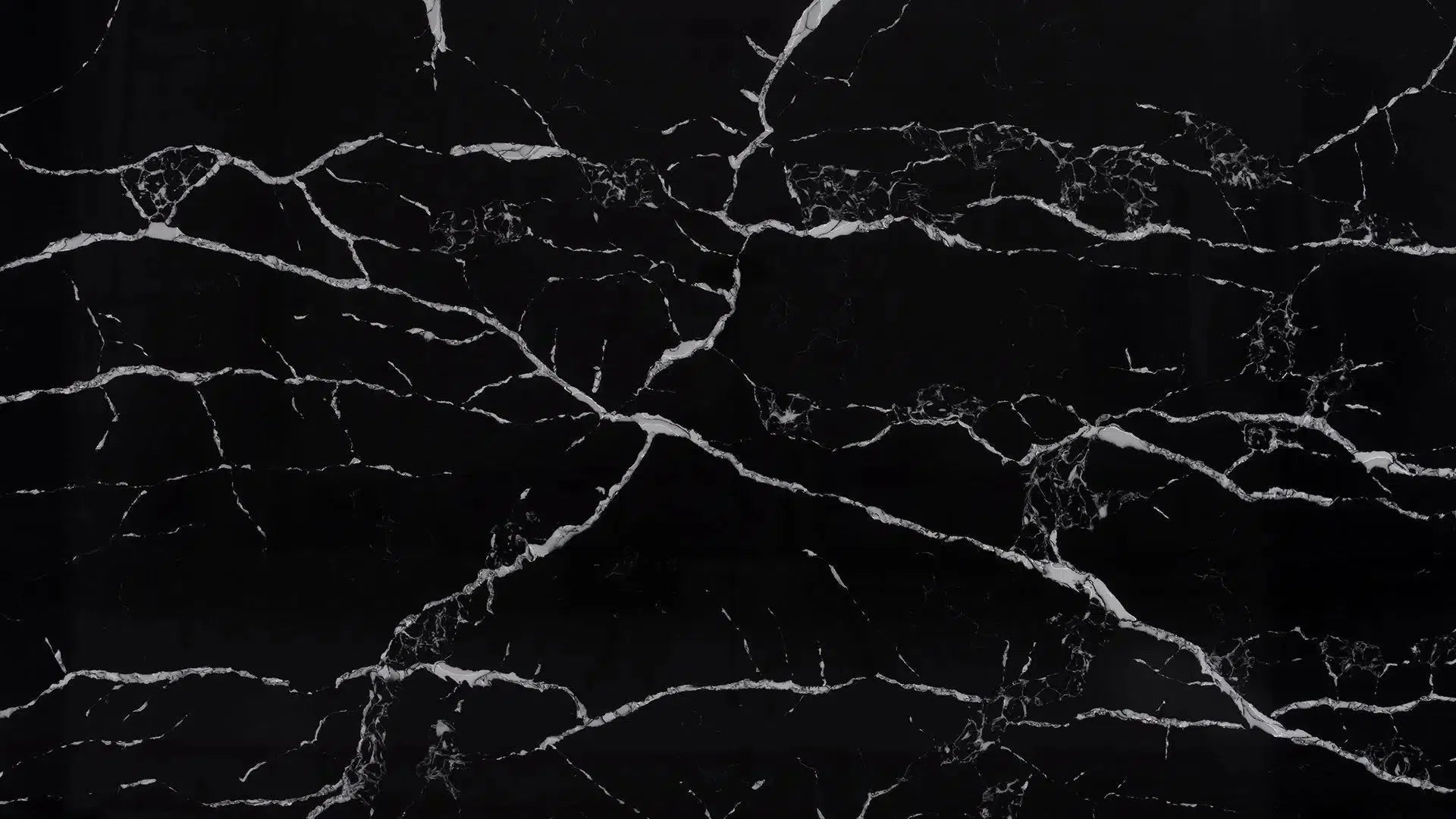 Nero Marquina
Nero Marquina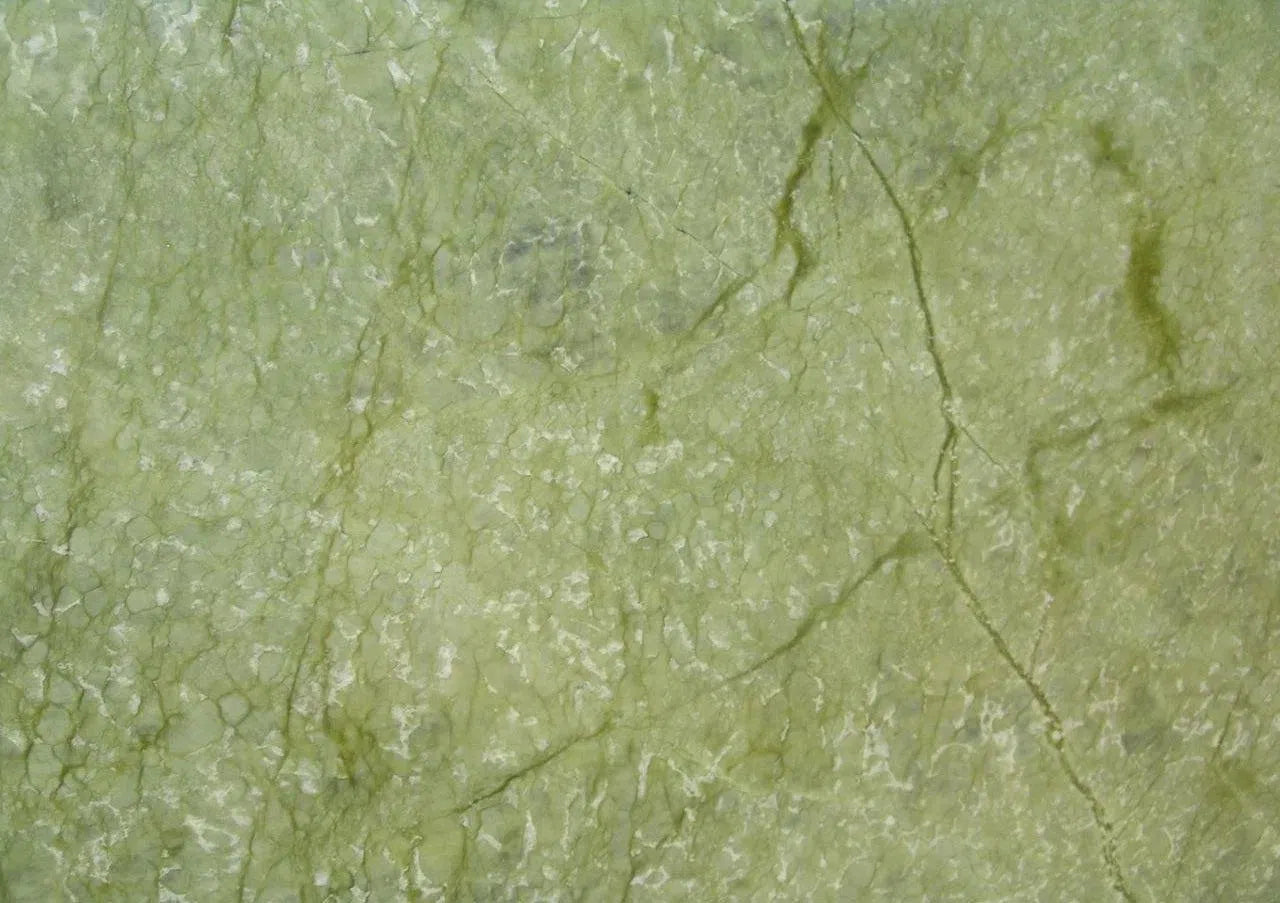 Ming Green Marble
Ming Green Marble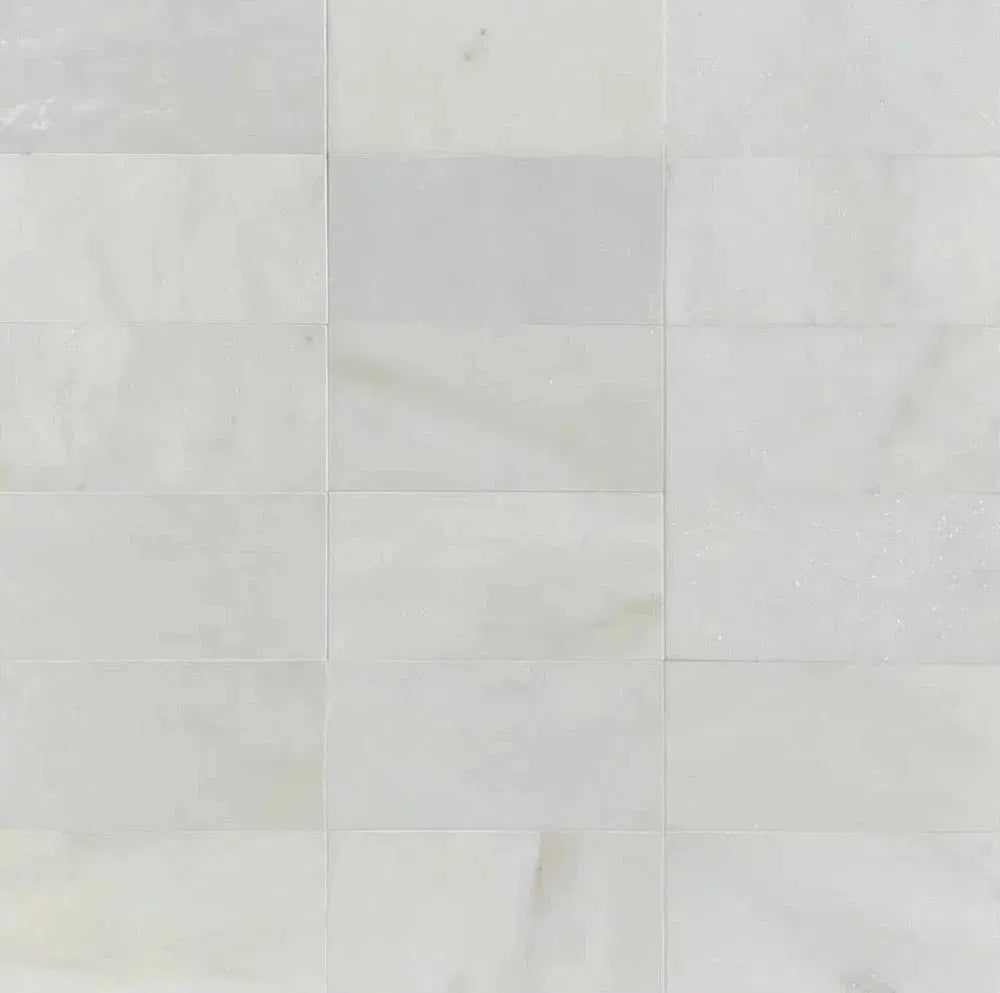 Oriental White Marble (Asian Statuary Marble)
Oriental White Marble (Asian Statuary Marble)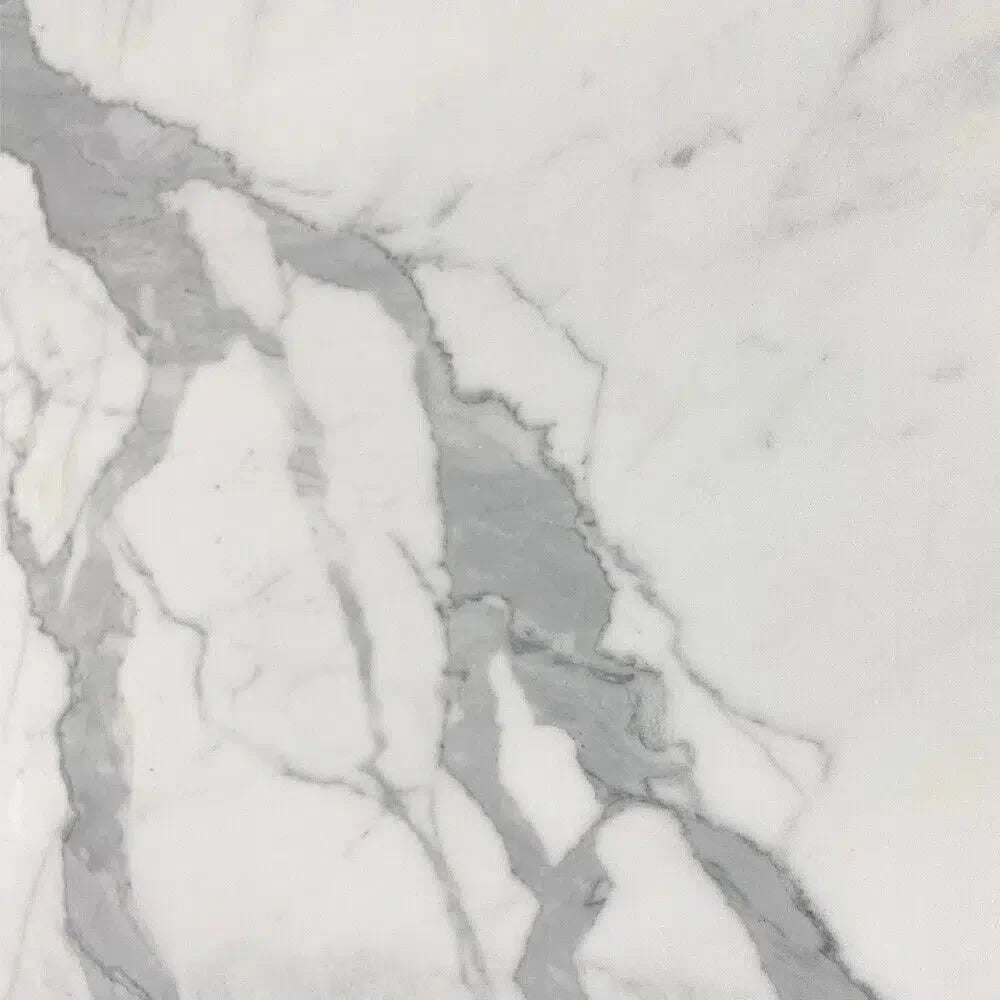 Statuary - Statuario White (Italian) Marble
Statuary - Statuario White (Italian) Marble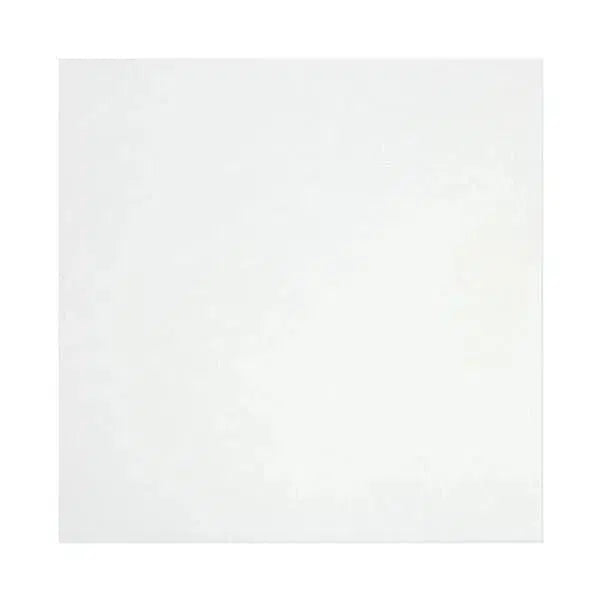 Thassos White
Thassos White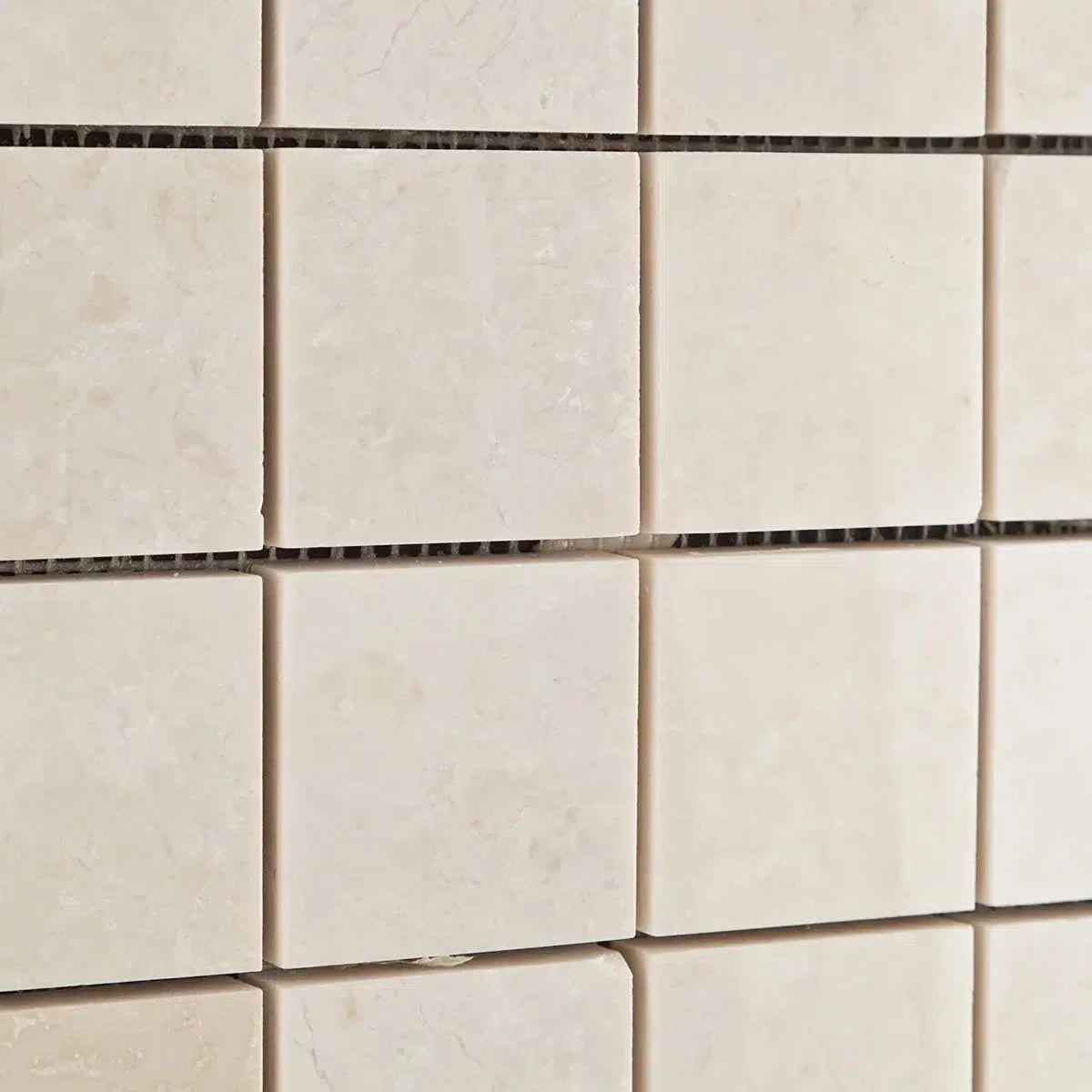 White Pearl/Botticino Beige Marble
White Pearl/Botticino Beige Marble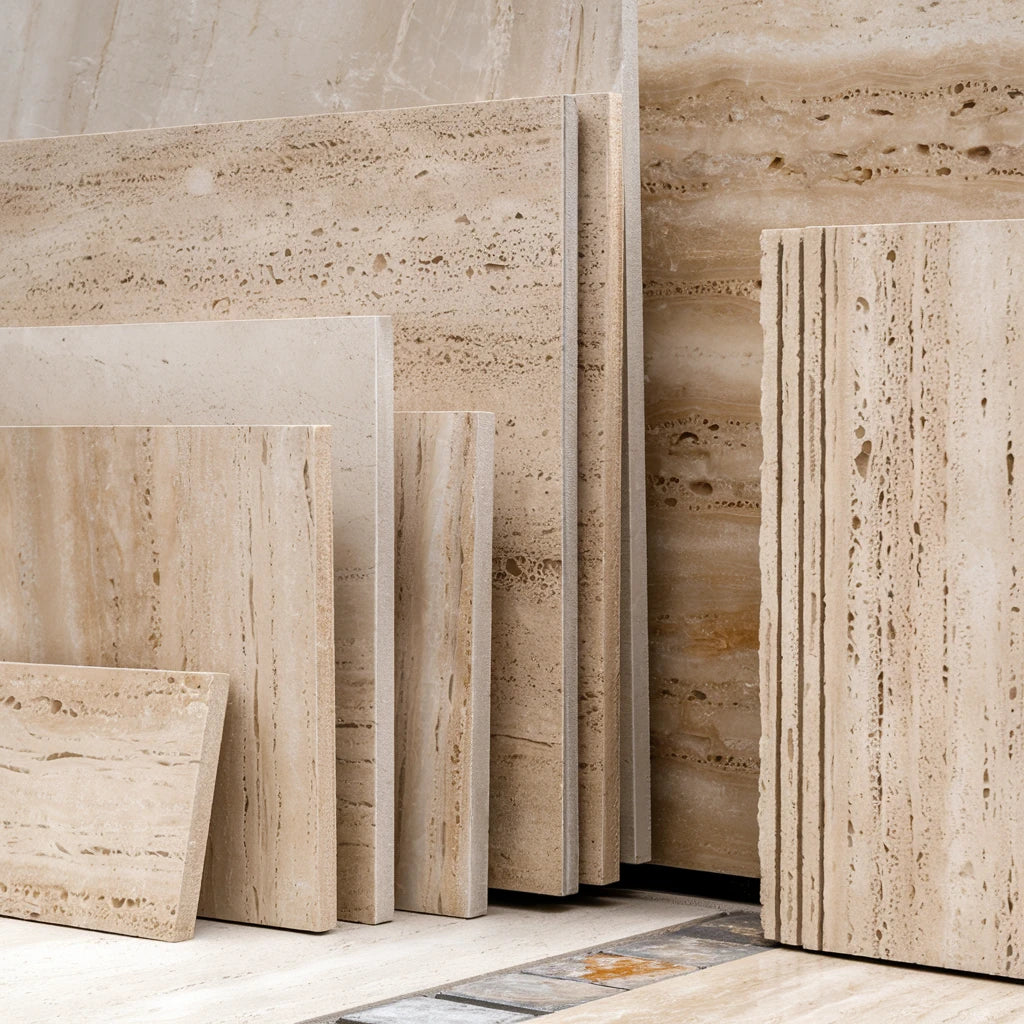 Best Selling Travertine Collections
Best Selling Travertine Collections
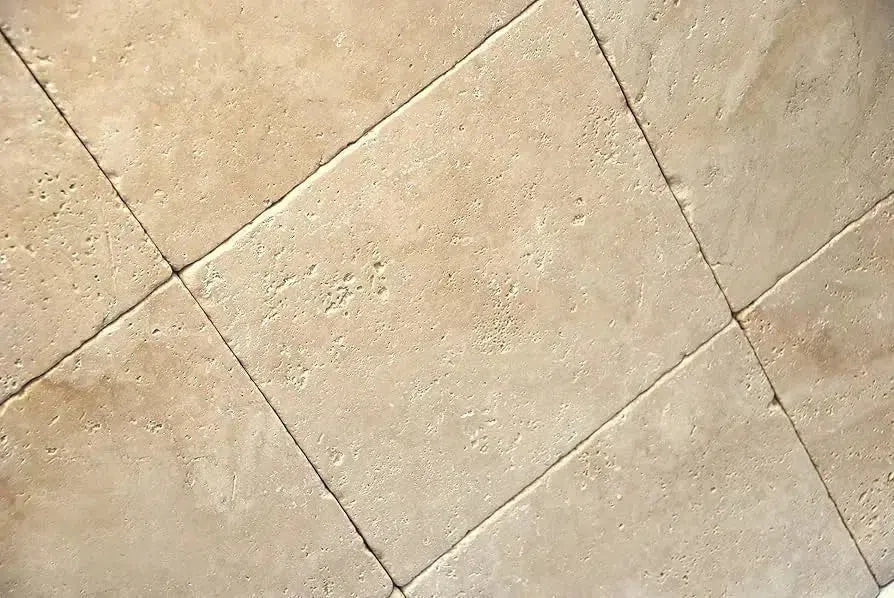 Ivory Travertine
Ivory Travertine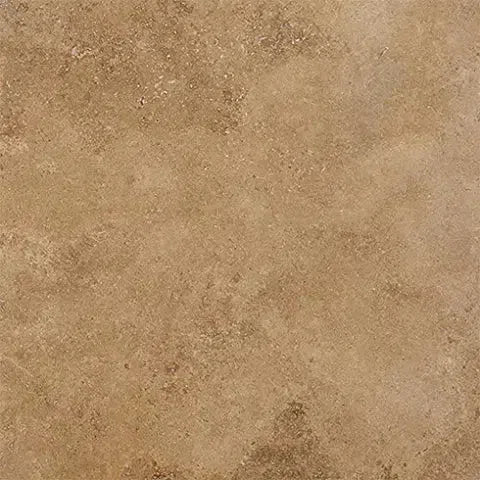 Noce Travertine
Noce Travertine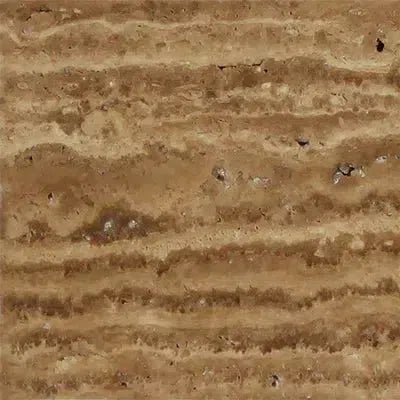 Exotic Noce Travertine
Exotic Noce Travertine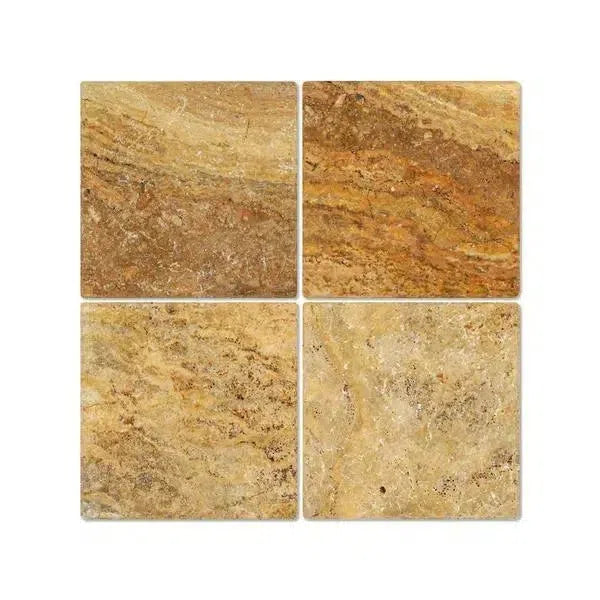 Scabos | Autumn Leaves Travertine
Scabos | Autumn Leaves Travertine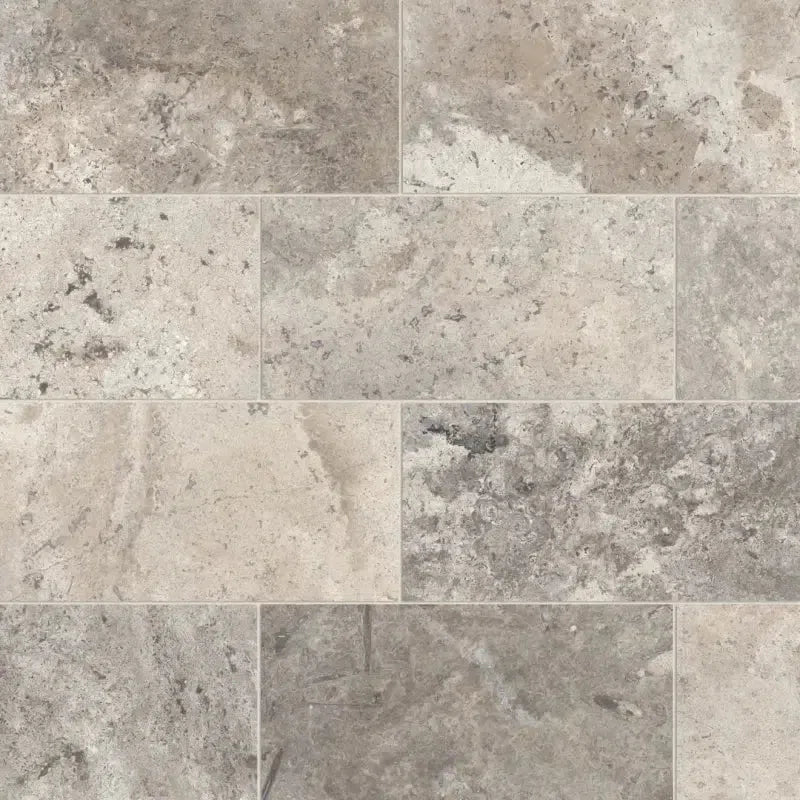 Silver Travertine
Silver Travertine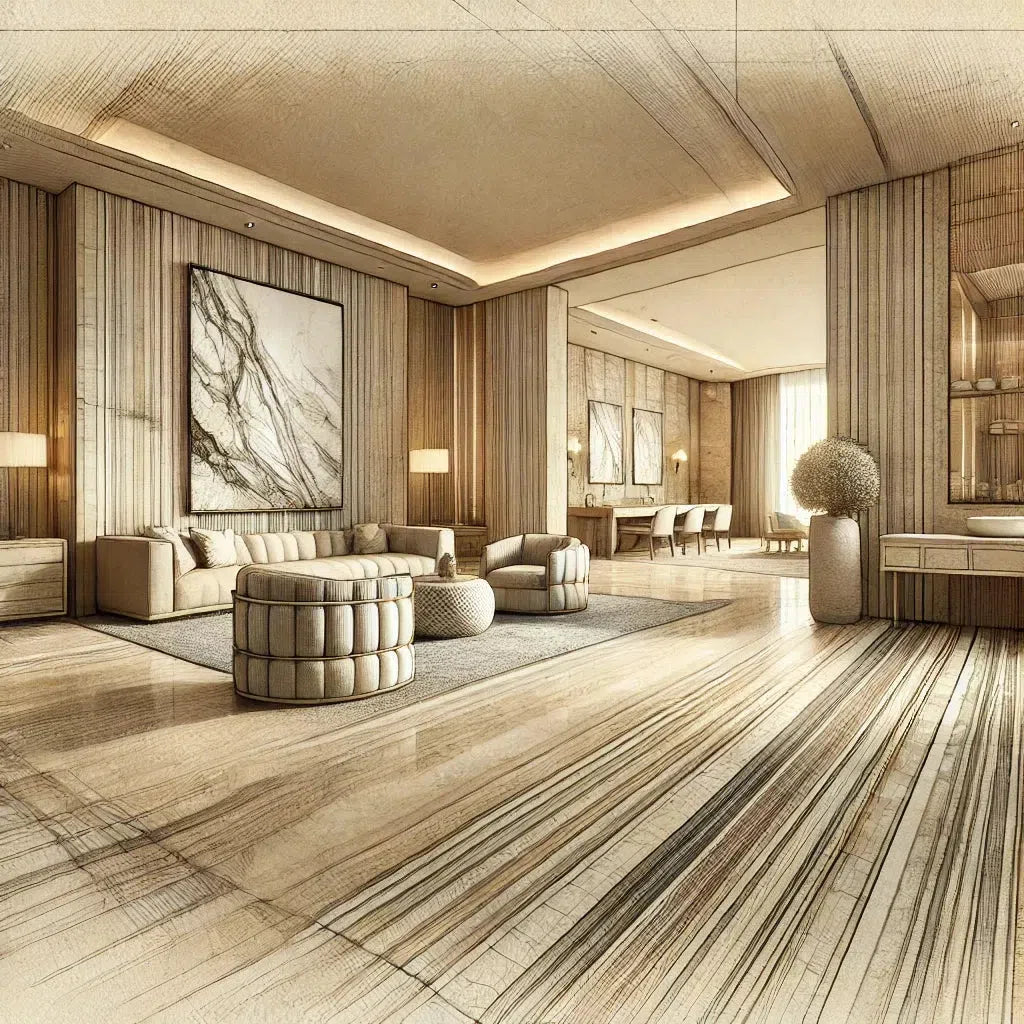 Exotic Travertine
Exotic Travertine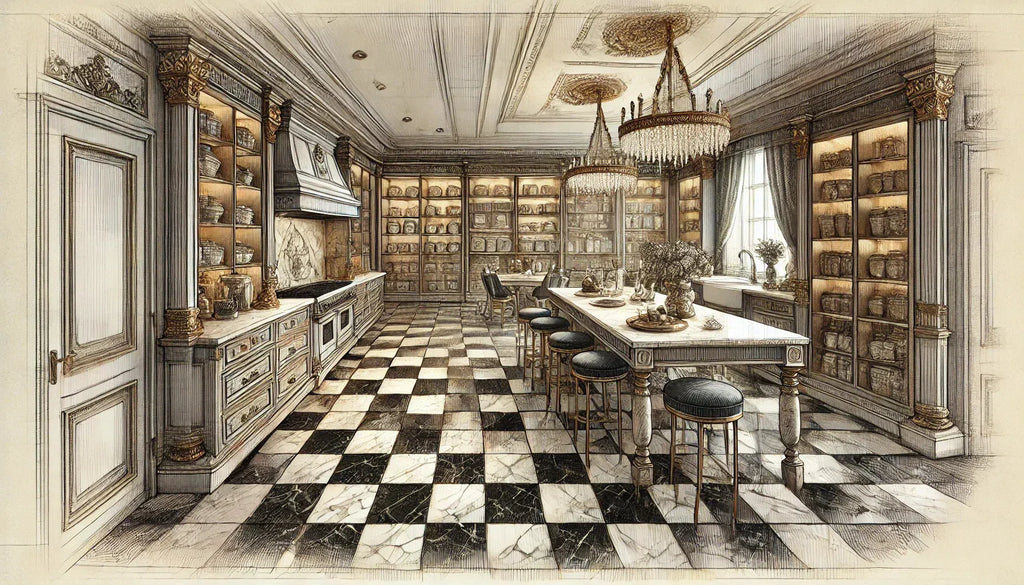 Checkerboard
Checkerboard
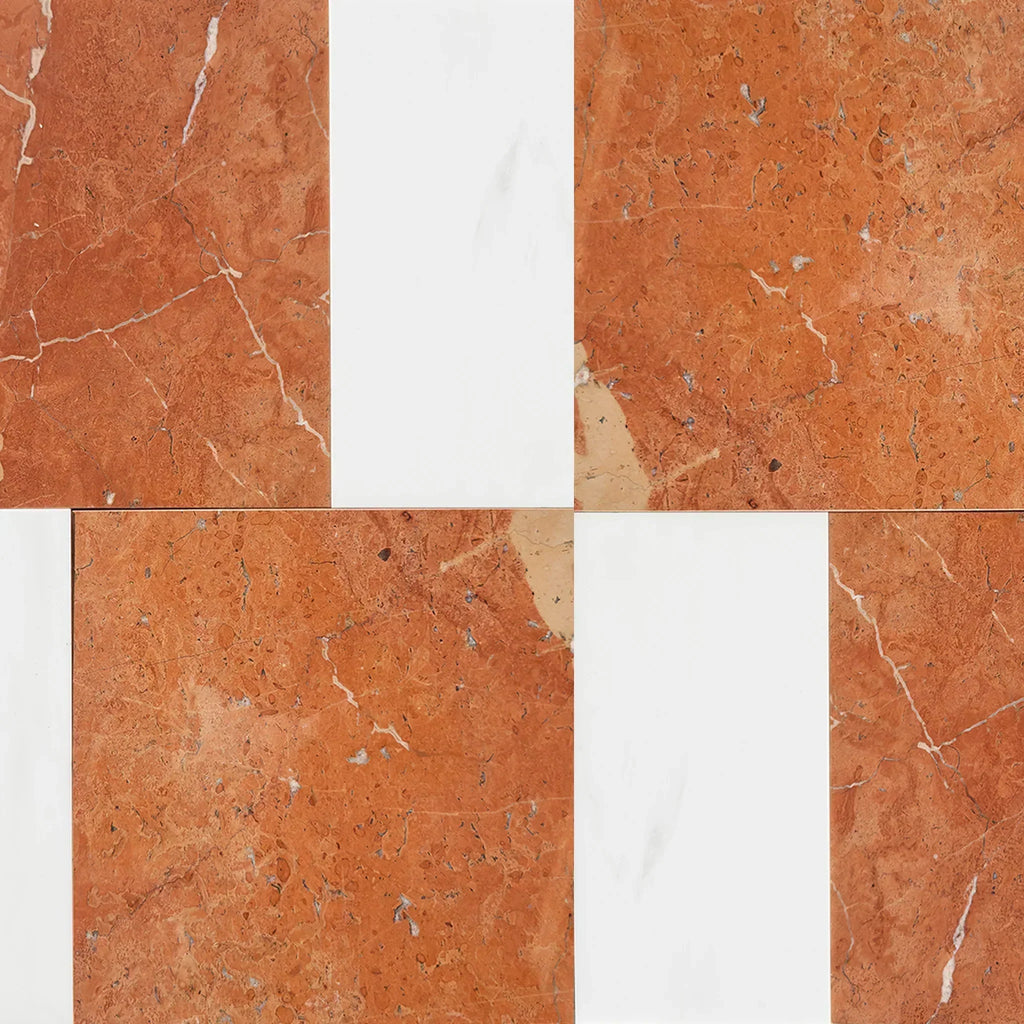 Patterned Tile
Patterned Tile
 Shop By Material
Shop By Material
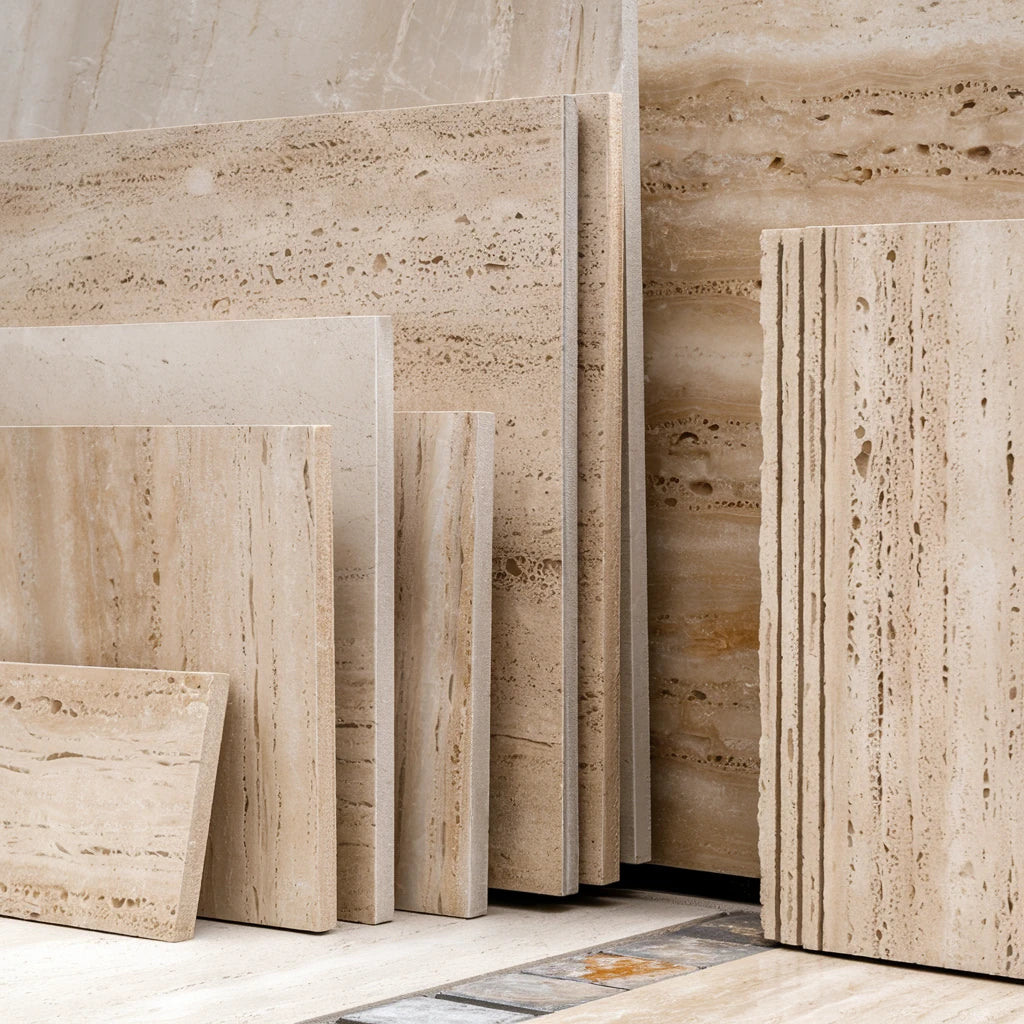 Travertine
Travertine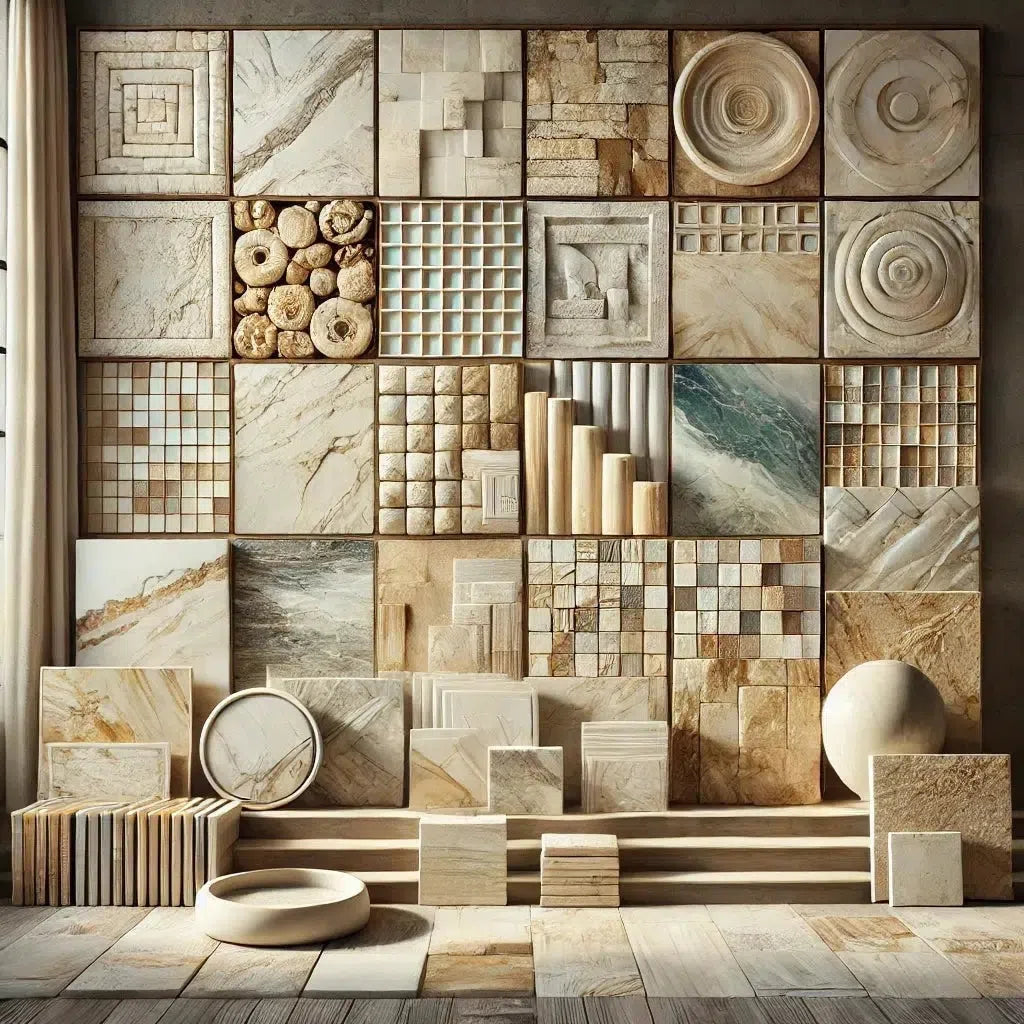 Marble
Marble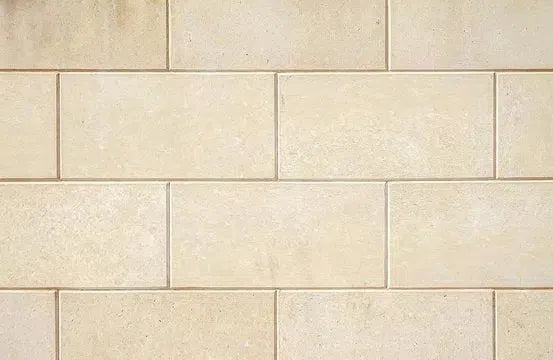 Limestone
Limestone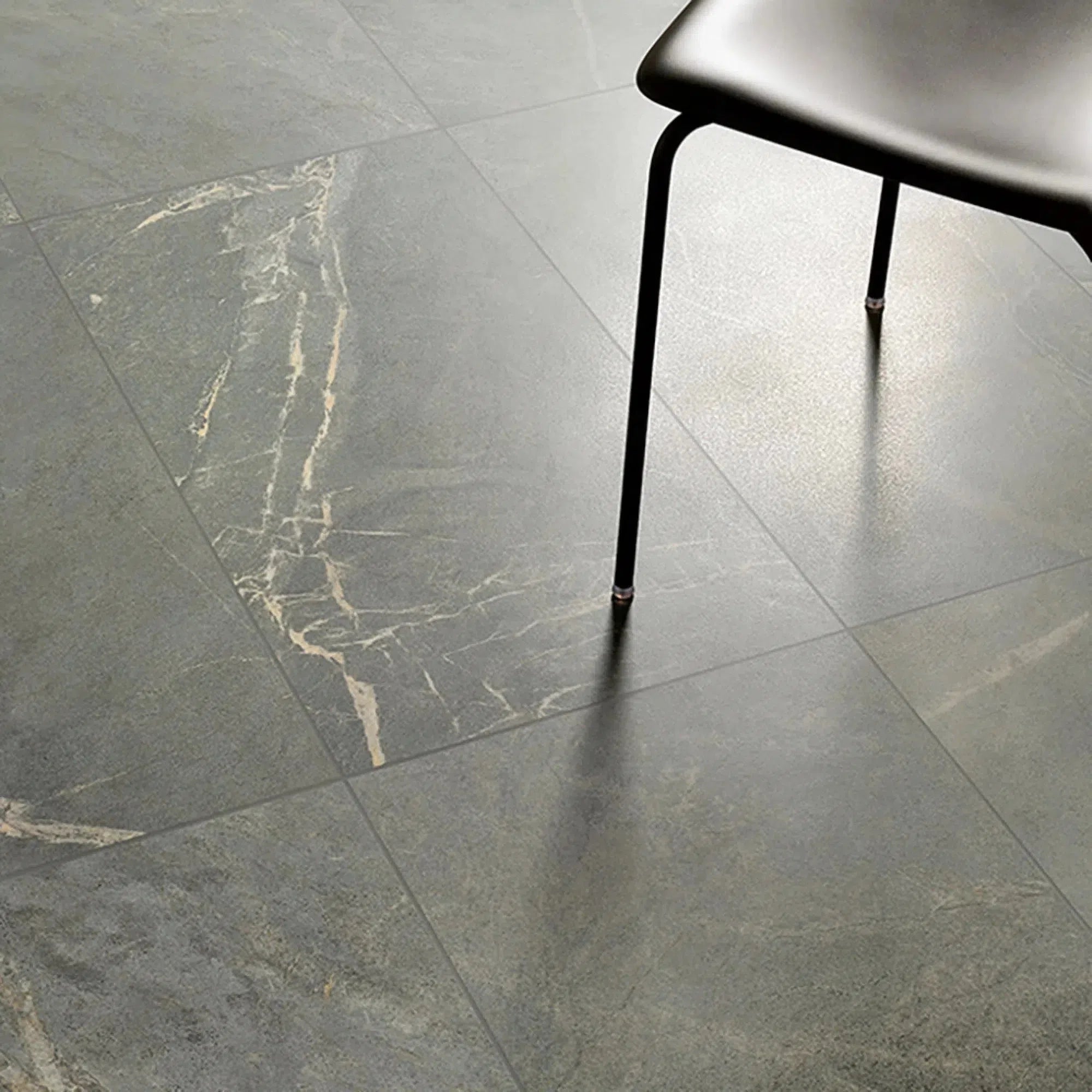 Soap Stone
Soap Stone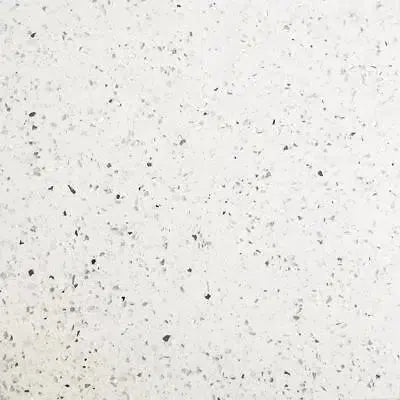 Quartz
Quartz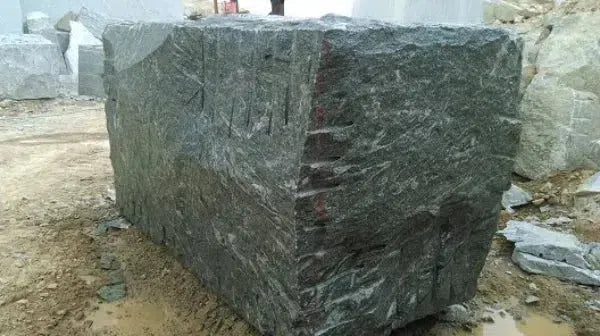 Granite
Granite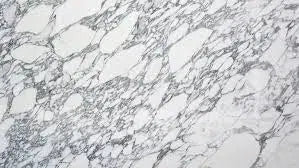 Shop By Name
Shop By Name
 Absolute Black Granite
Absolute Black Granite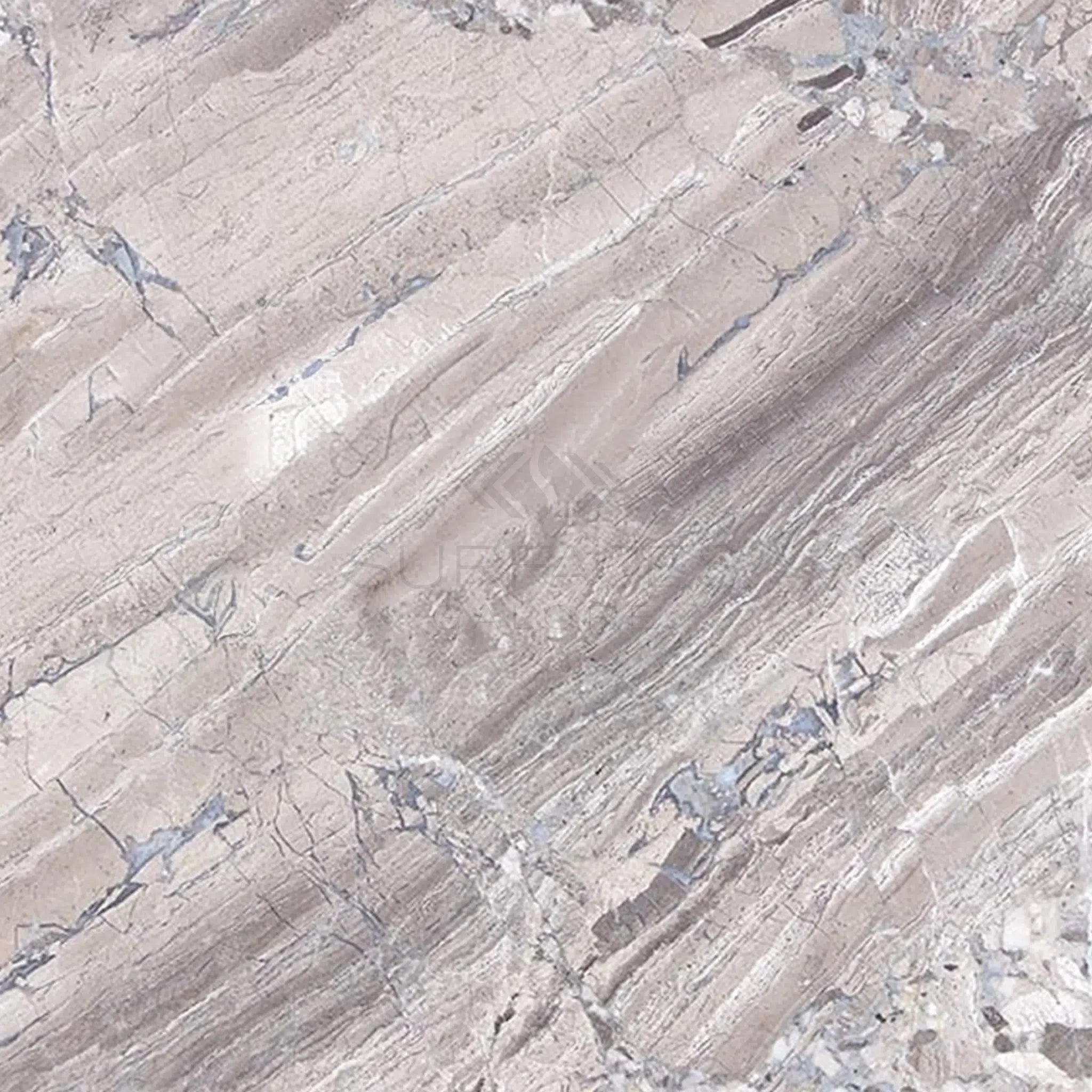 Atlantic Gray Marble
Atlantic Gray Marble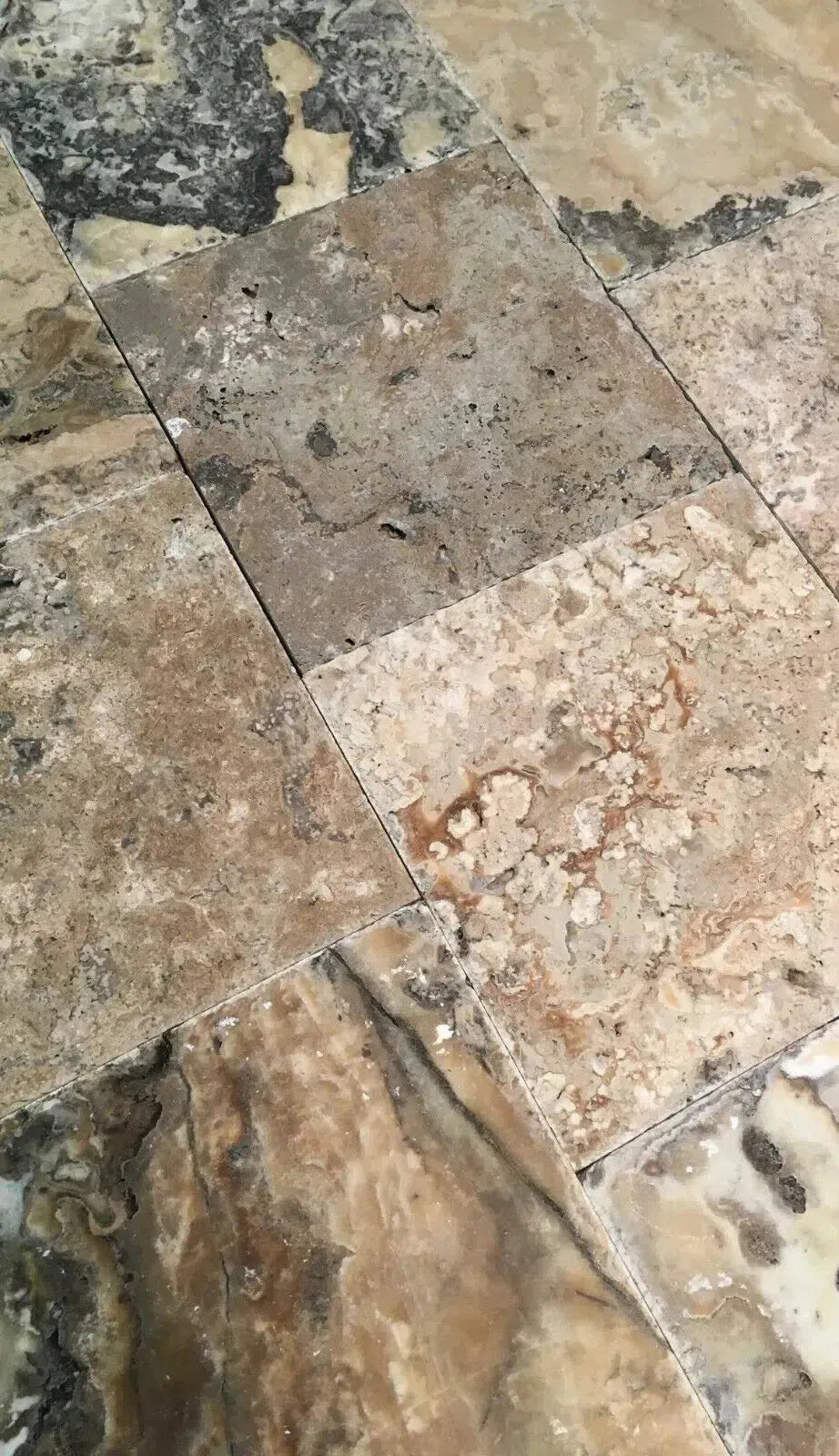 Antico Onyx Travertine
Antico Onyx Travertine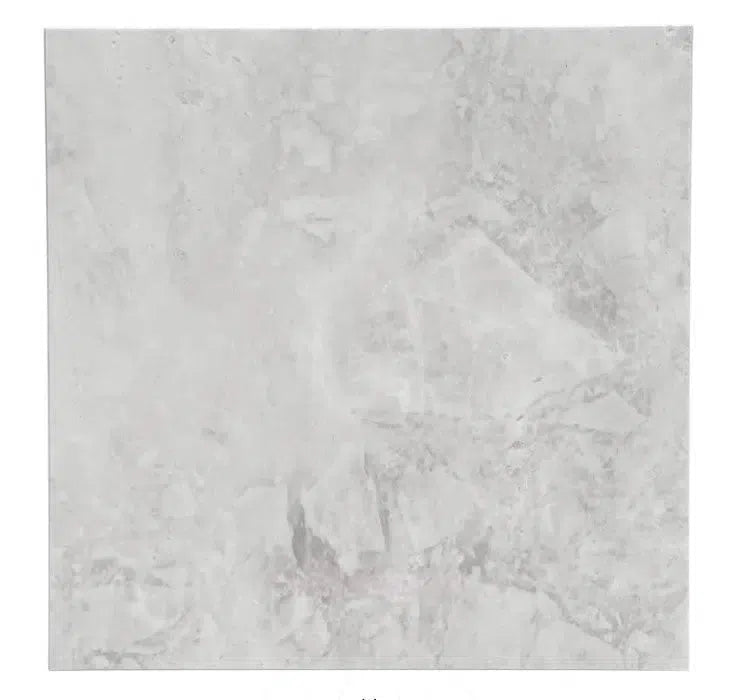 Bianco Congelato Dolomite
Bianco Congelato Dolomite Bianco Venatino (Bianco Mare) Marble
Bianco Venatino (Bianco Mare) Marble Calacatta Verde Royale Marble
Calacatta Verde Royale Marble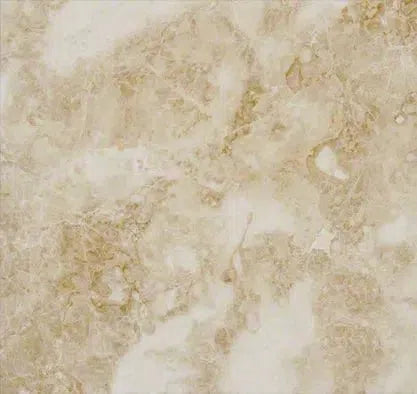 Cappuccino Marble
Cappuccino Marble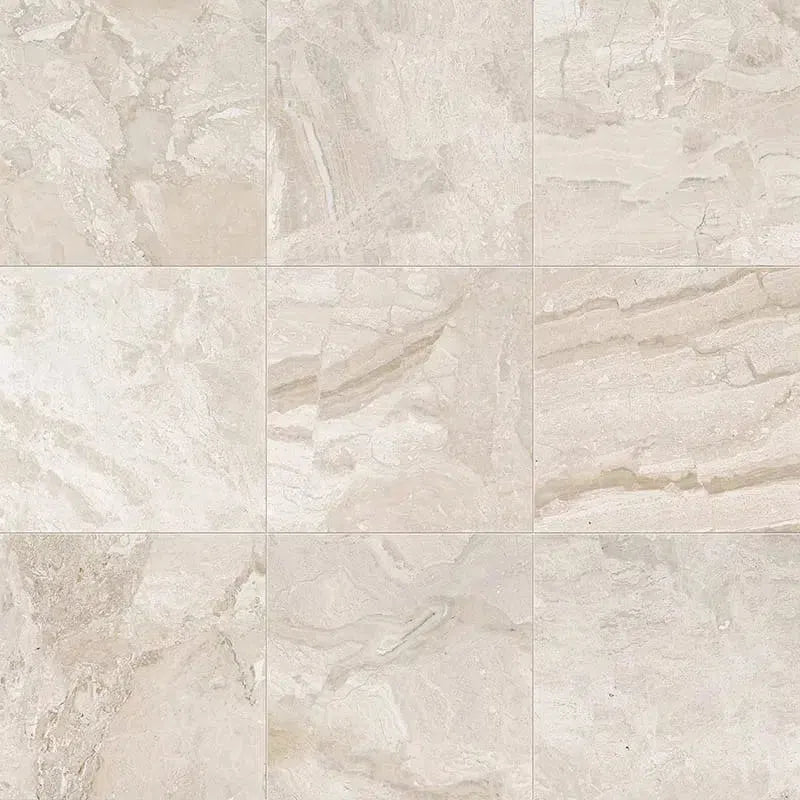 Diano Royal (Queen Beige) Marble
Diano Royal (Queen Beige) Marble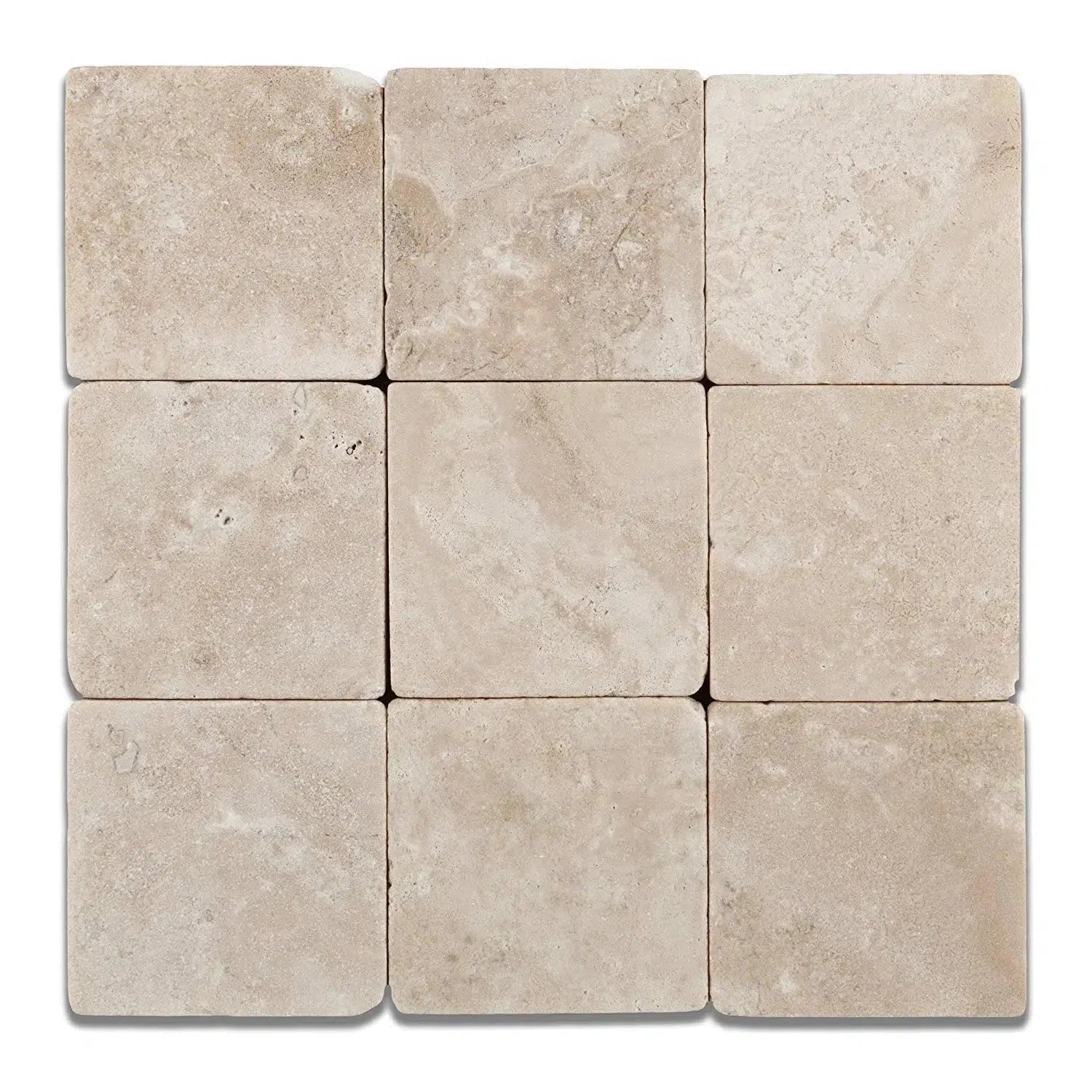 Durango Cream Traverine
Durango Cream Traverine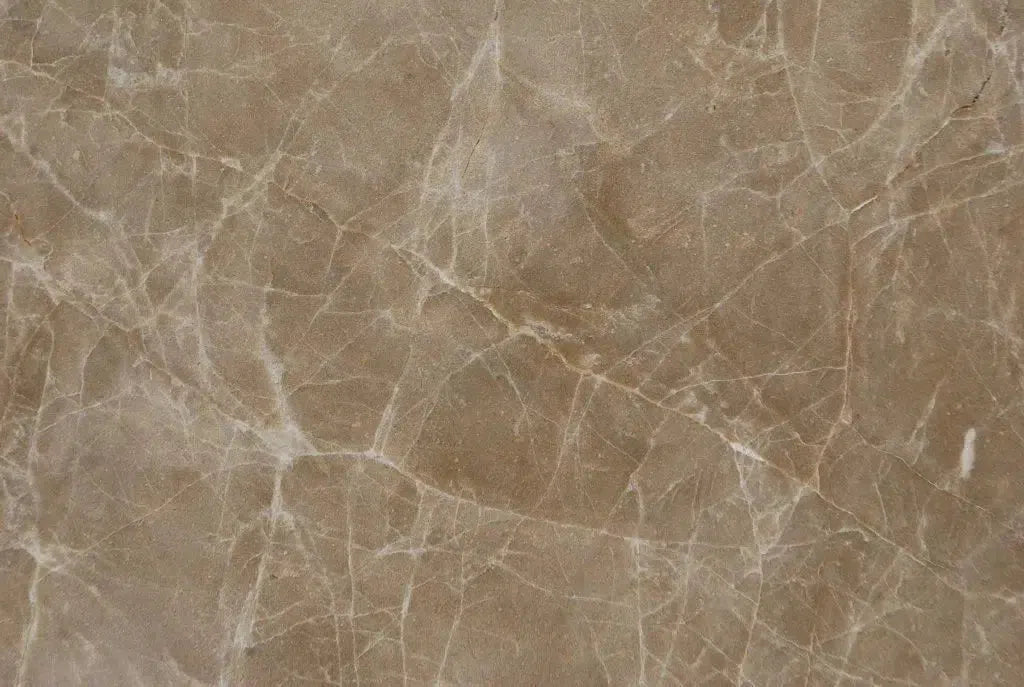 Emperador Light Marble
Emperador Light Marble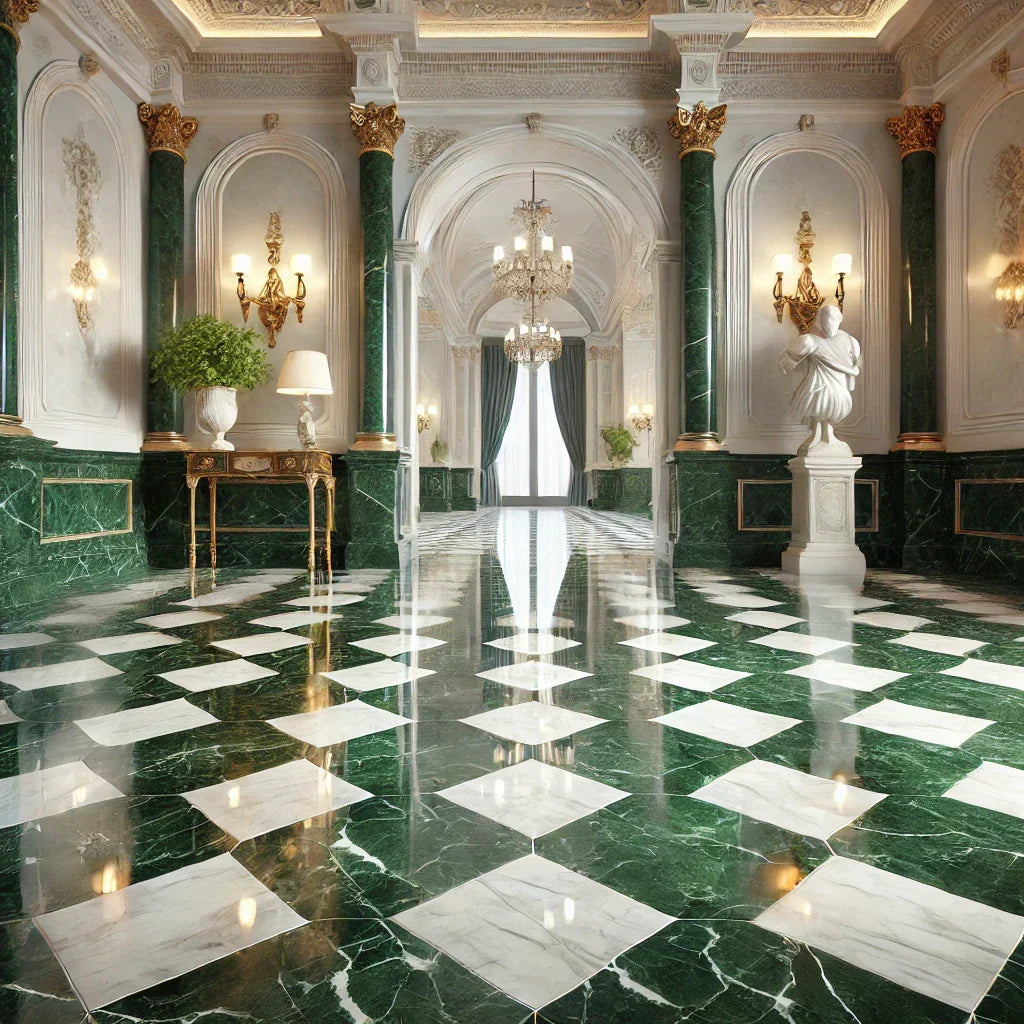 Empress Green Marble
Empress Green Marble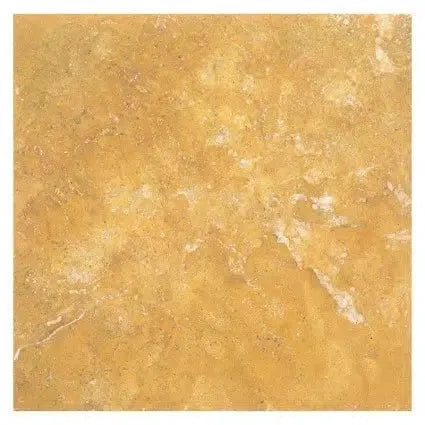 Gold/Yellow Travertine
Gold/Yellow Travertine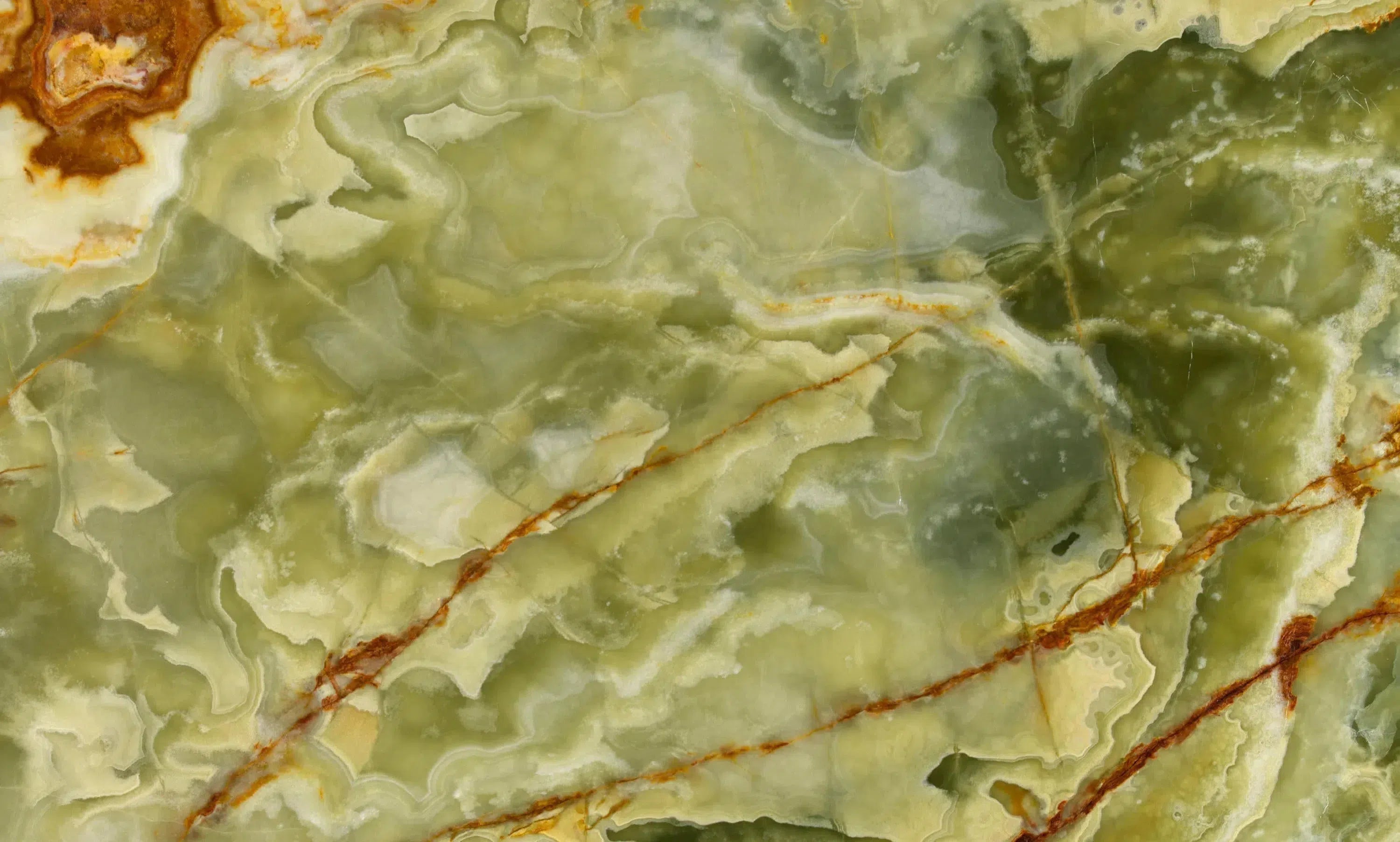 Green Onyx Marble
Green Onyx Marble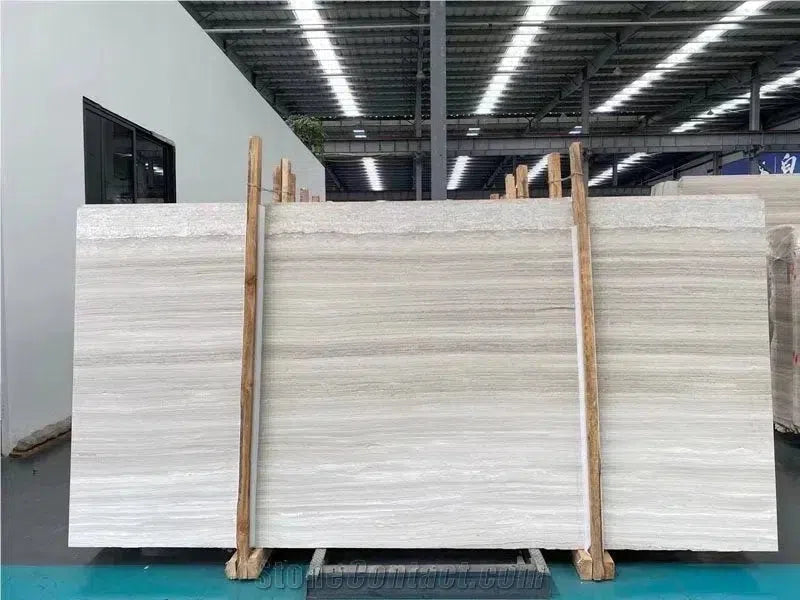 Haisa Light (White Wood) Limestone
Haisa Light (White Wood) Limestone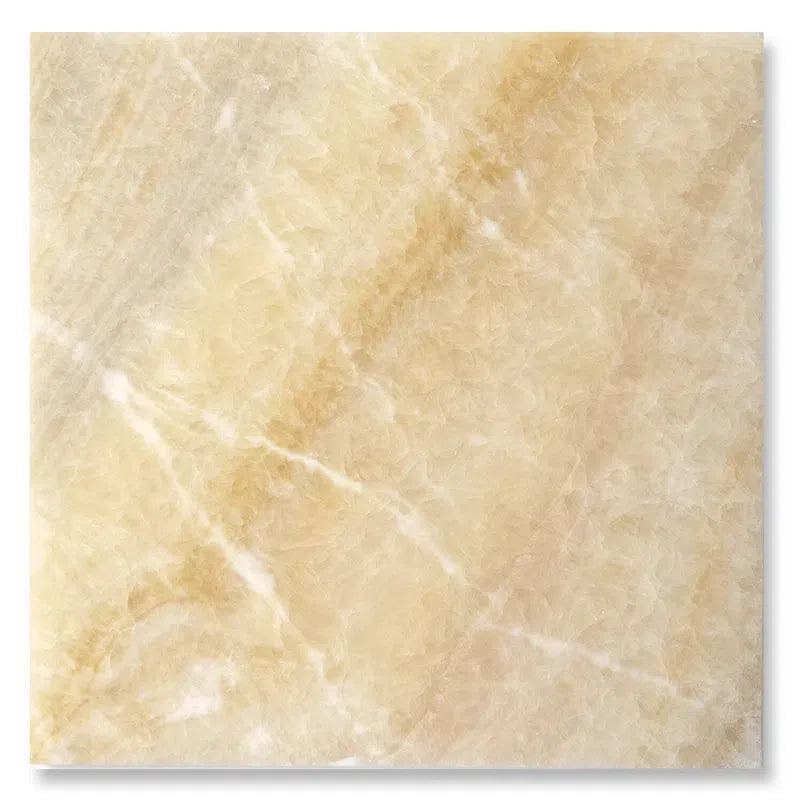 Honey Onyx Marble
Honey Onyx Marble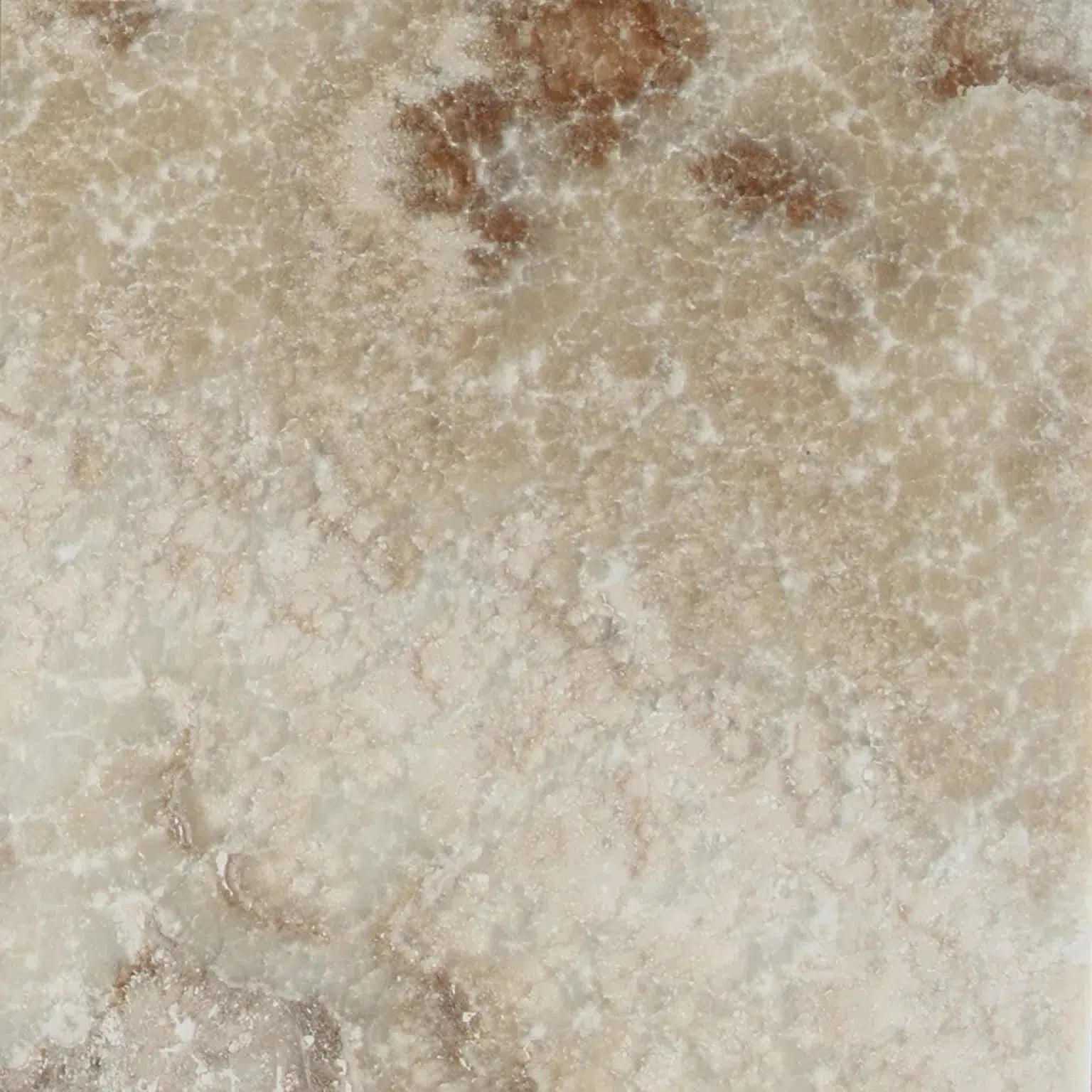 La Travonya Travertine
La Travonya Travertine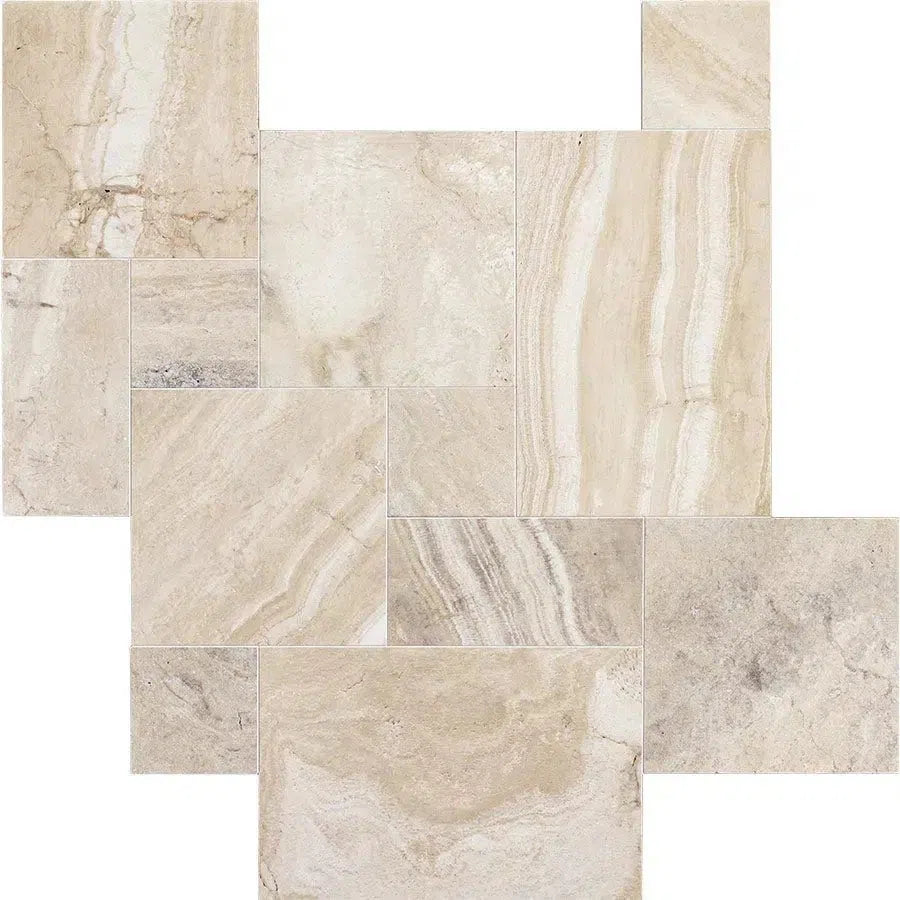 Malibu Travertine
Malibu Travertine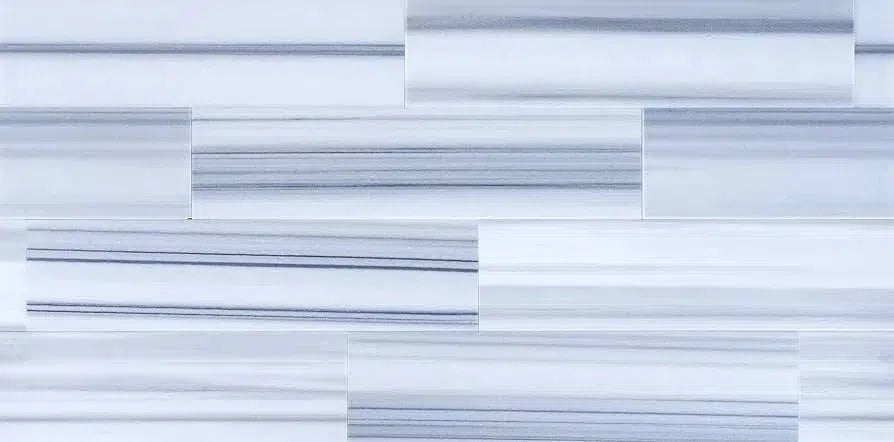 Mink (Equator) Marble
Mink (Equator) Marble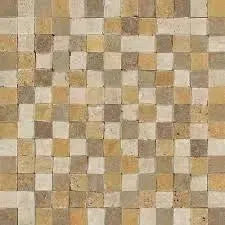 Mixed (Ivory-Noce-Gold) Travertine
Mixed (Ivory-Noce-Gold) Travertine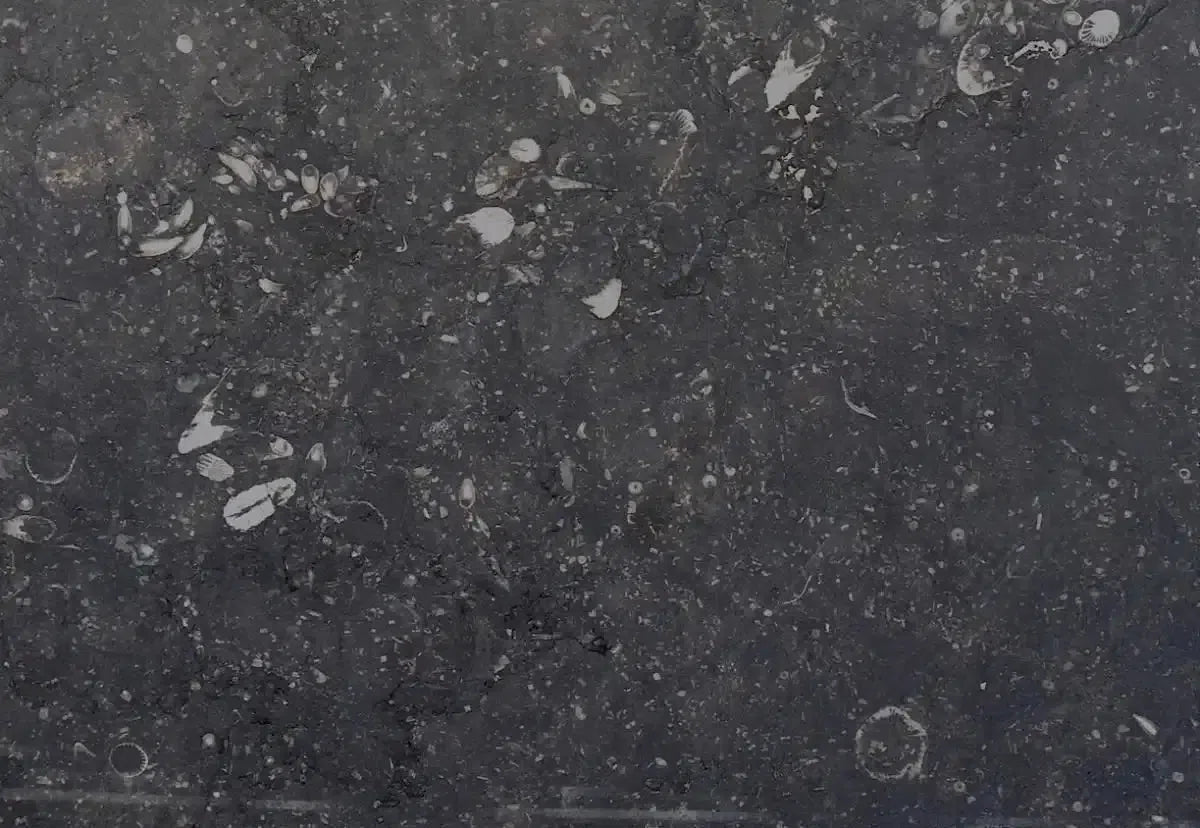 Pierre Bleue (Pierre Blue) Marble
Pierre Bleue (Pierre Blue) Marble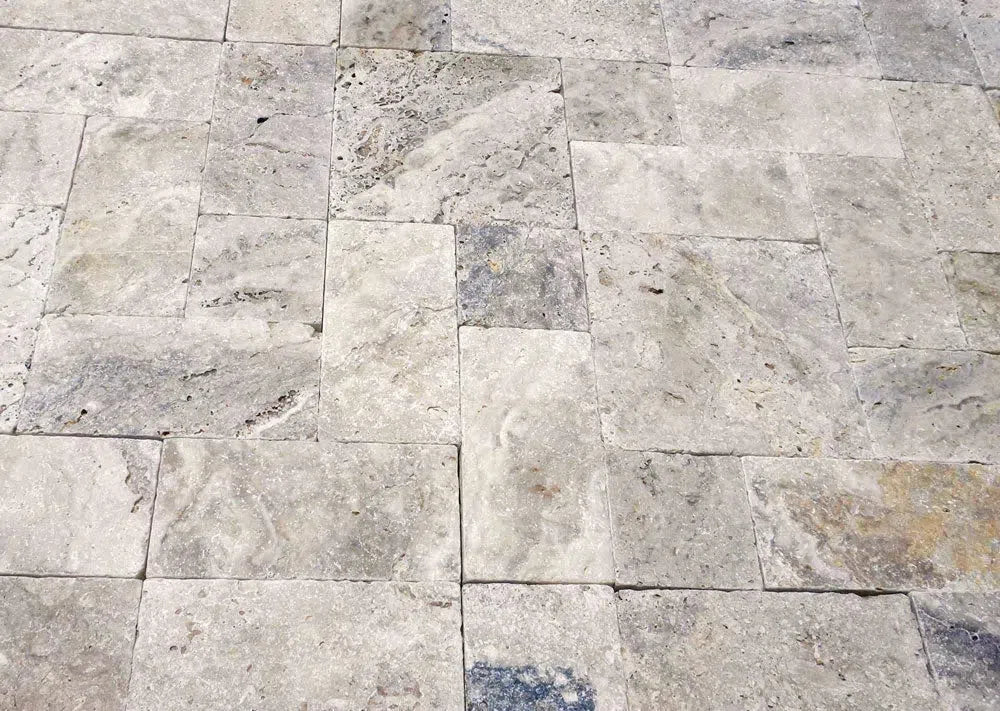 Philadelphia Travertine
Philadelphia Travertine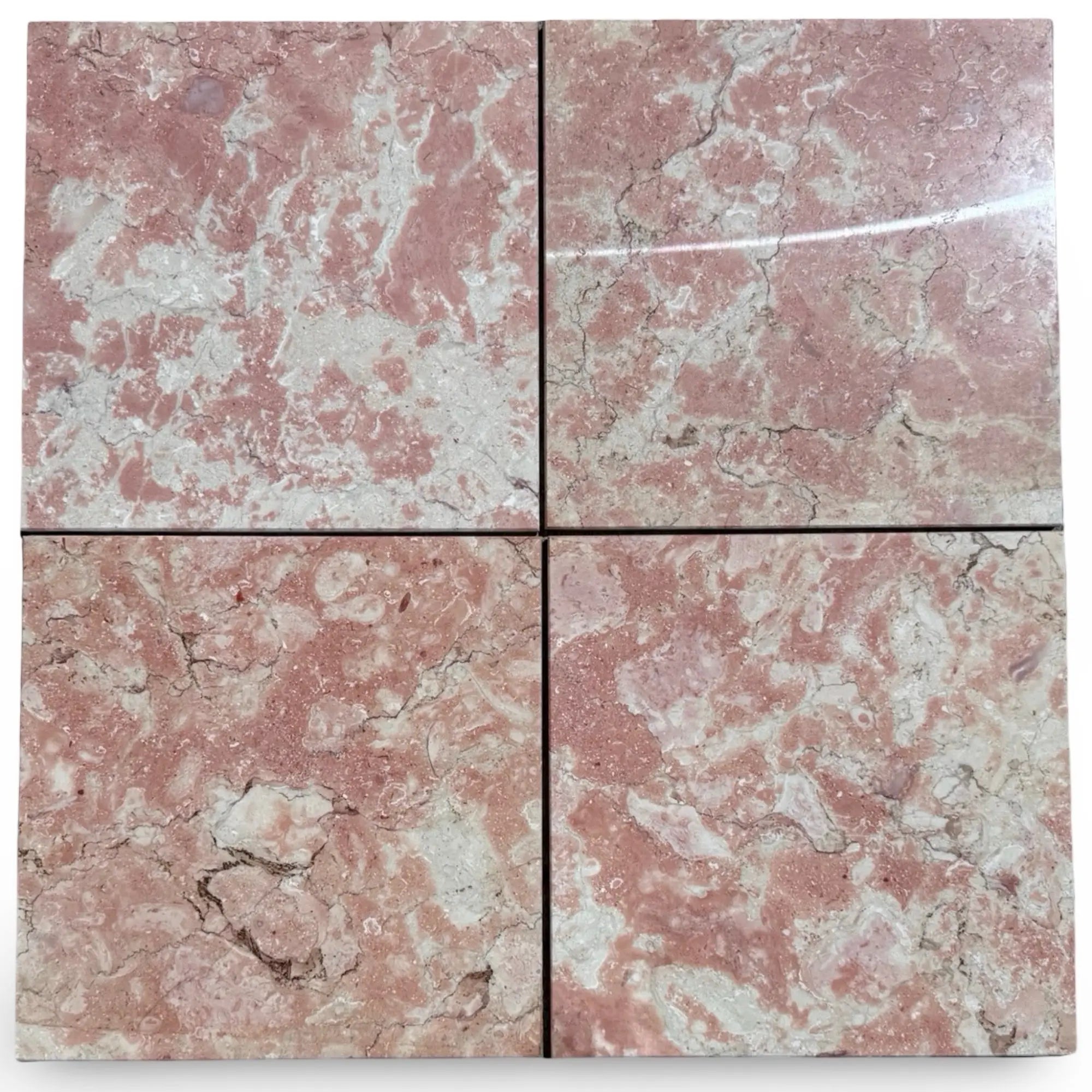 Rosé Aurora Marble
Rosé Aurora Marble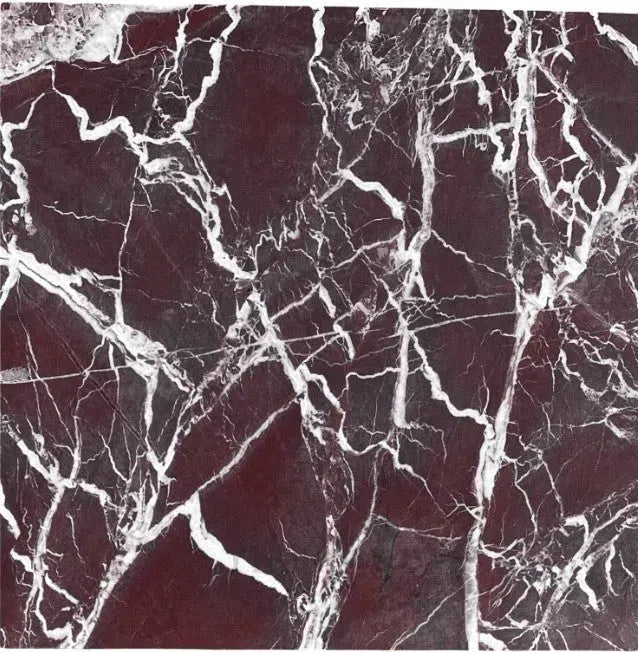 Rosso Levanto Marble
Rosso Levanto Marble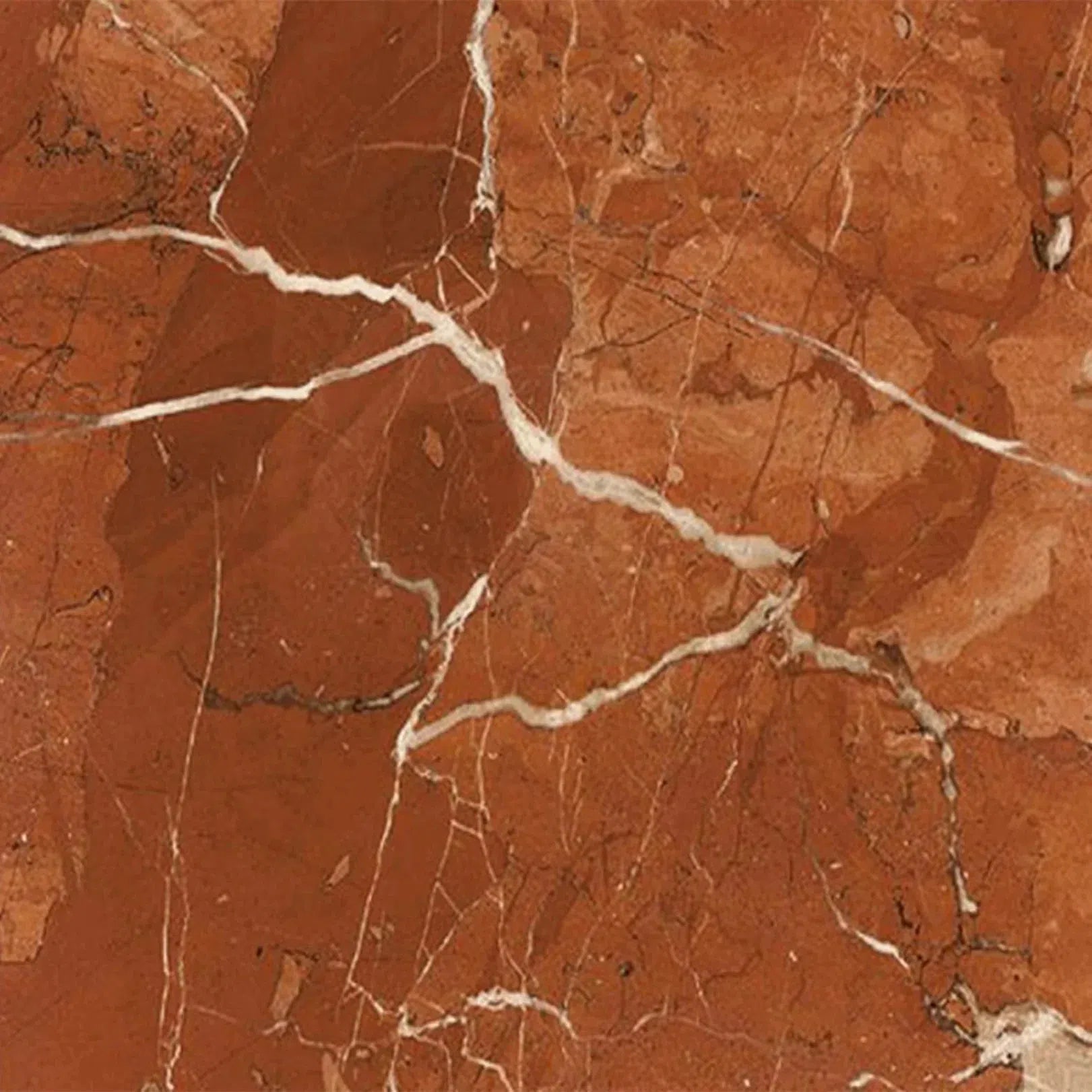 Rojo Alicante Marble
Rojo Alicante Marble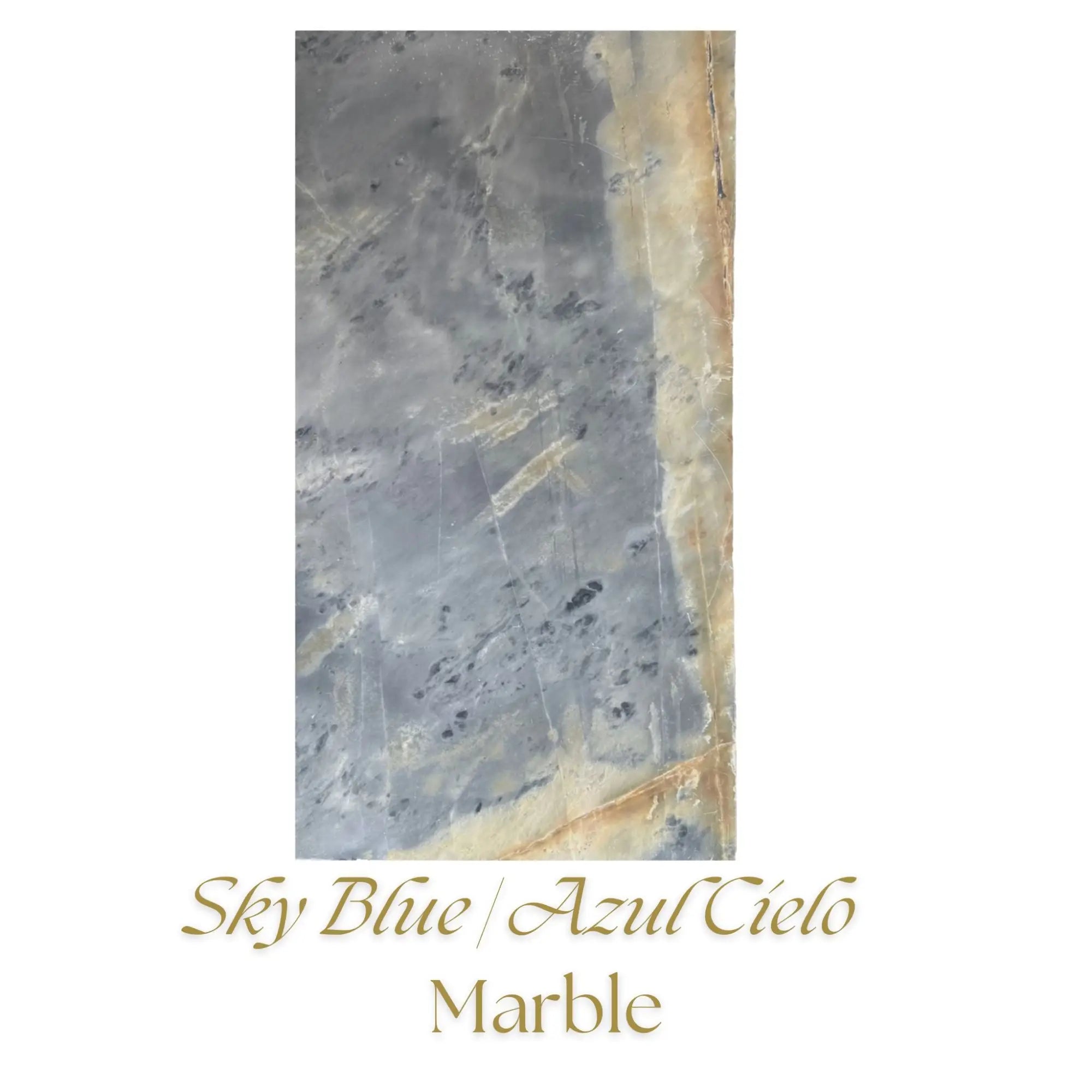 Sky Blue | Azul Cielo Marble
Sky Blue | Azul Cielo Marble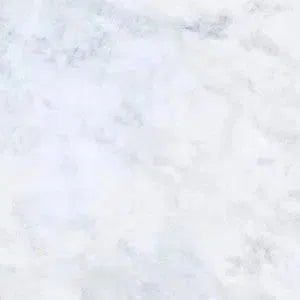 Snow White (Afyon White) Marble
Snow White (Afyon White) Marble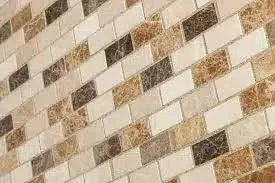 Spanish Mix Marble
Spanish Mix Marble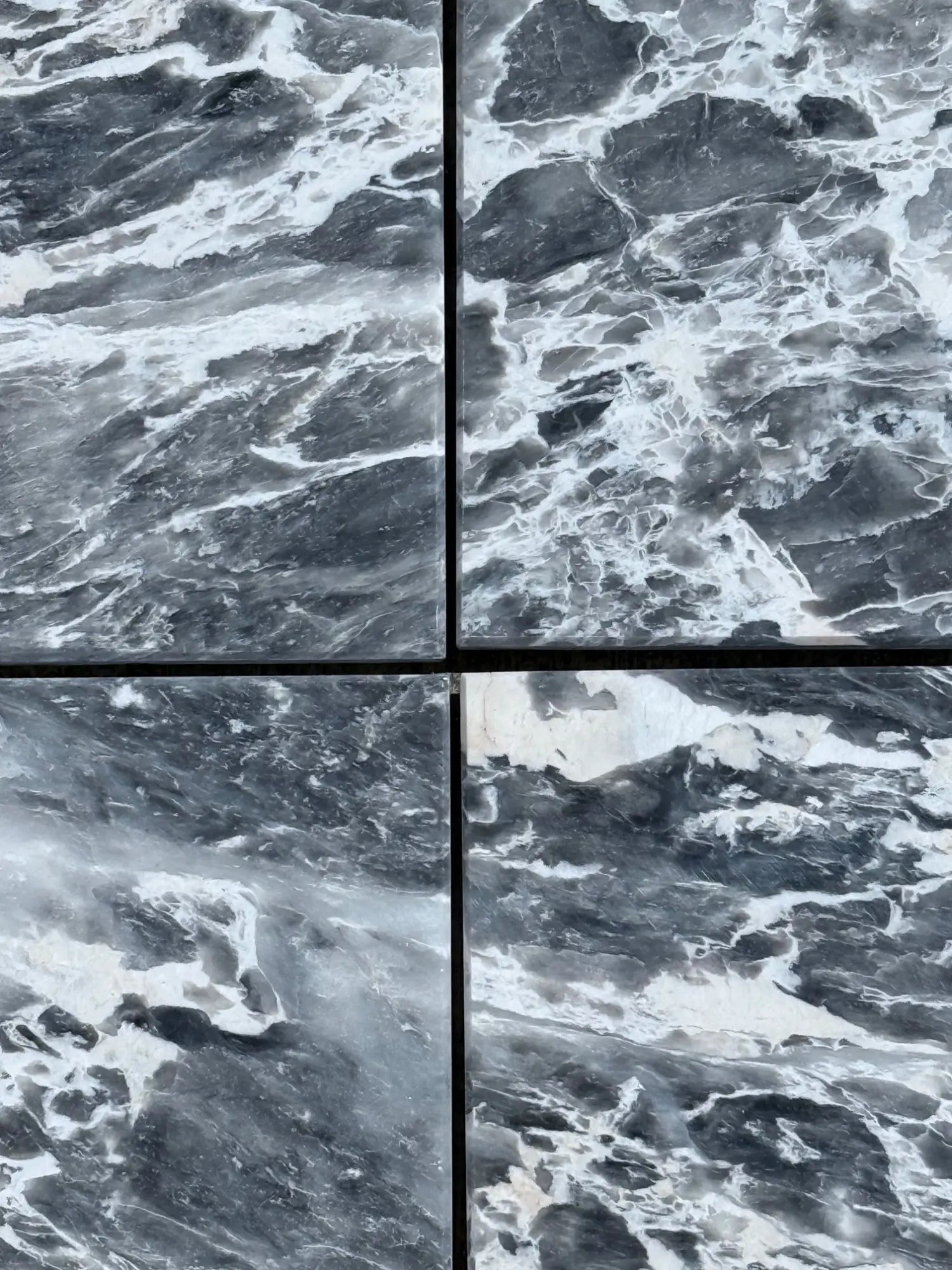 Storm Gray Marble
Storm Gray Marble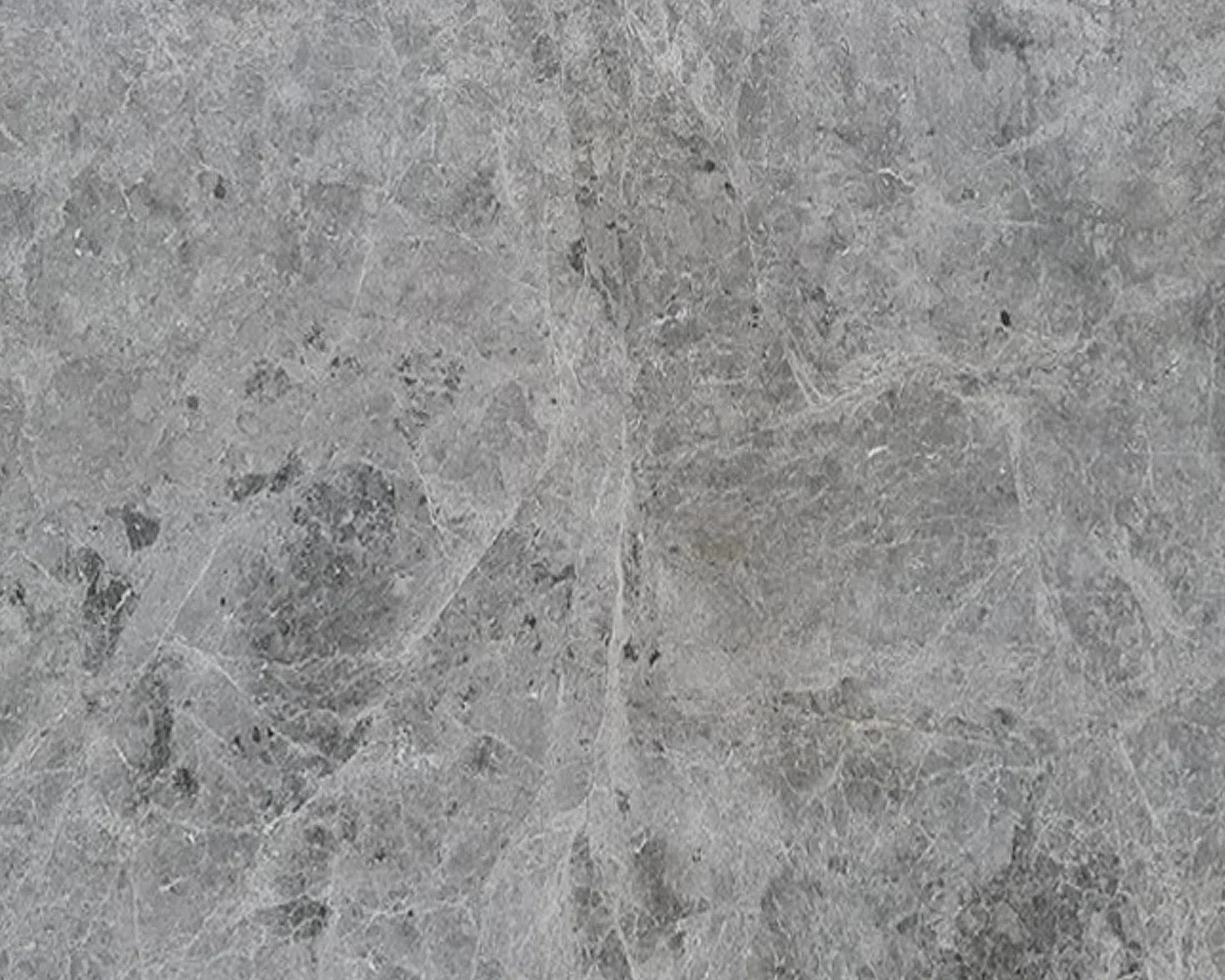 Tundra Gray (Atlantic Gray) Marble
Tundra Gray (Atlantic Gray) Marble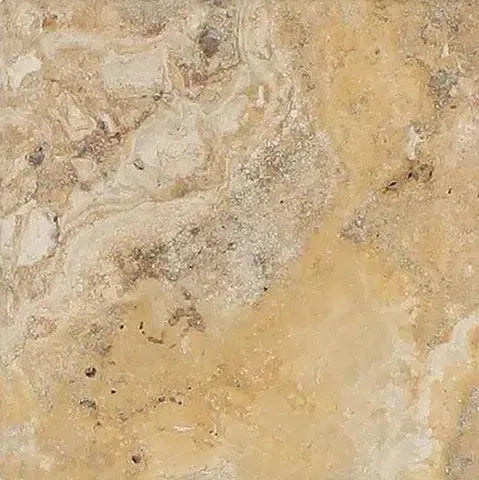 Valencia Travertine
Valencia Travertine Valerenga Travertine
Valerenga Travertine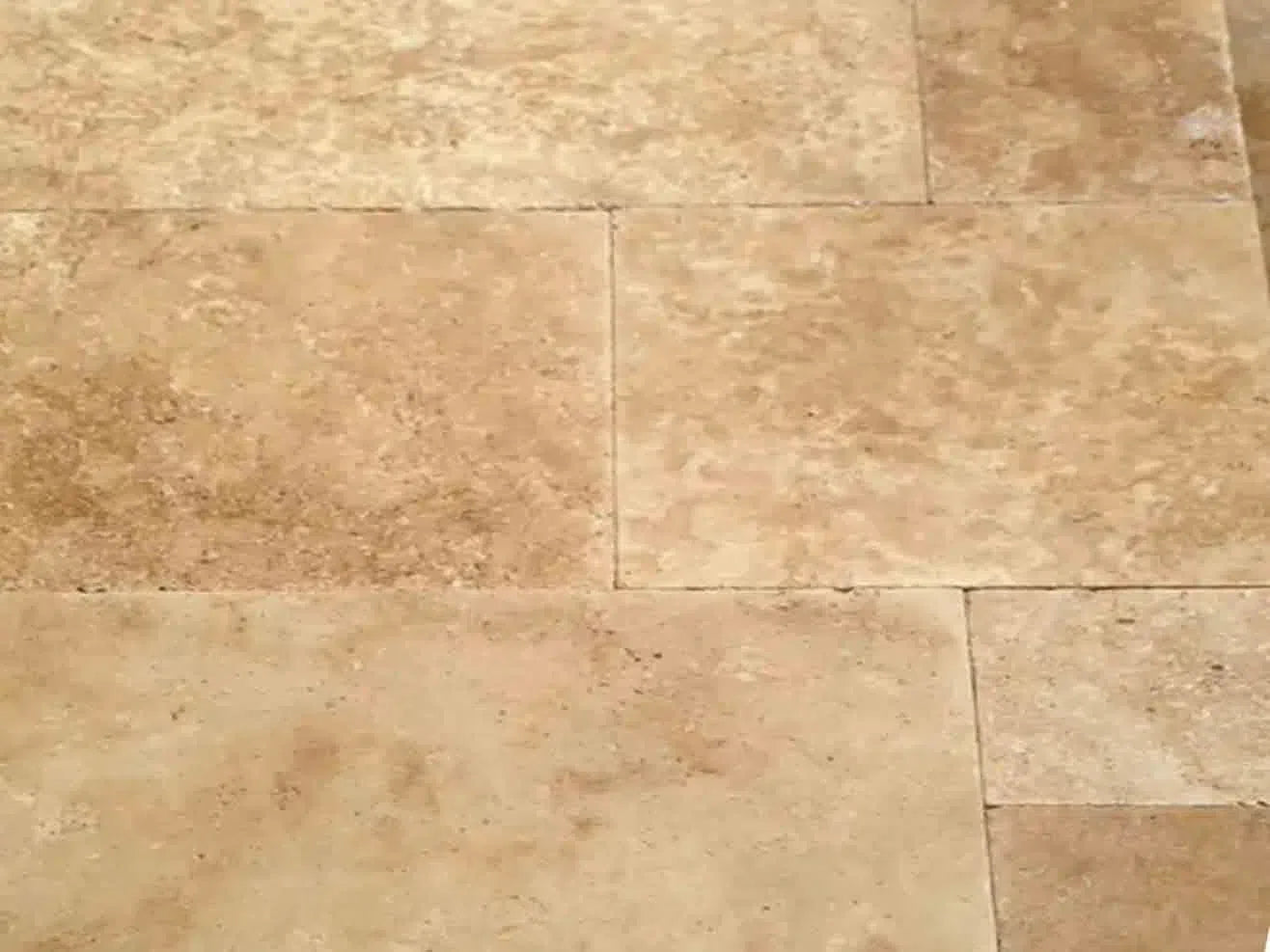 Walnut Travertine
Walnut Travertine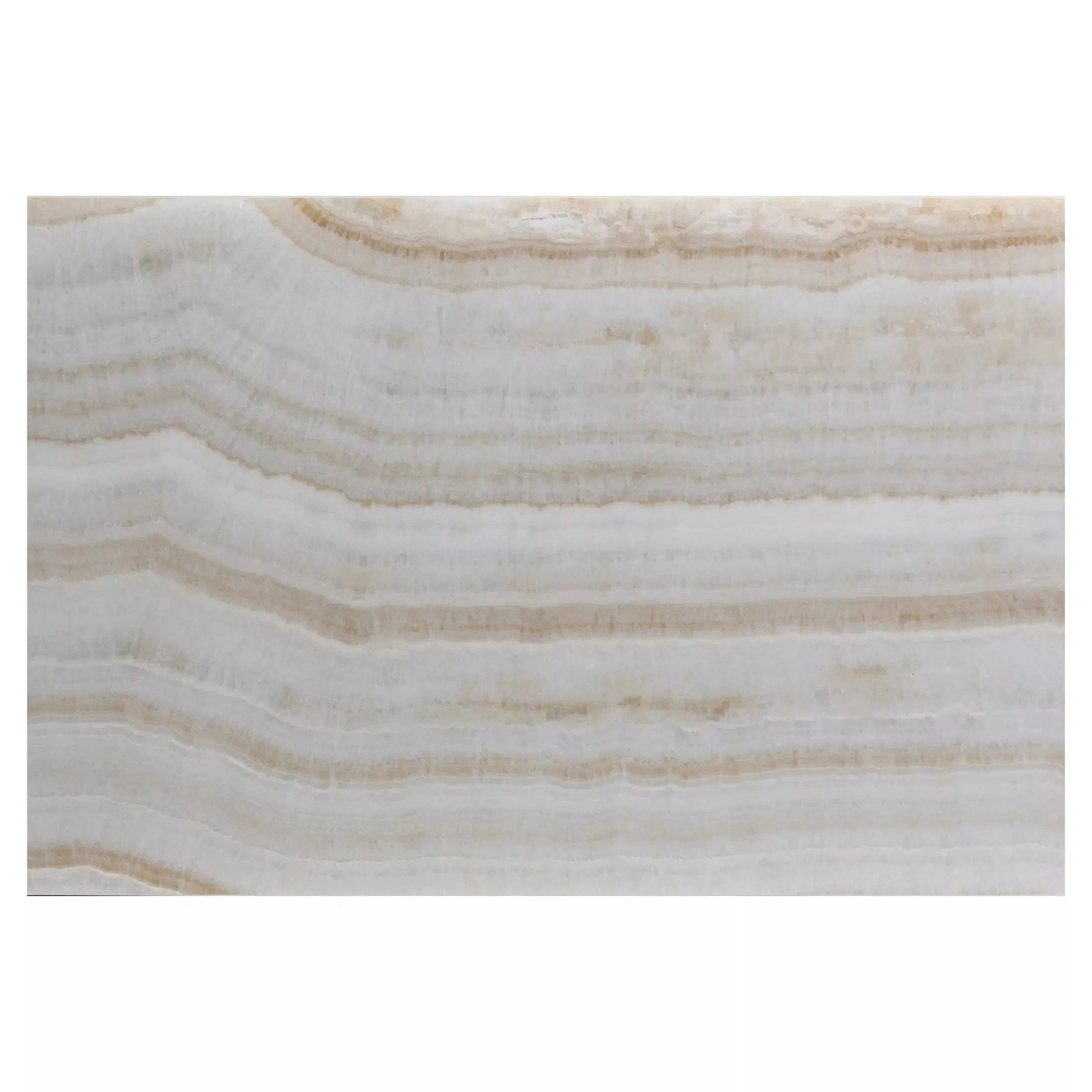 White Onyx Marble
White Onyx Marble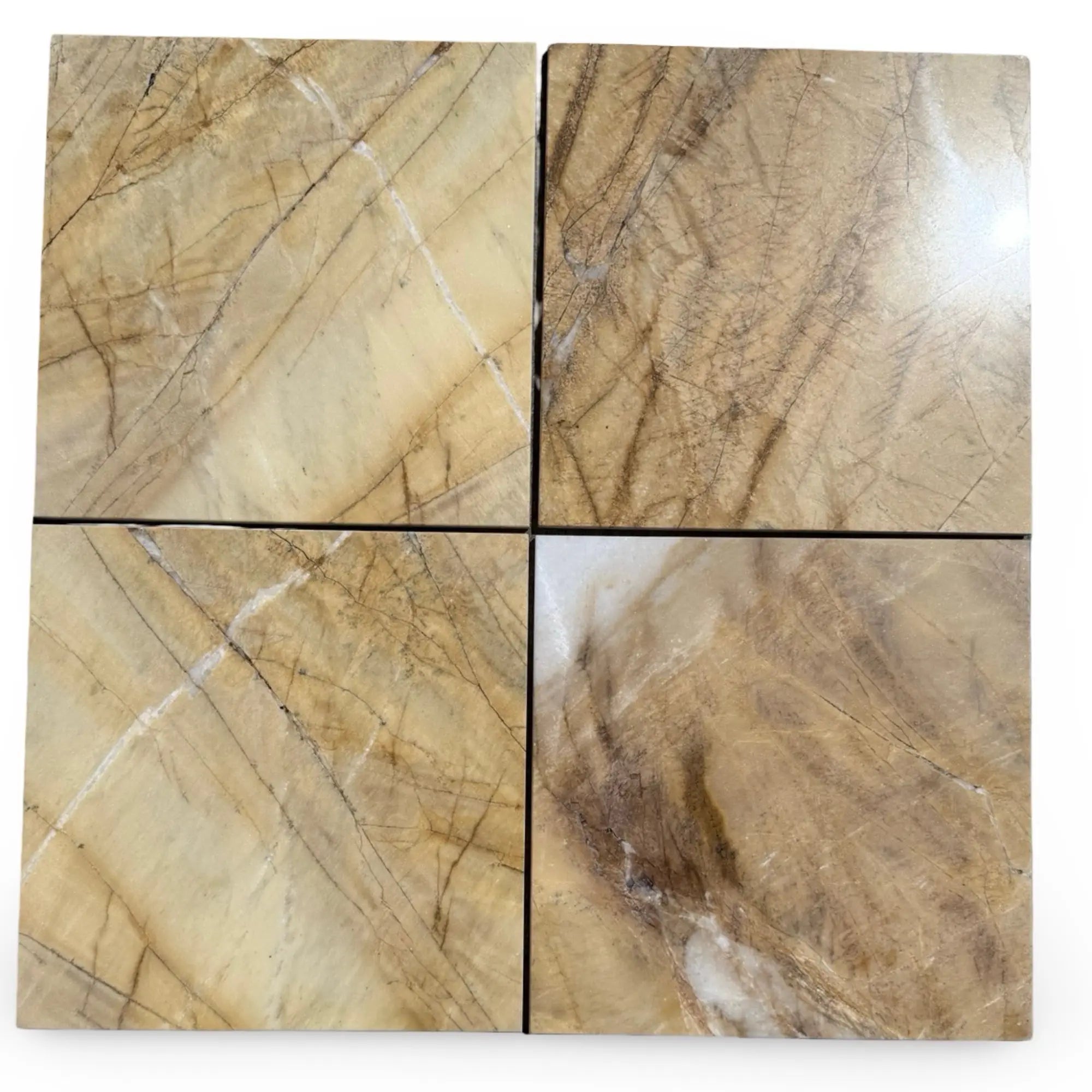 Golden Horizon Marble
Golden Horizon Marble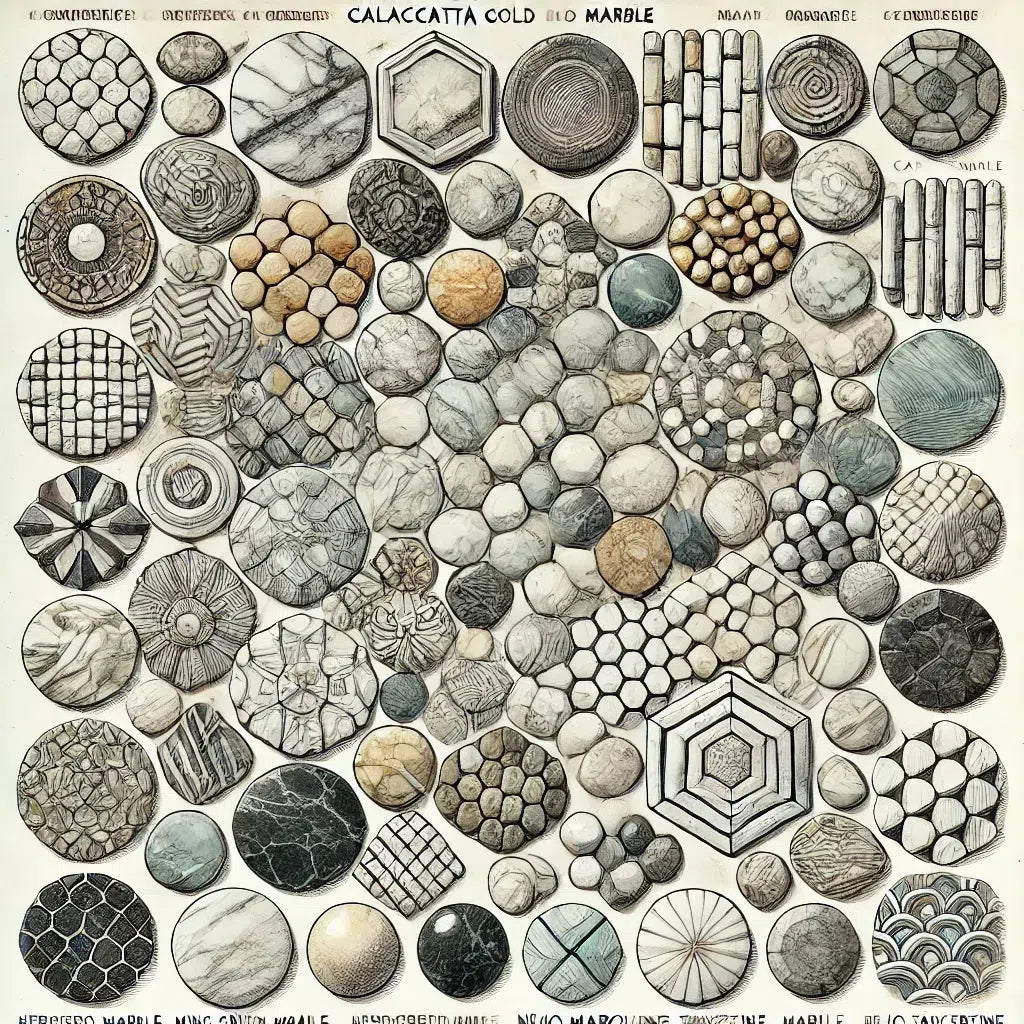 Shop By Type
Shop By Type
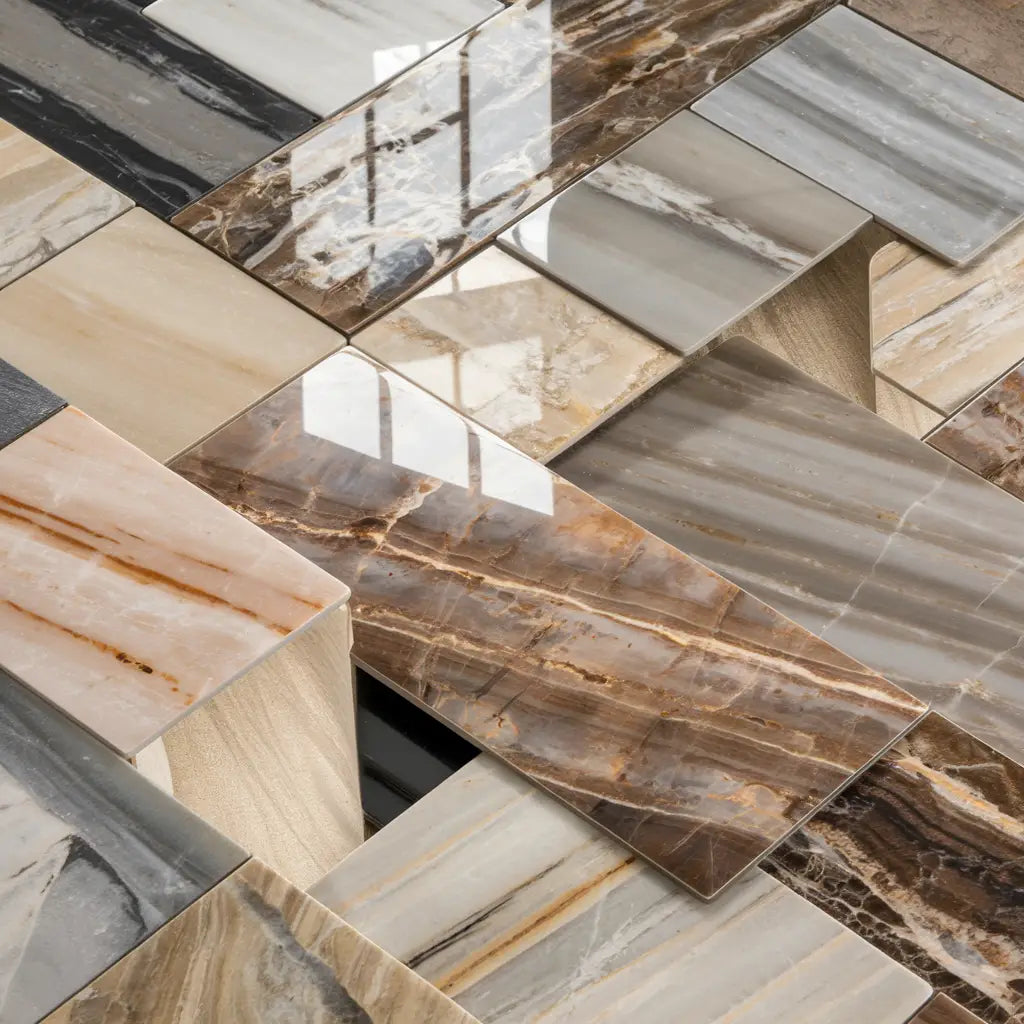 Marble Tiles
Marble Tiles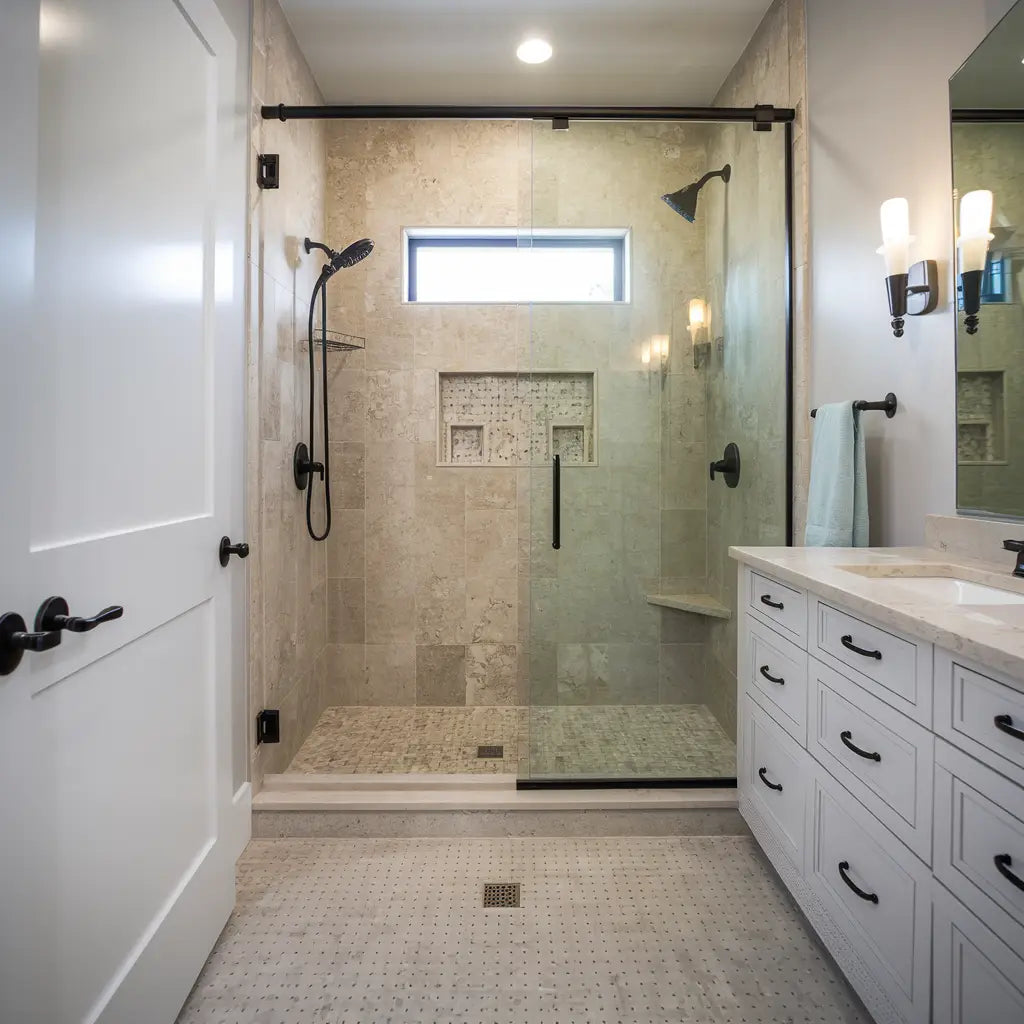 Marble Mosaic
Marble Mosaic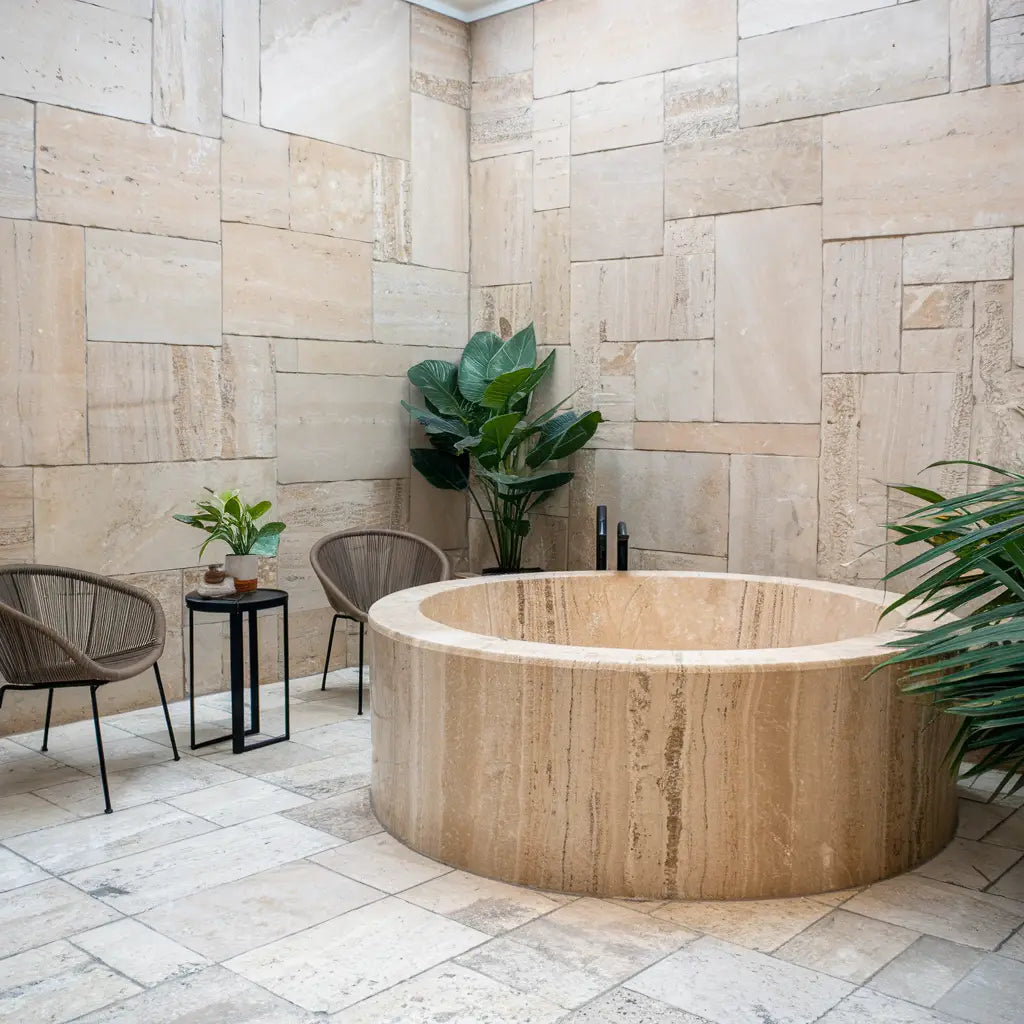 Travertine Tiles
Travertine Tiles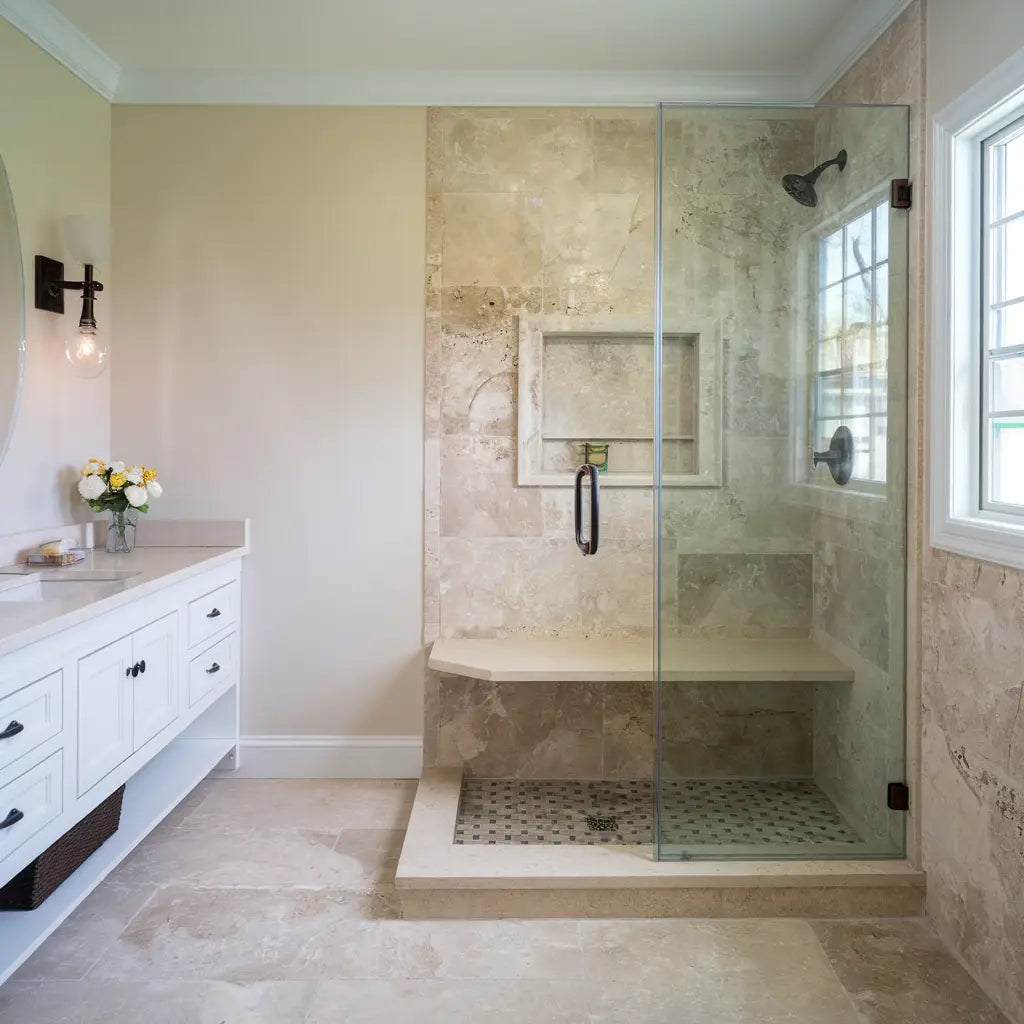 Travertine Mosaic
Travertine Mosaic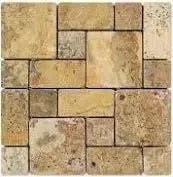 4 pcs Versailles Pattern / French Pattern Set
4 pcs Versailles Pattern / French Pattern Set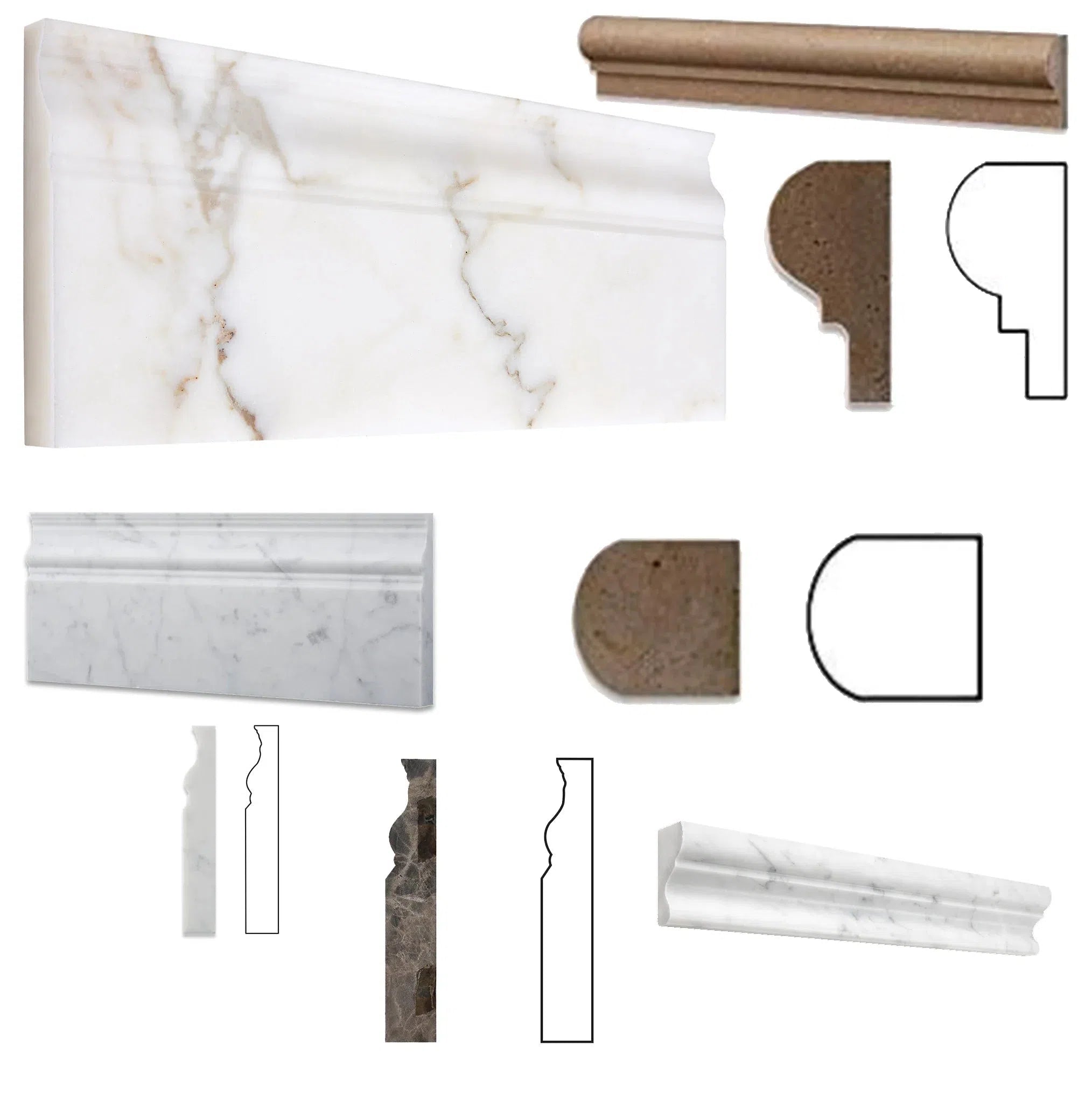 Molding/Trim
Molding/Trim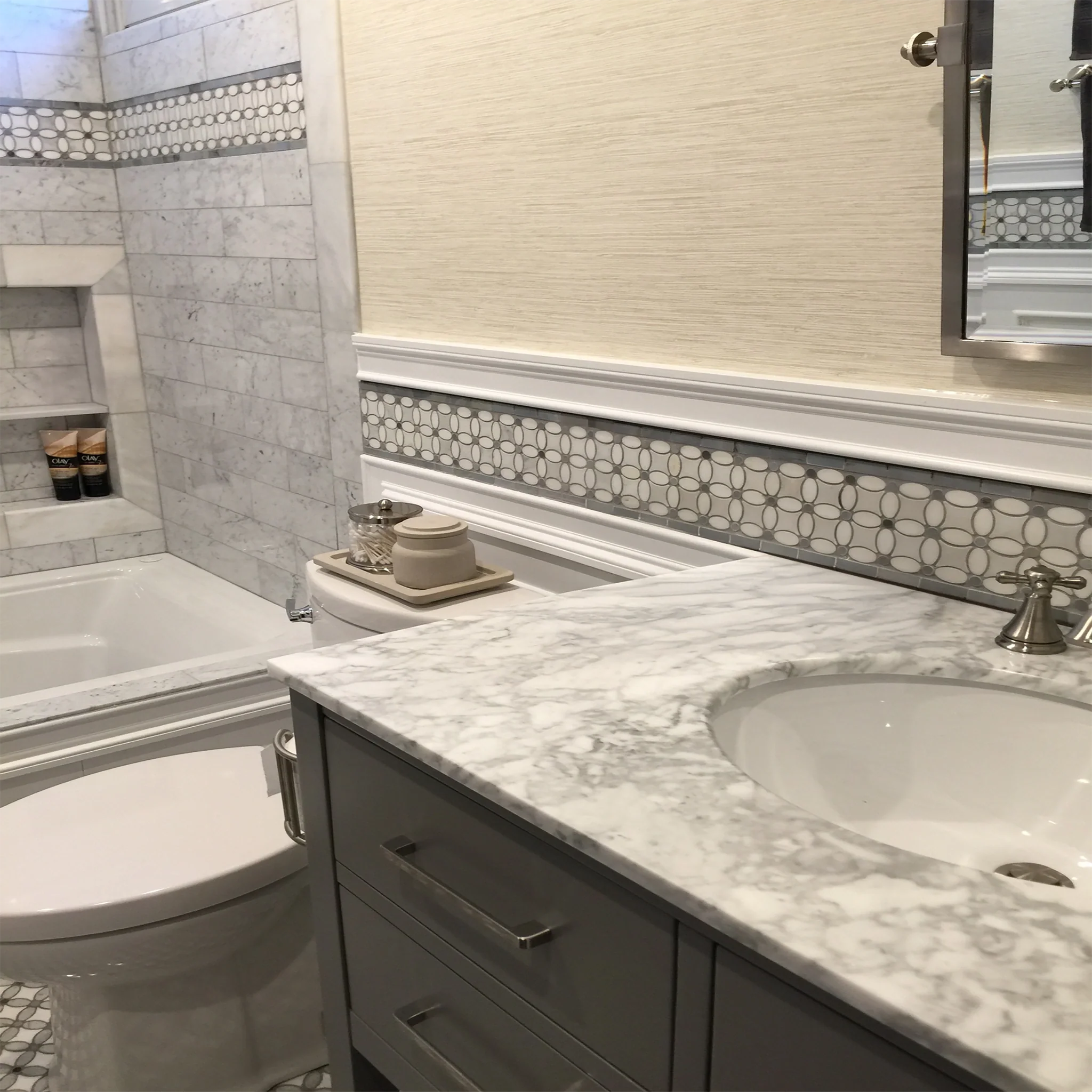 Border/Listello
Border/Listello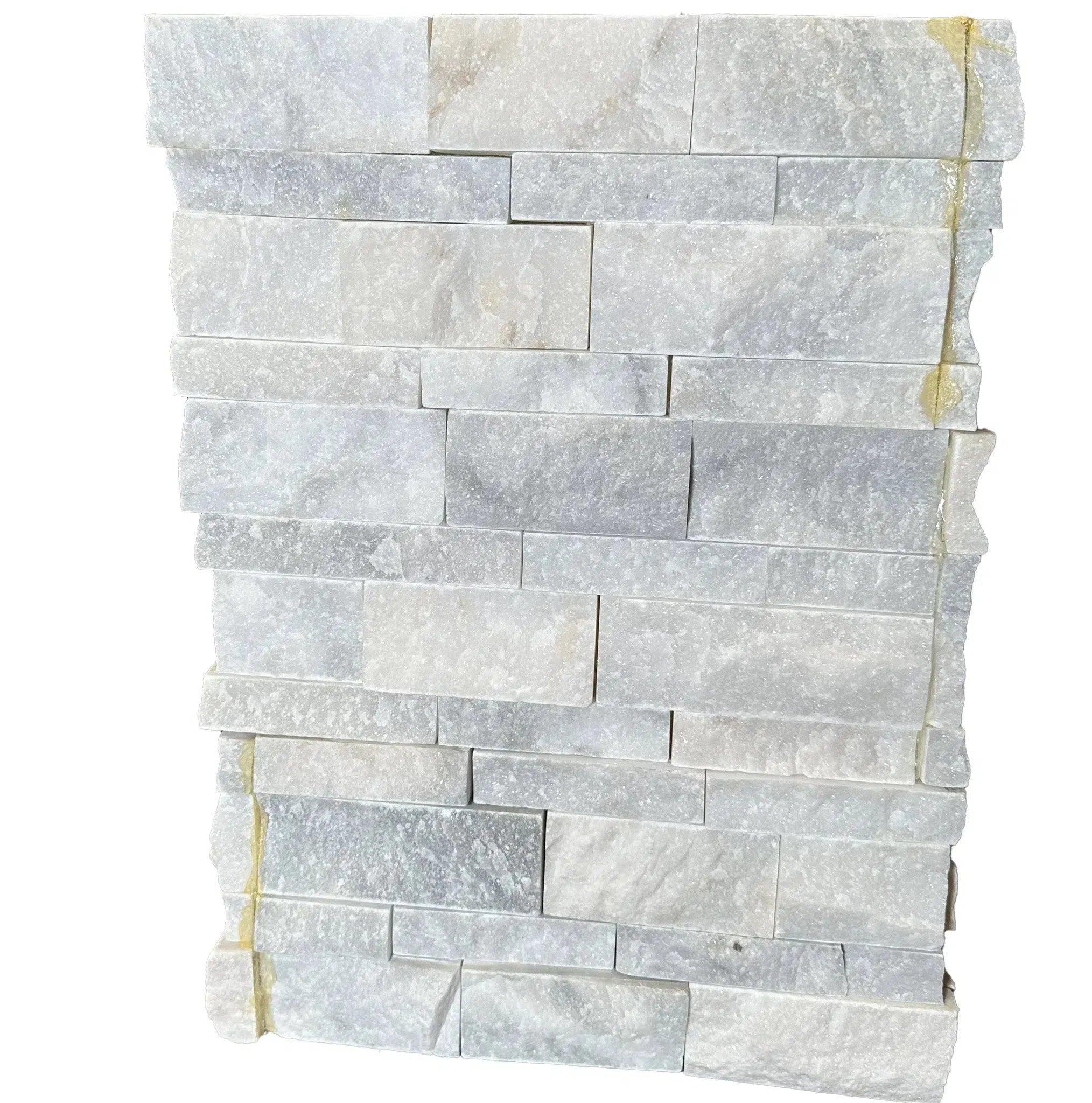 Ledger-Panel
Ledger-Panel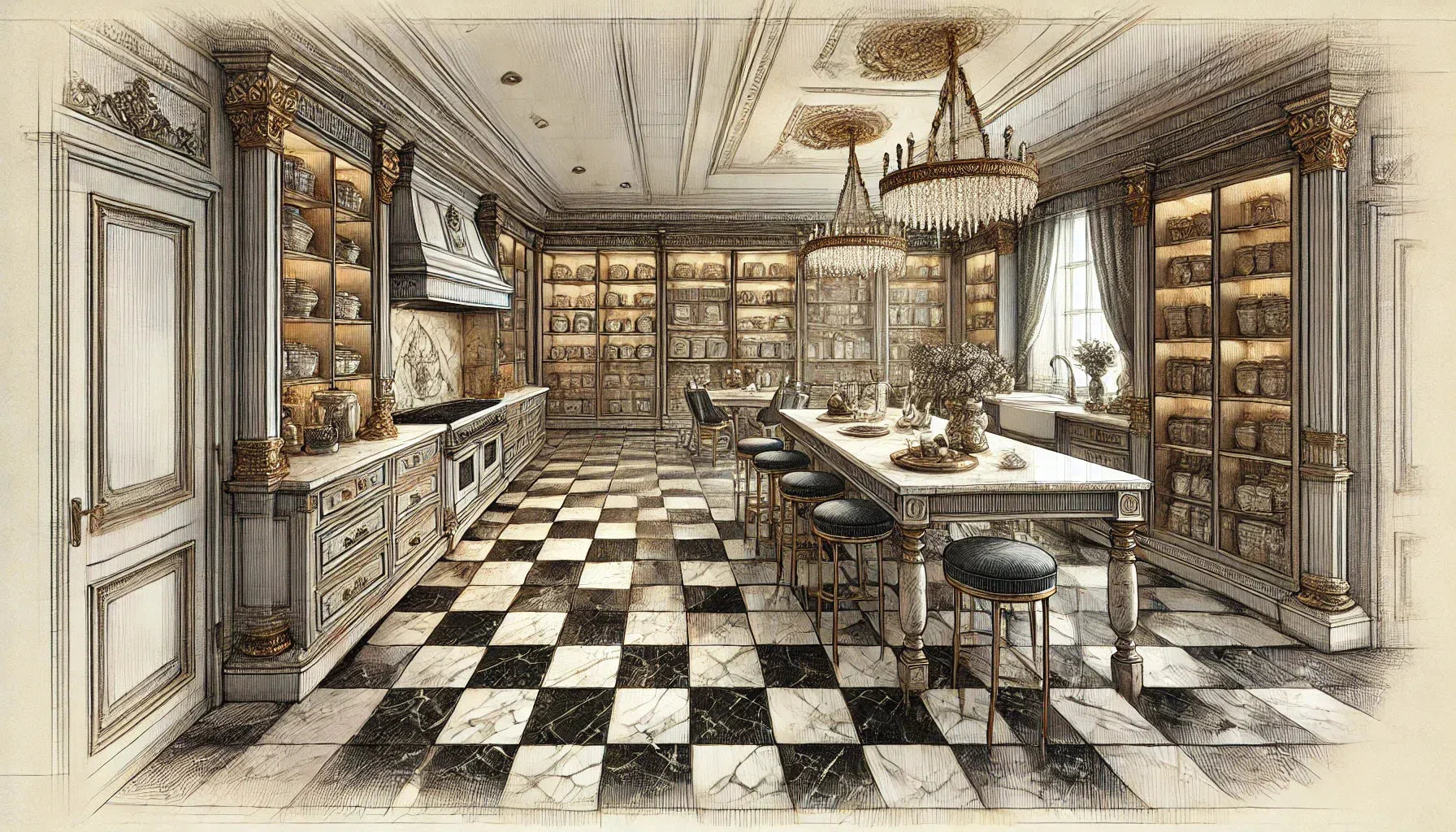 Checkerboard
Checkerboard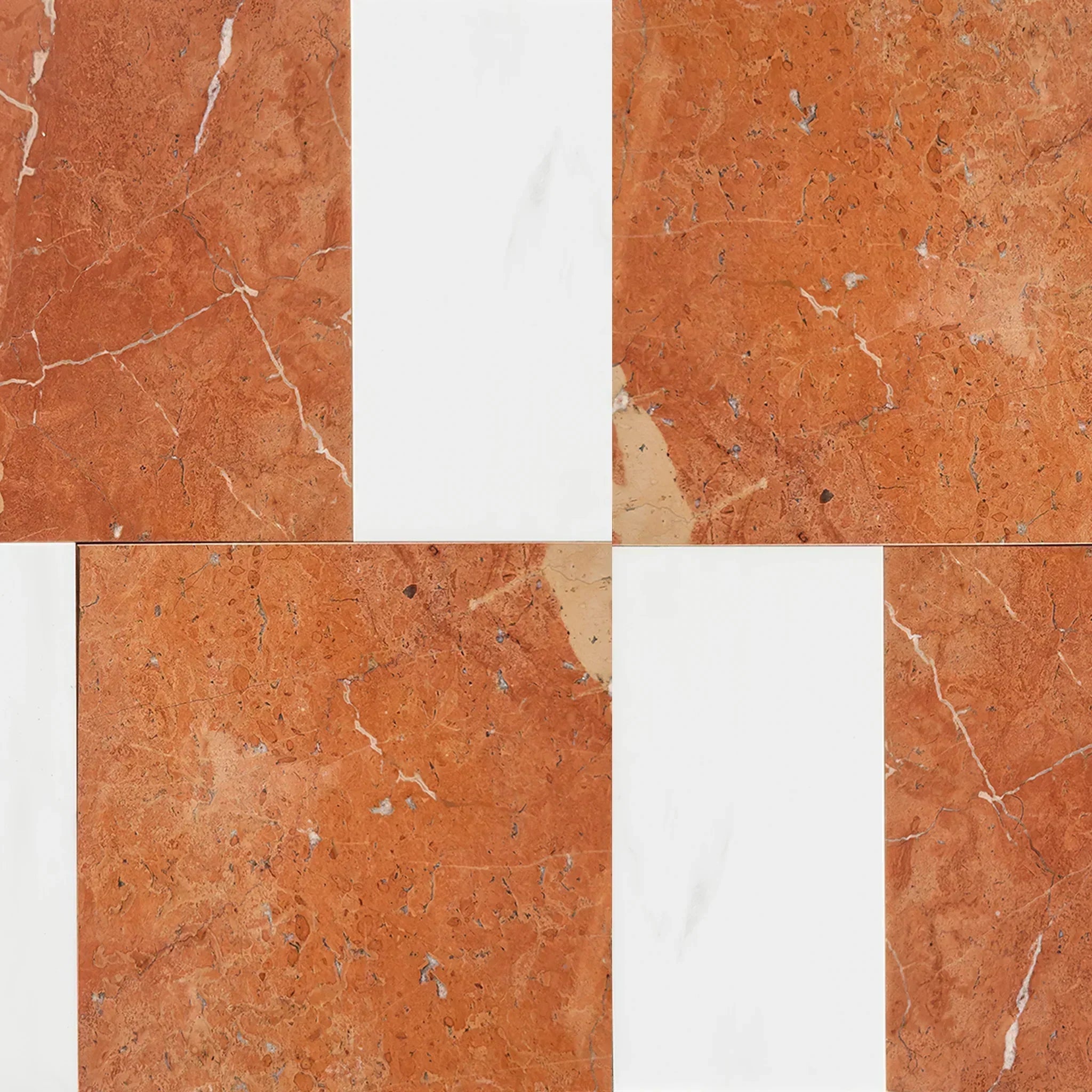 Patterned Tile Collection
Patterned Tile Collection 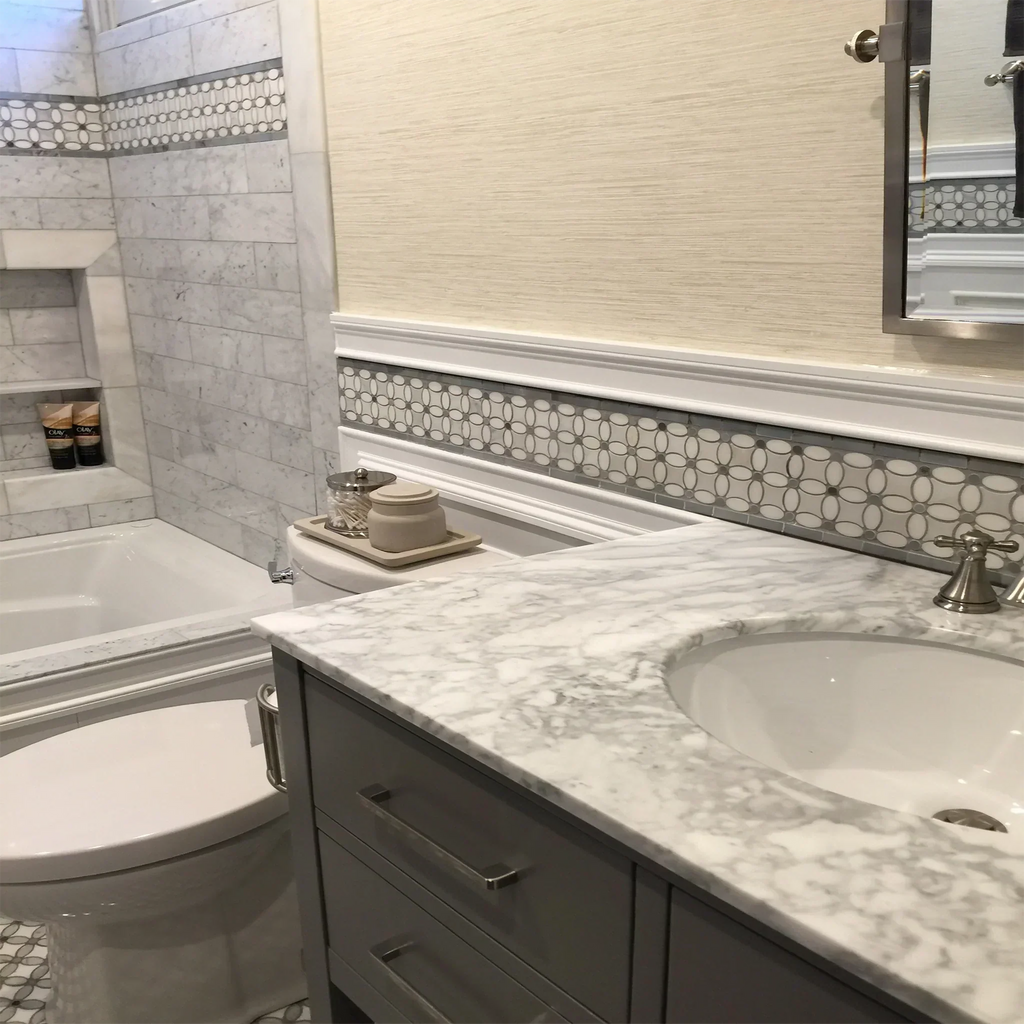 Shop By Finish
Shop By Finish
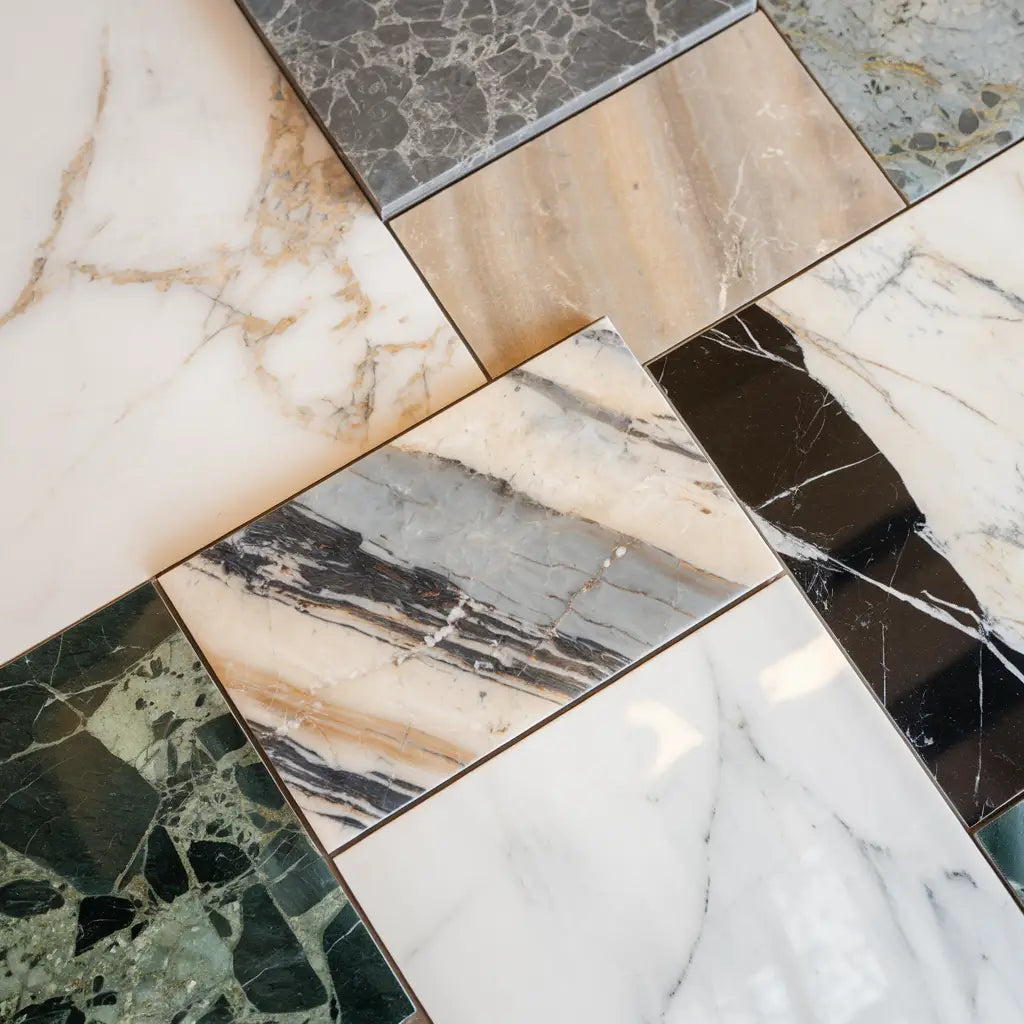 Polished
Polished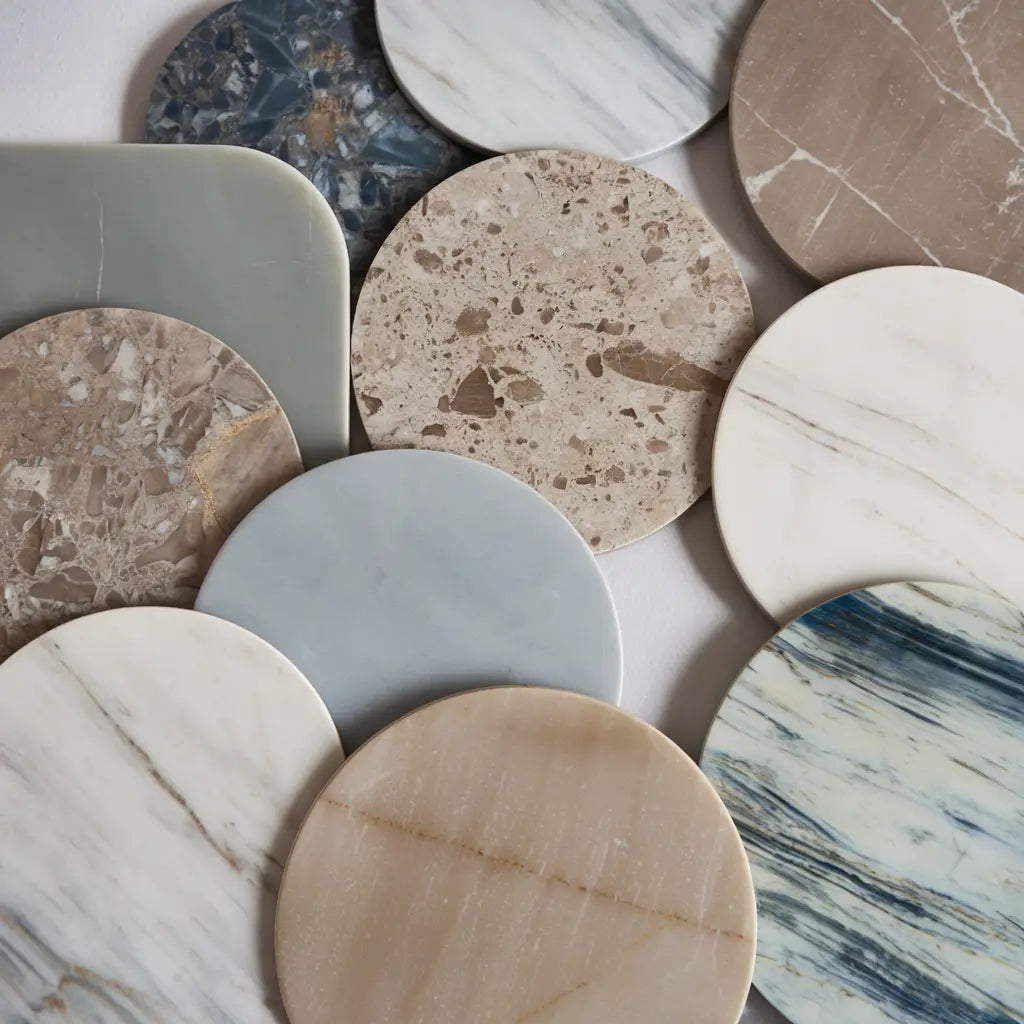 Honed
Honed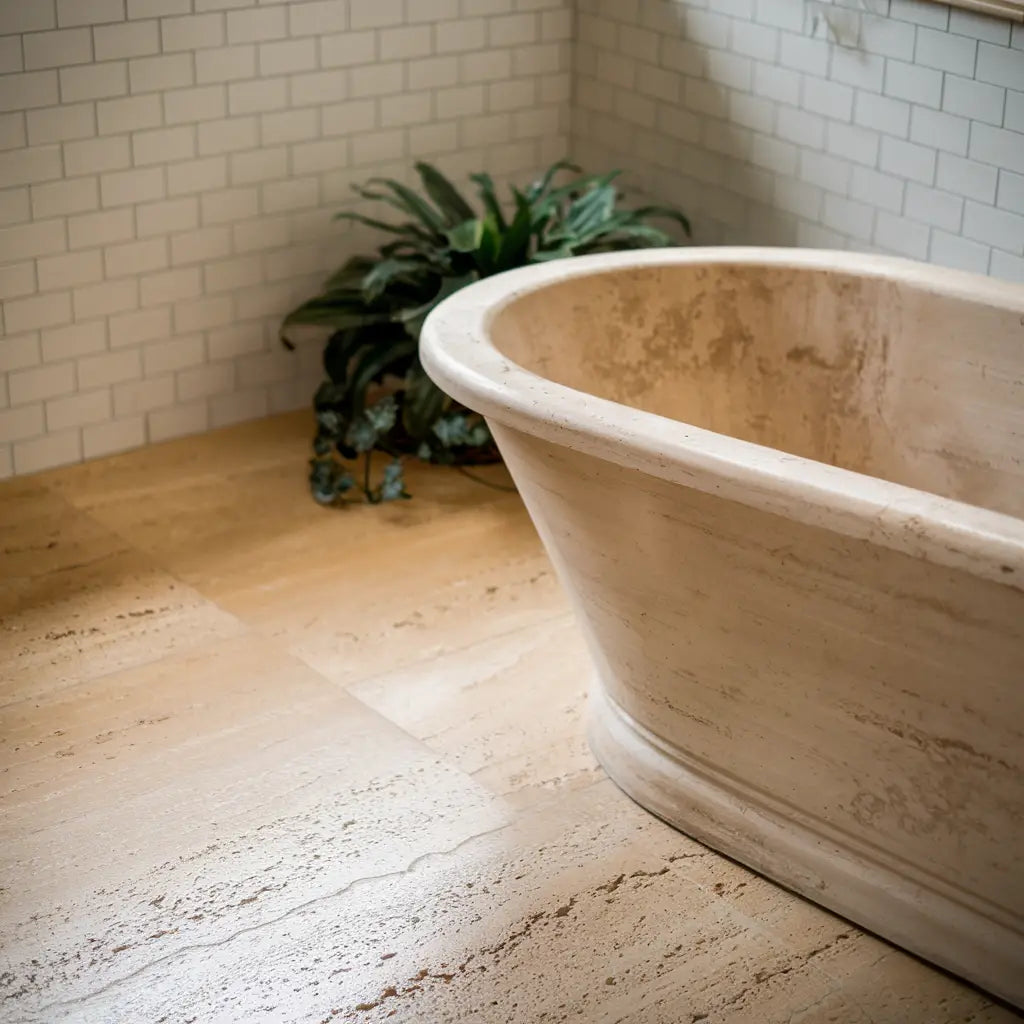 Brushed
Brushed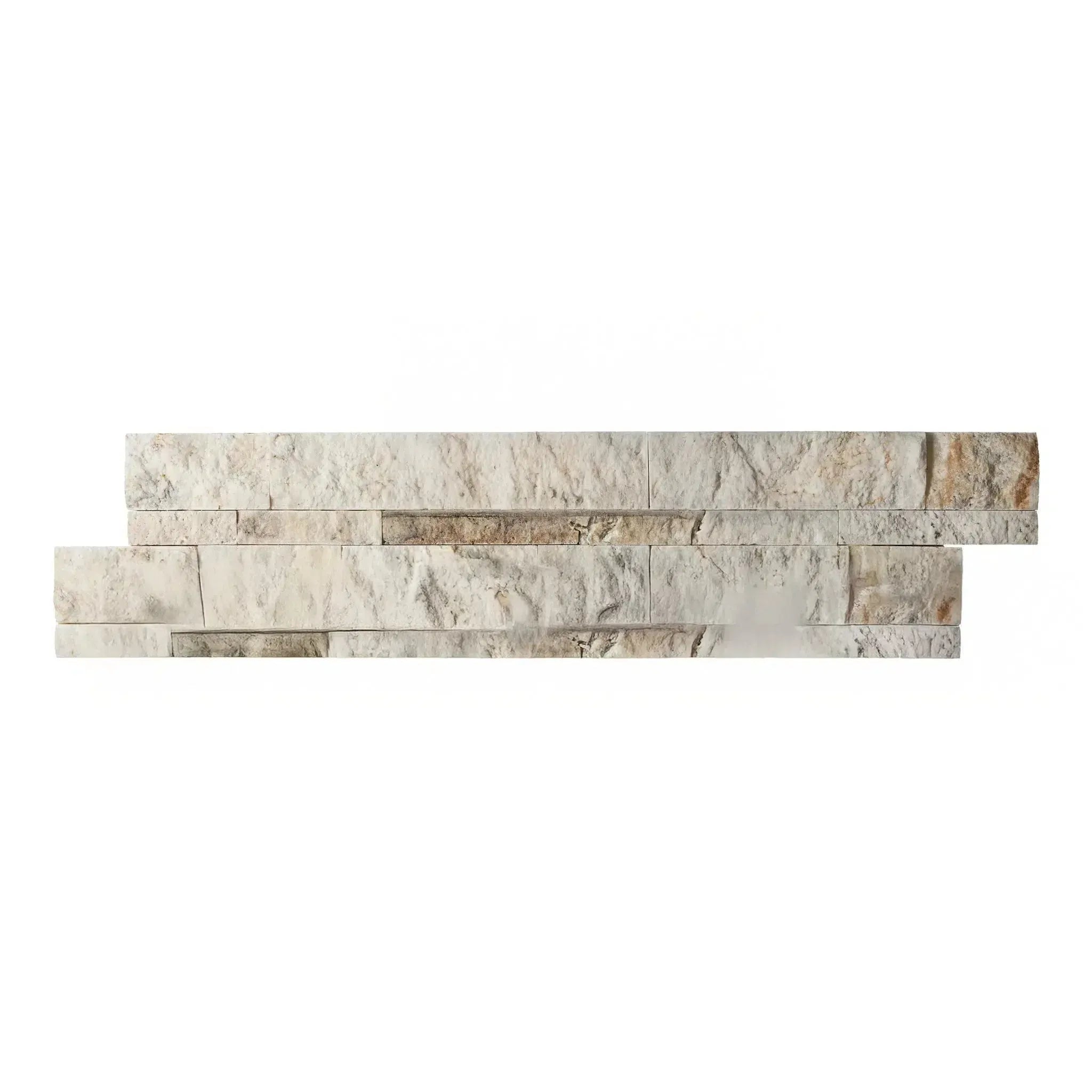 Split Face
Split Face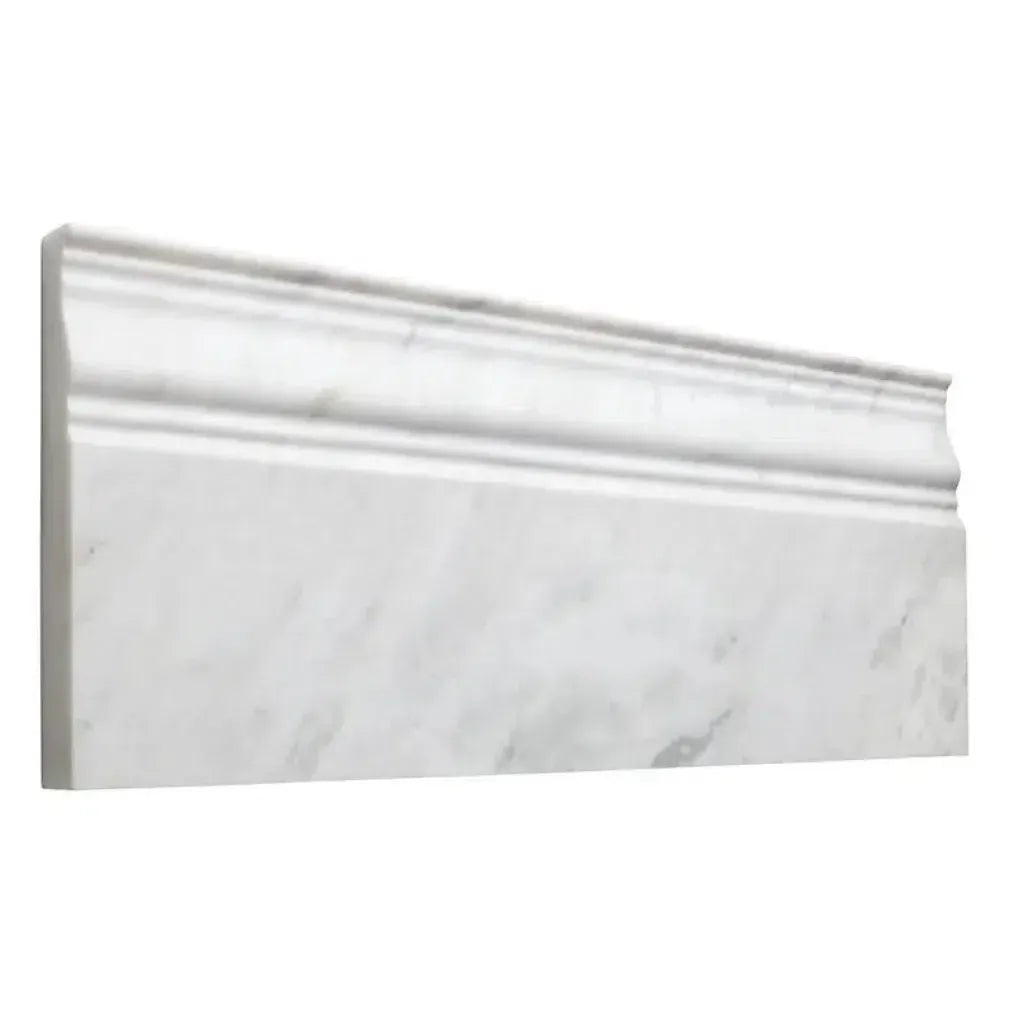 Textured
Textured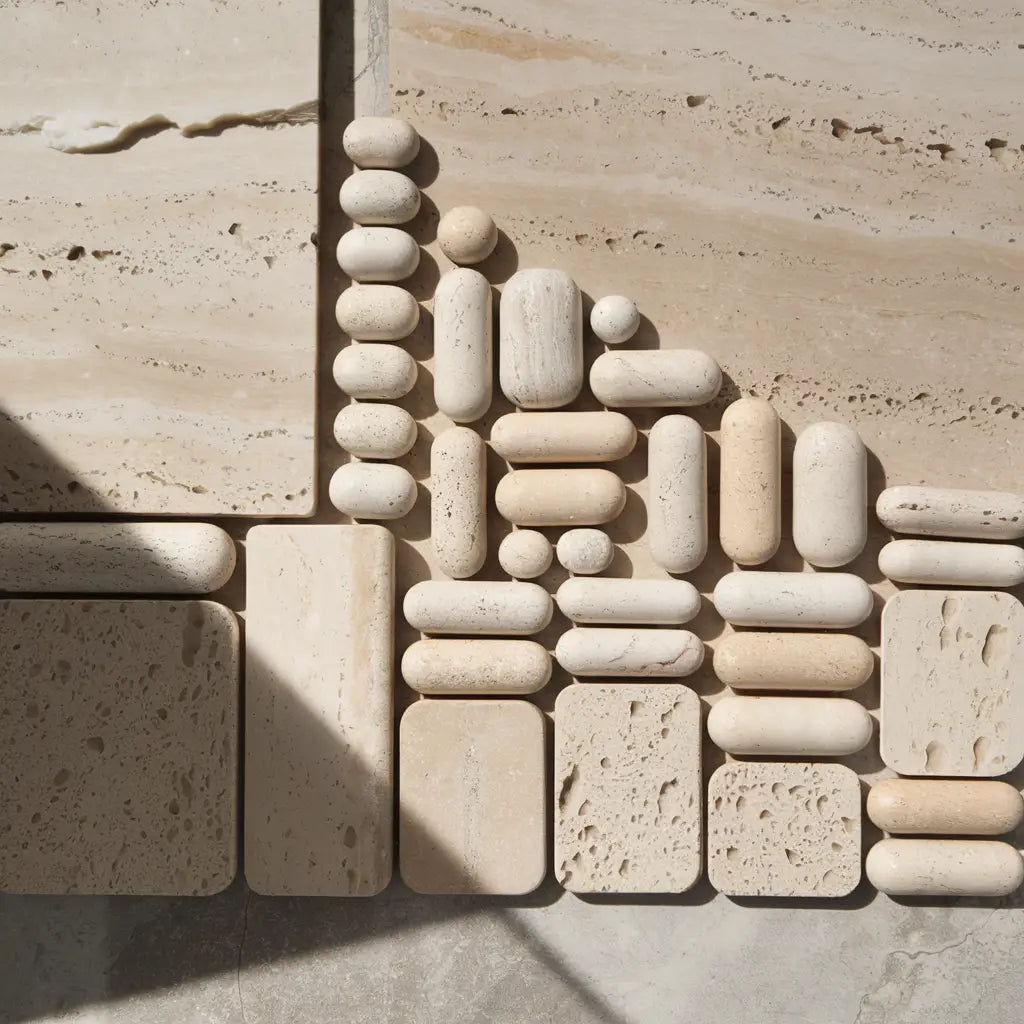 Tumbled
Tumbled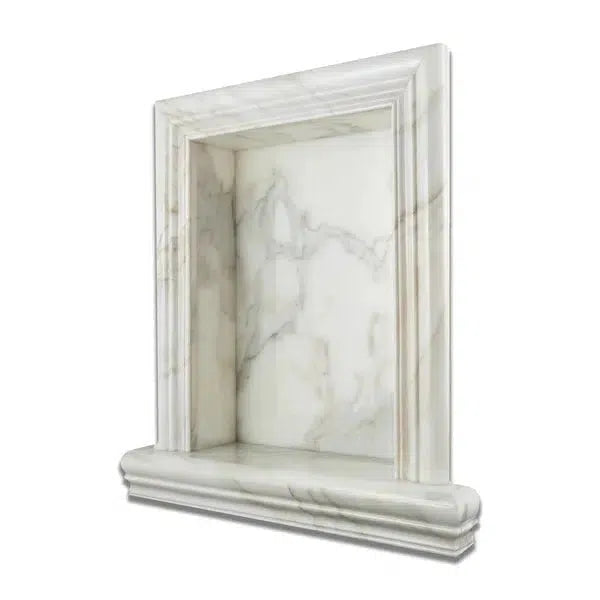 Accessories
Accessories
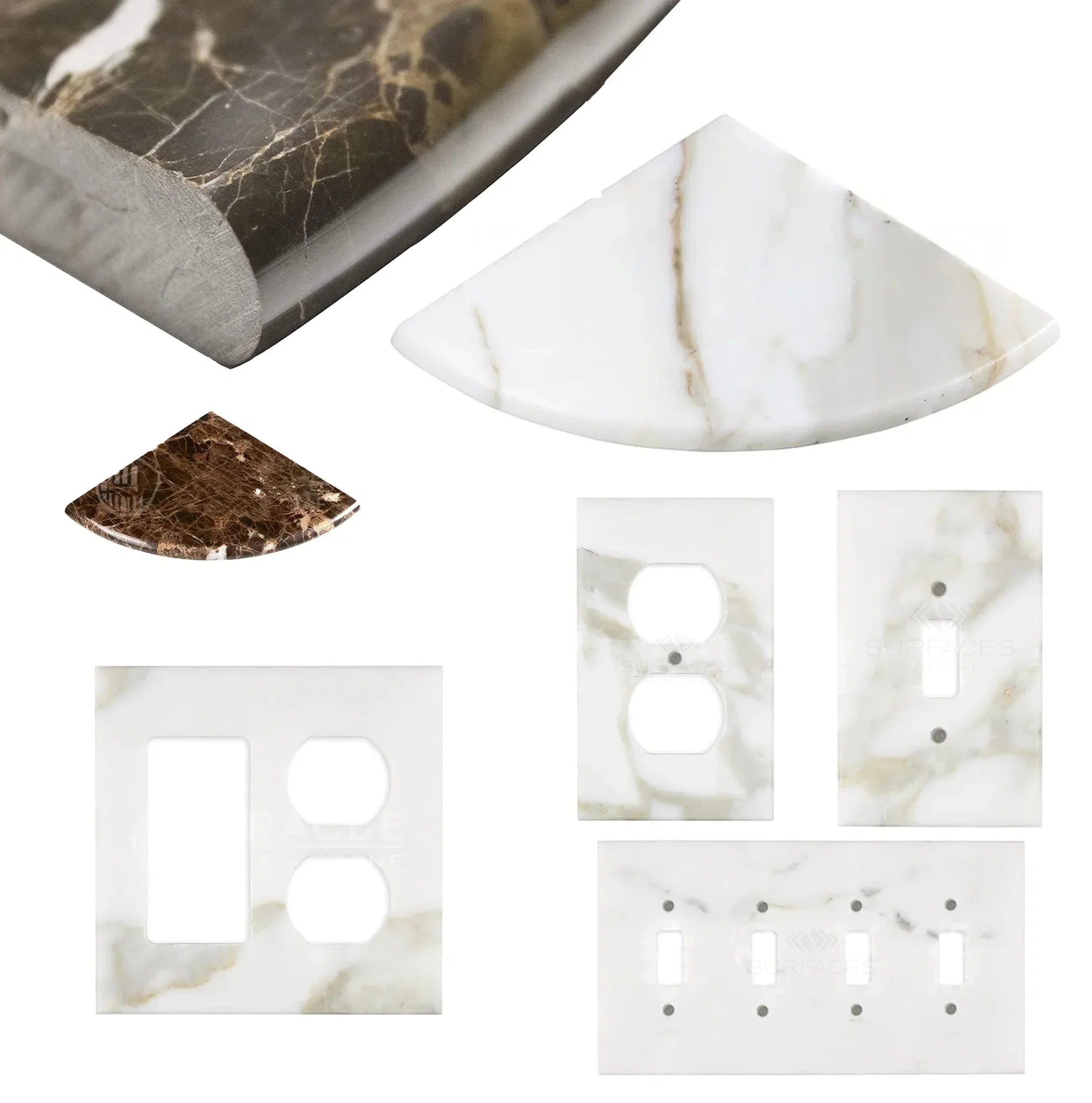 Wall Plate / Switch Plate
Wall Plate / Switch Plate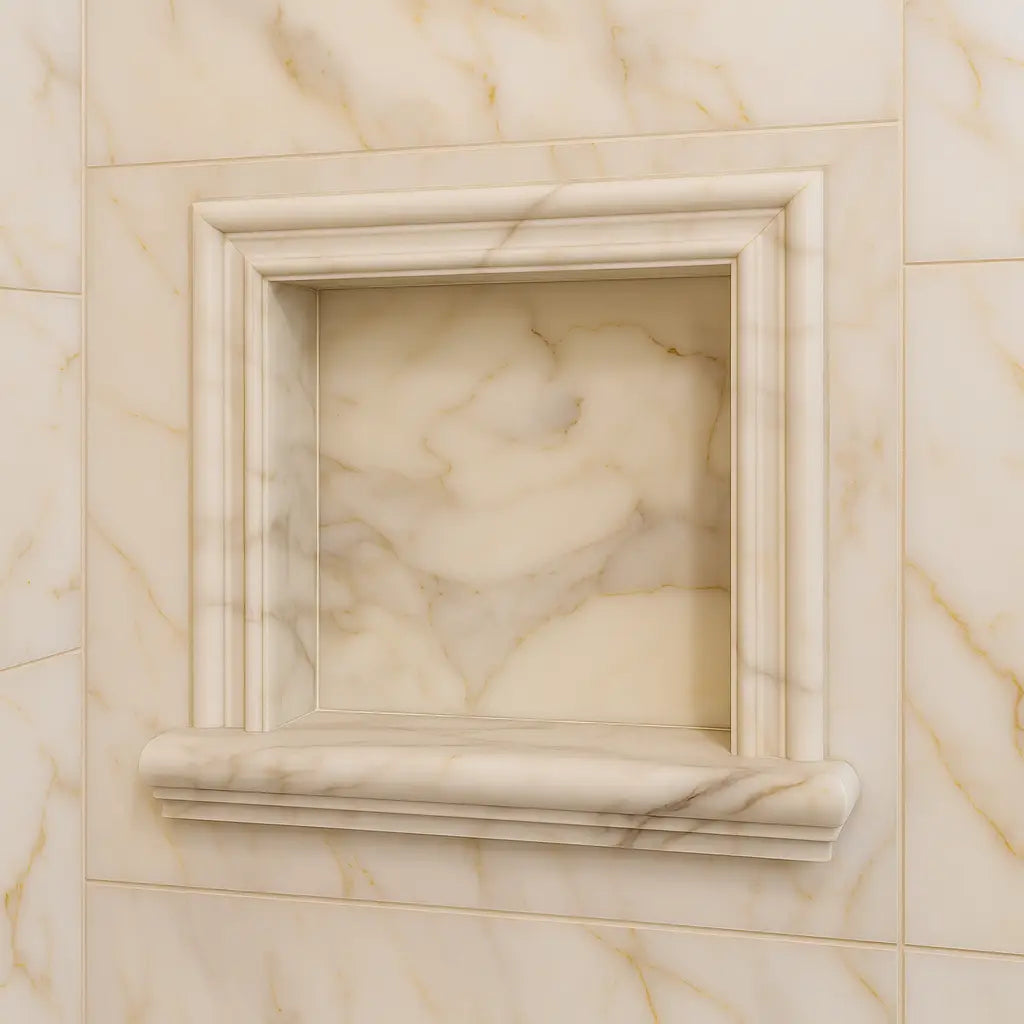 Shampoo Niche
Shampoo Niche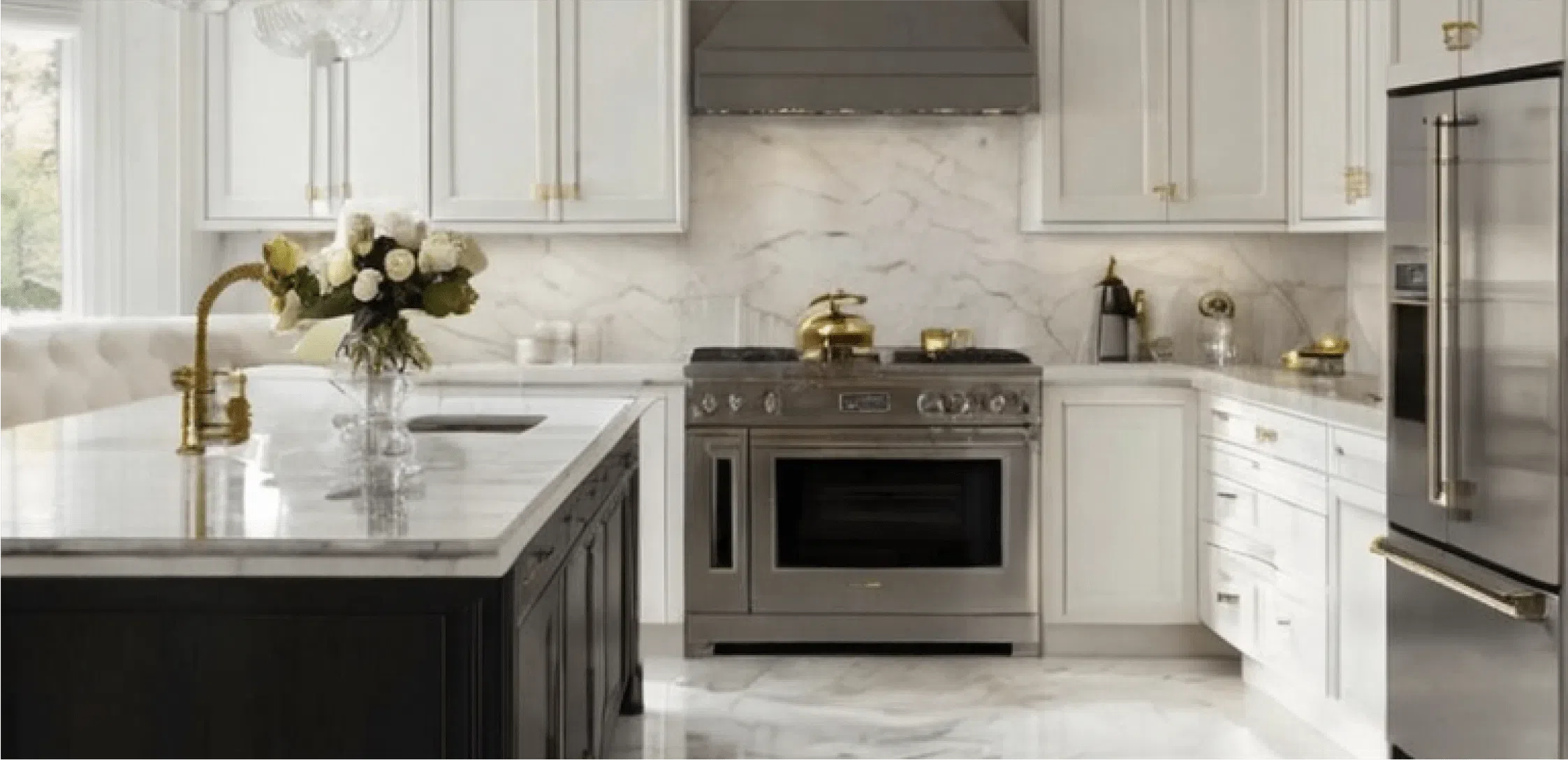 Corner Shelf
Corner Shelf Clearance
Clearance





Leave a comment